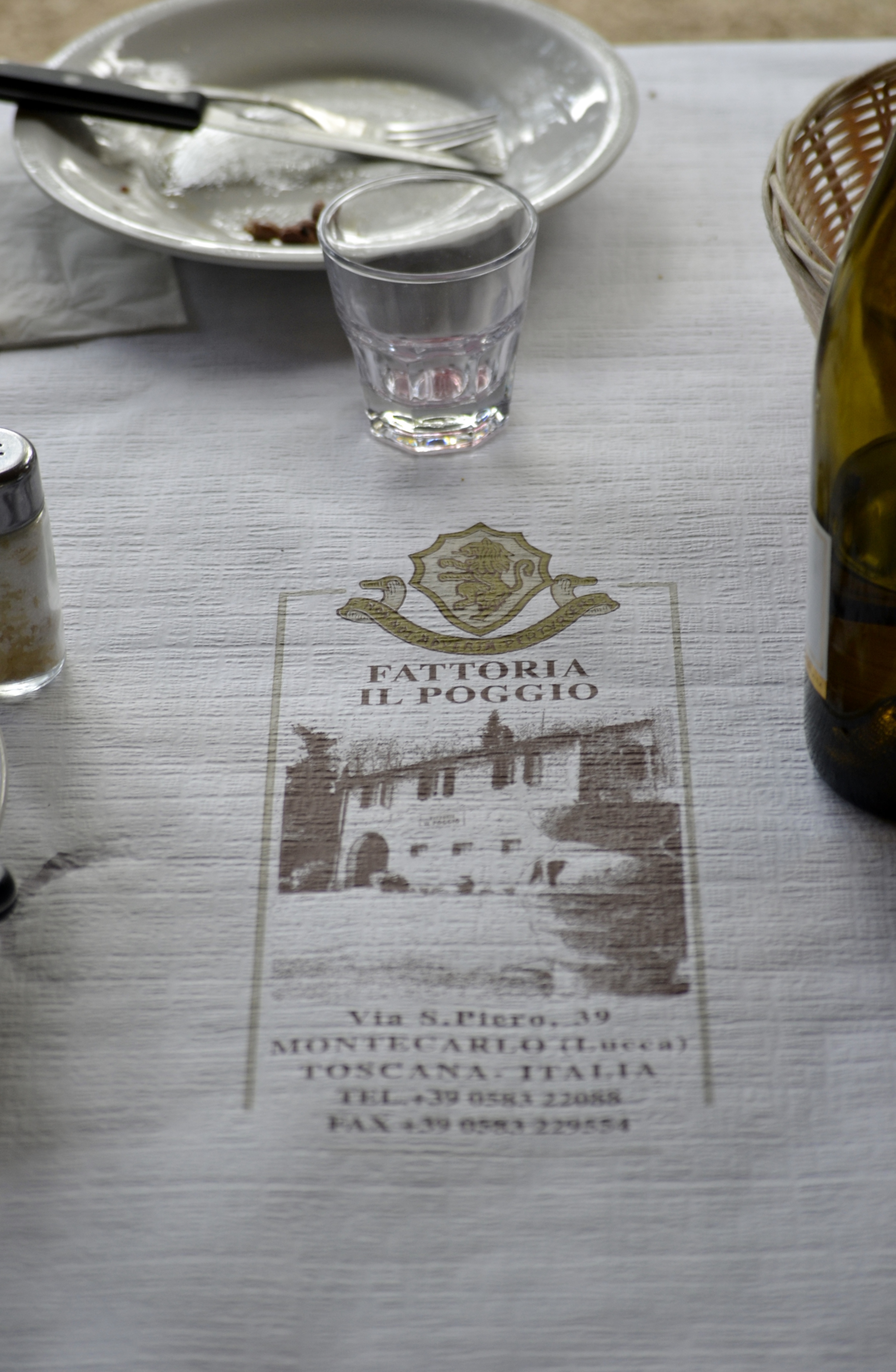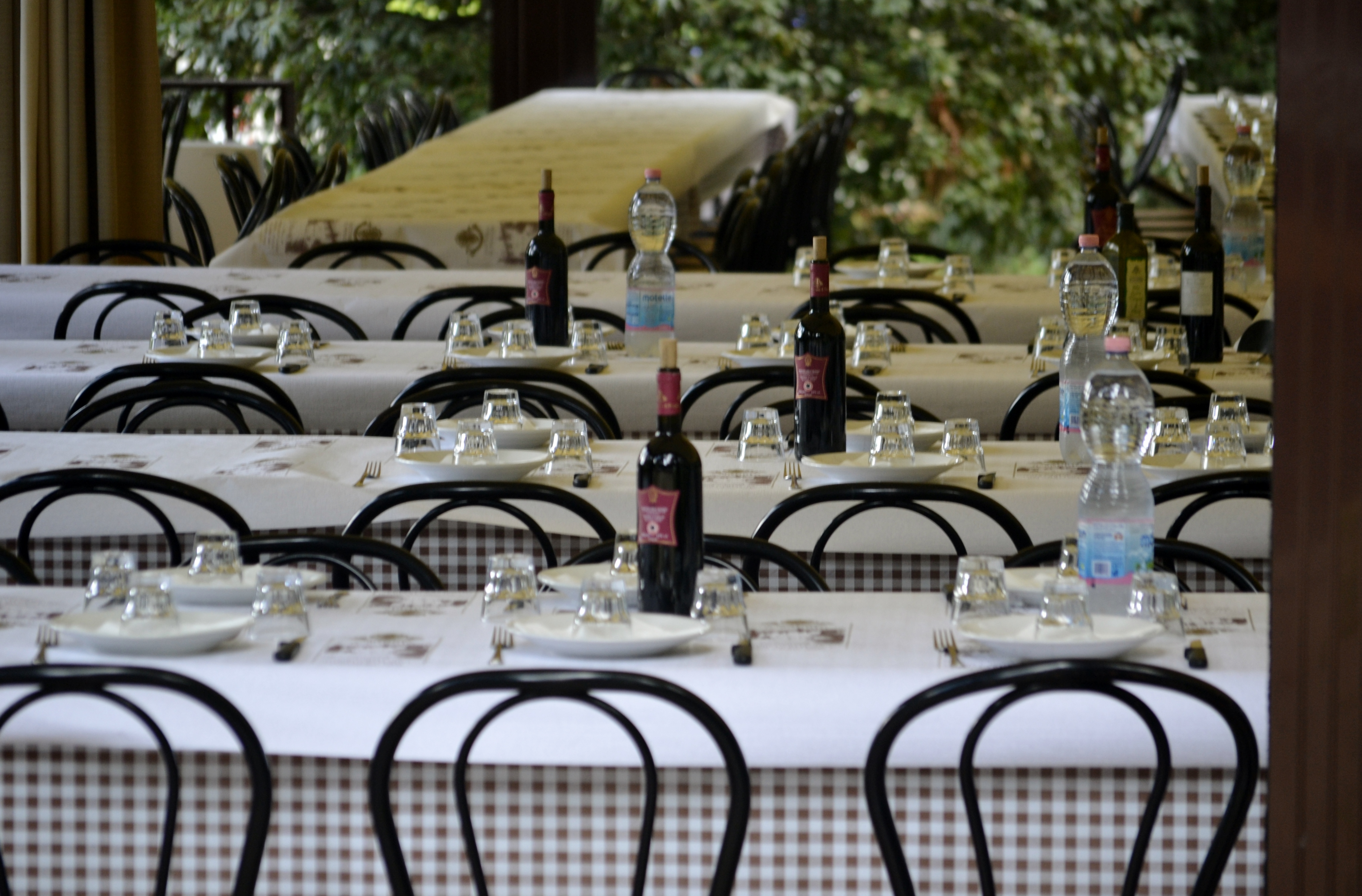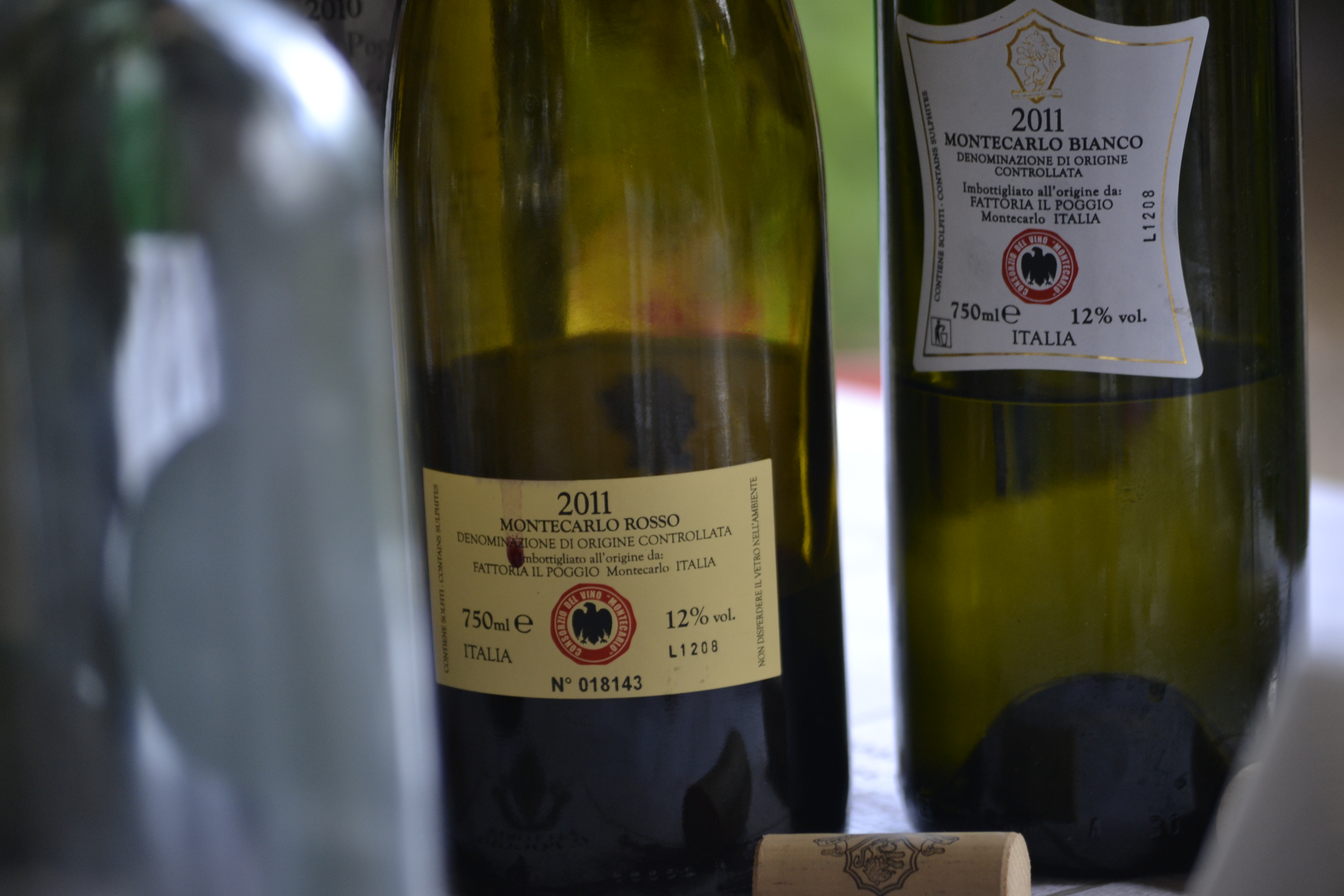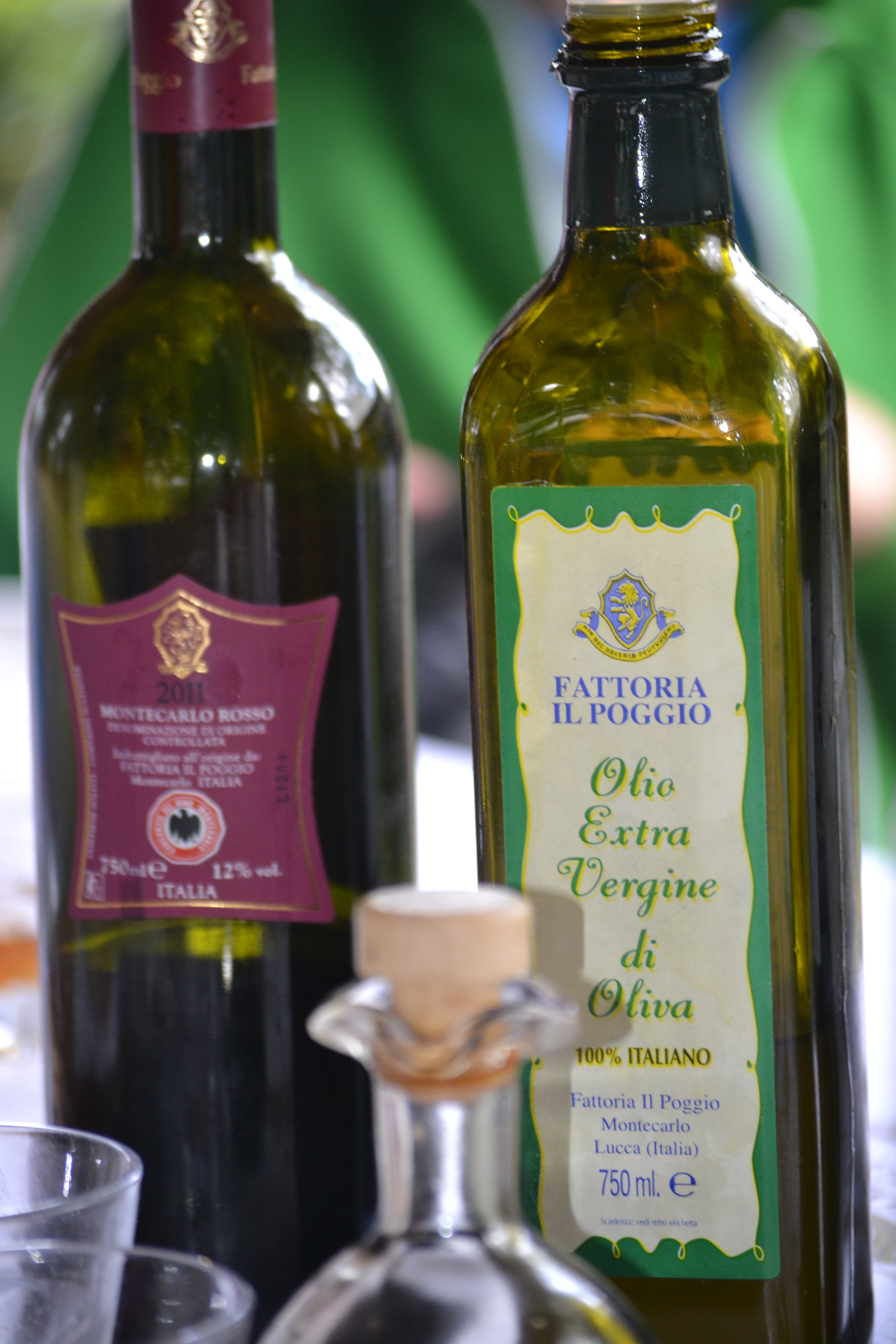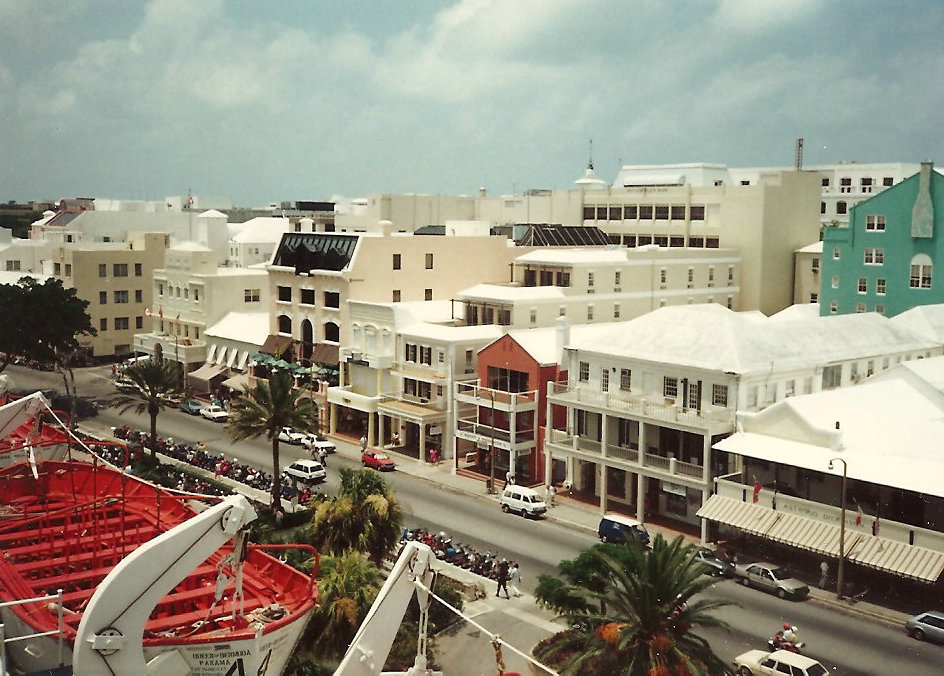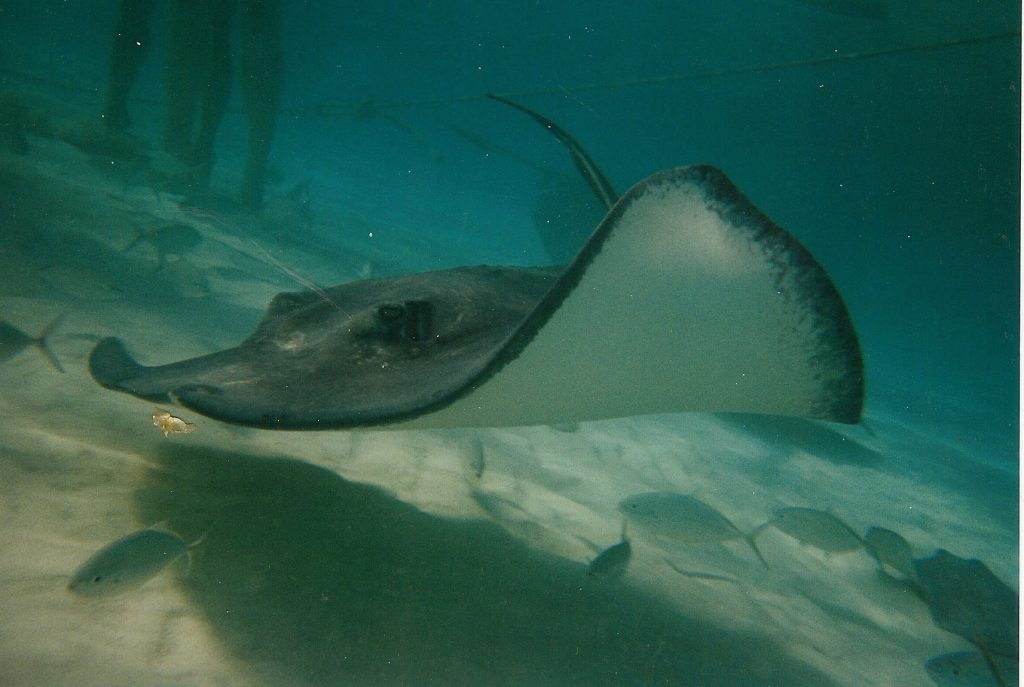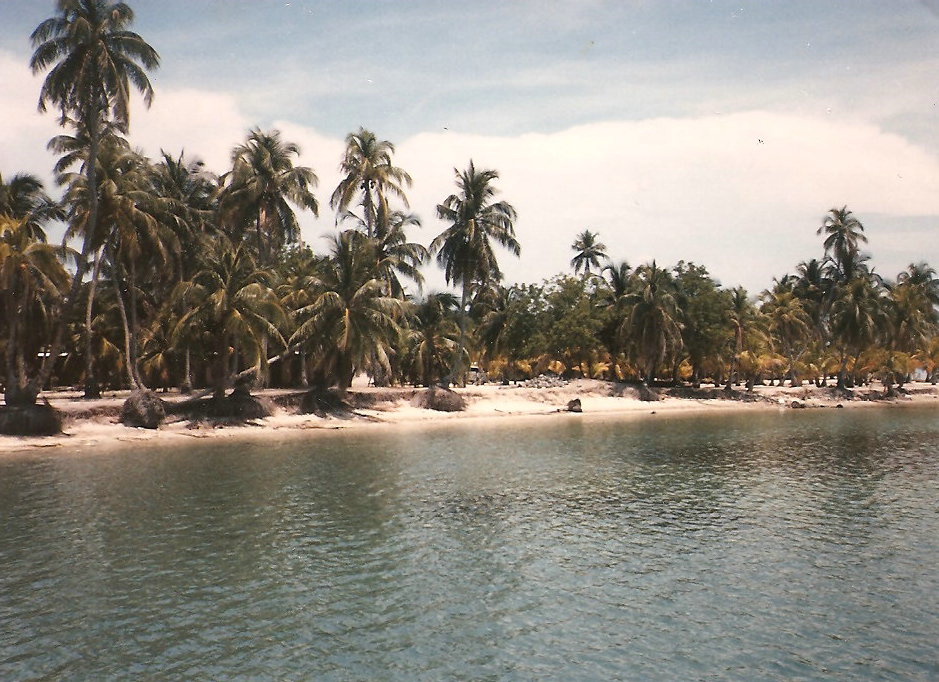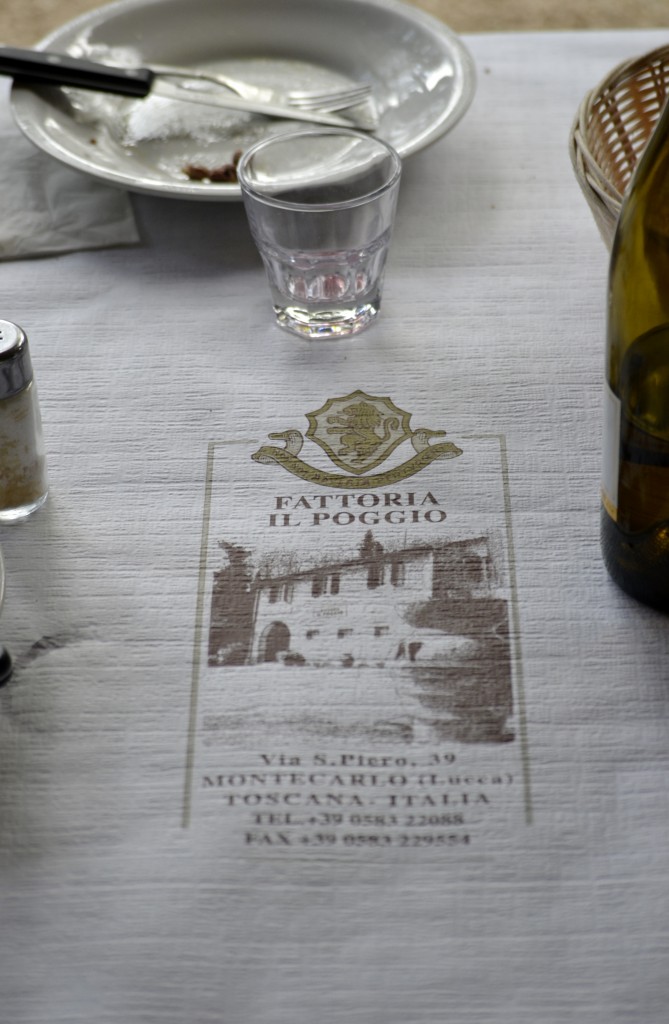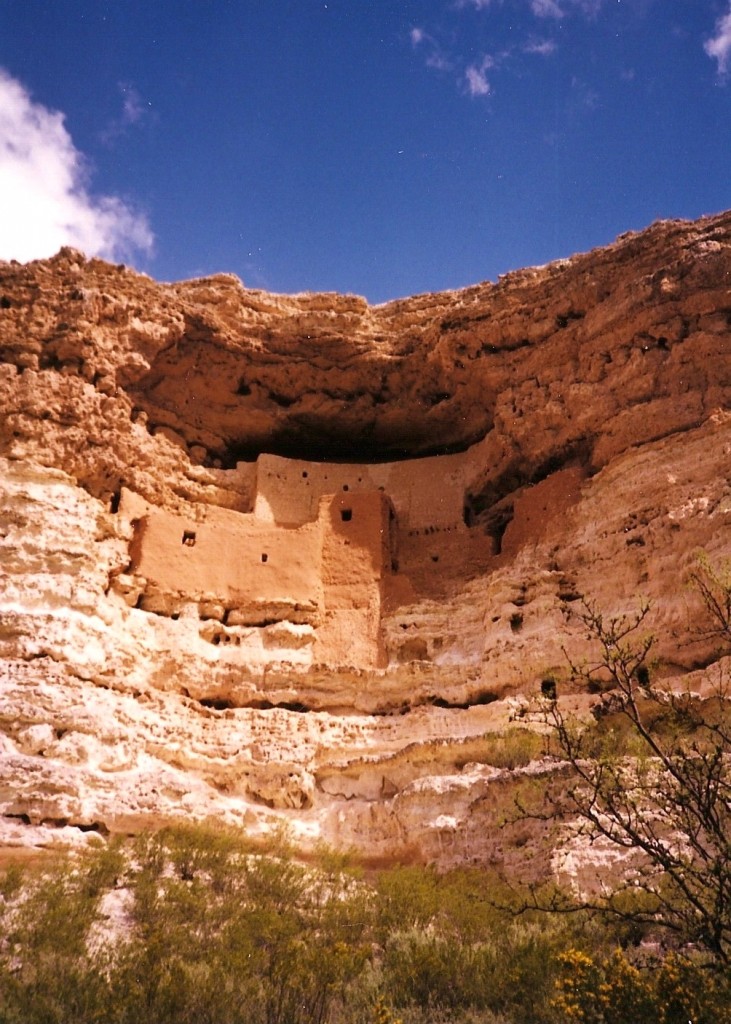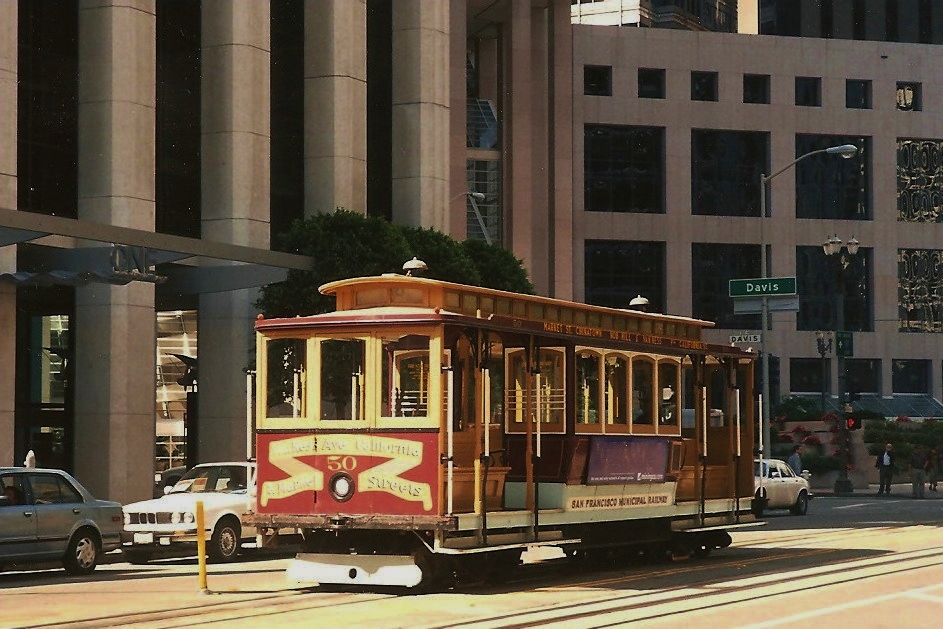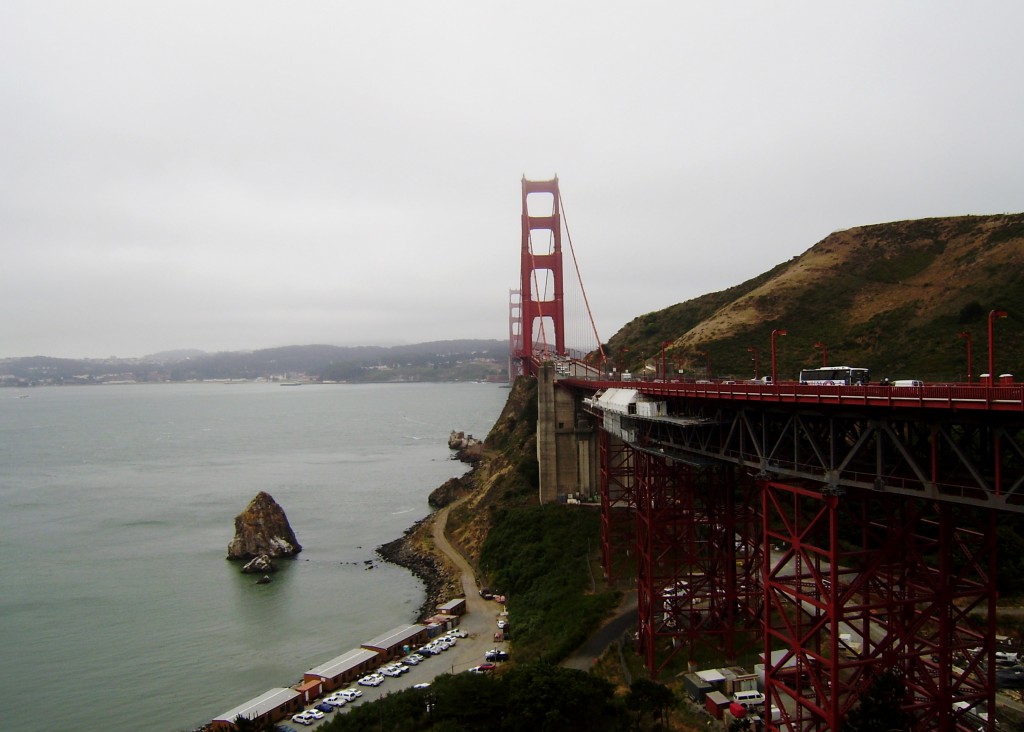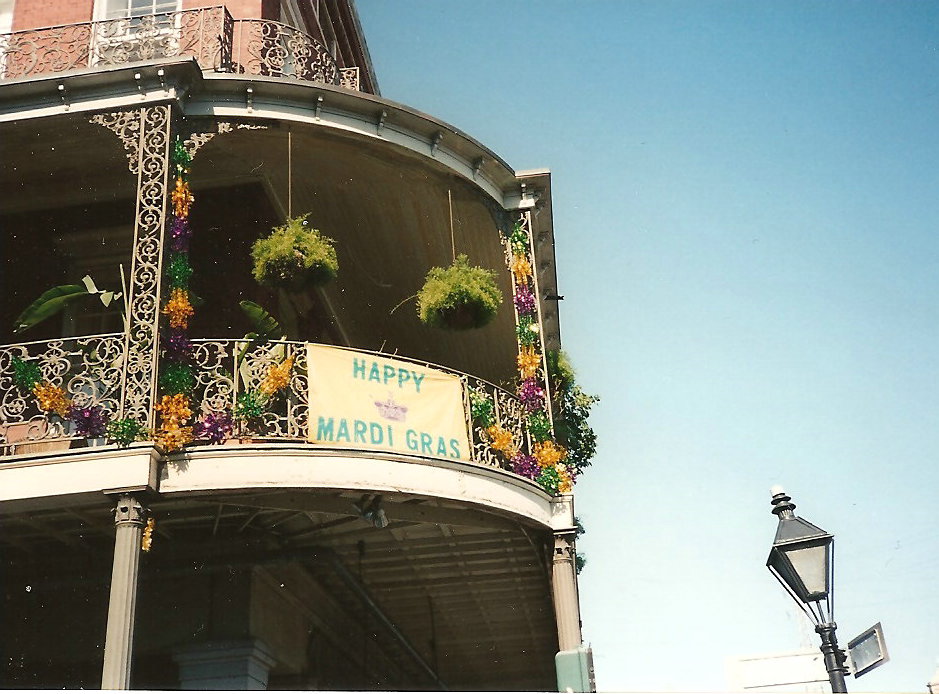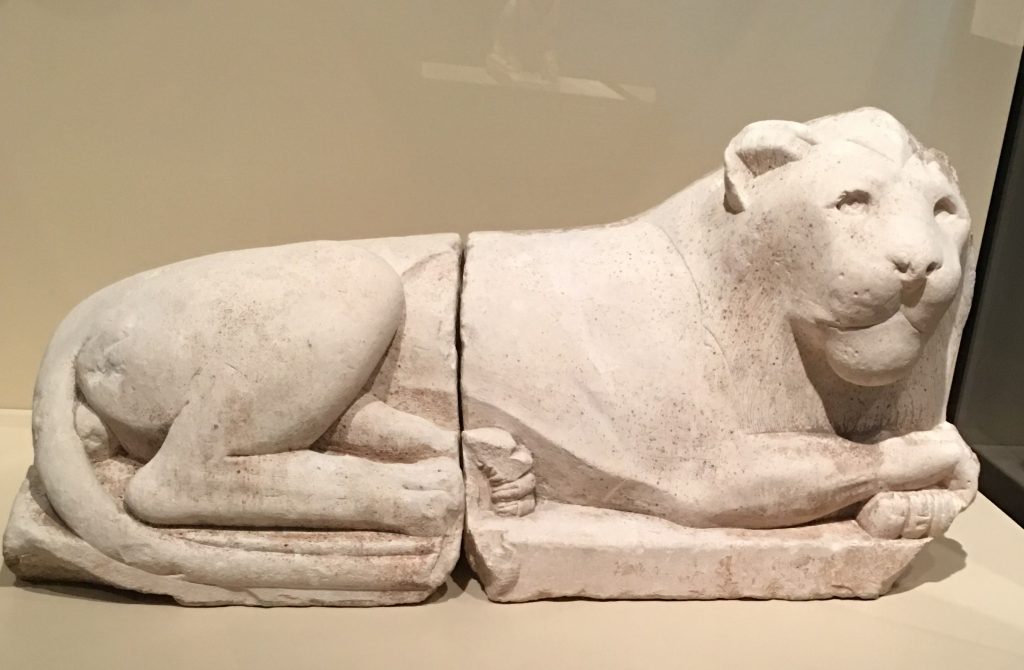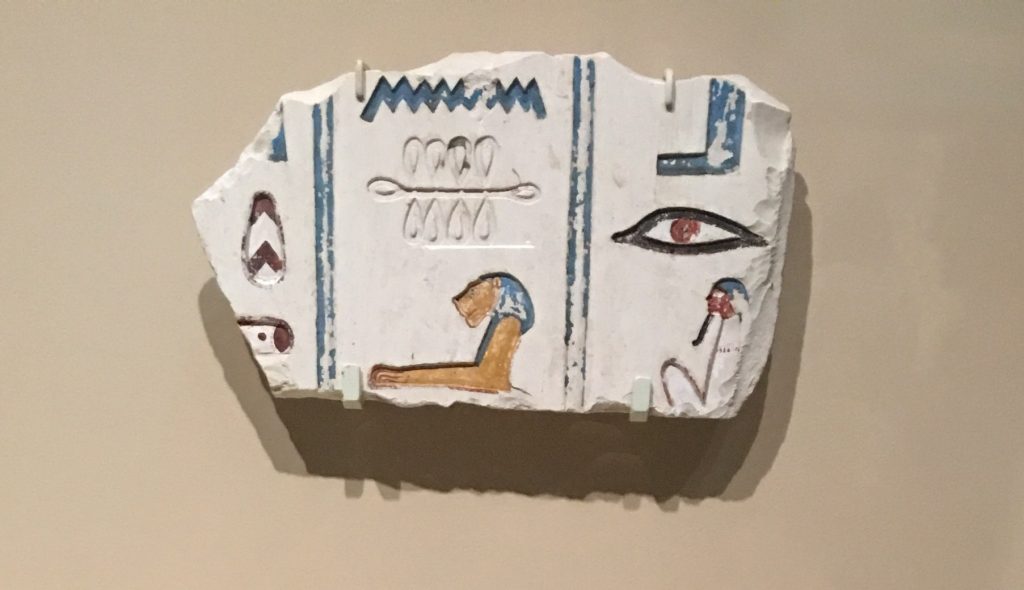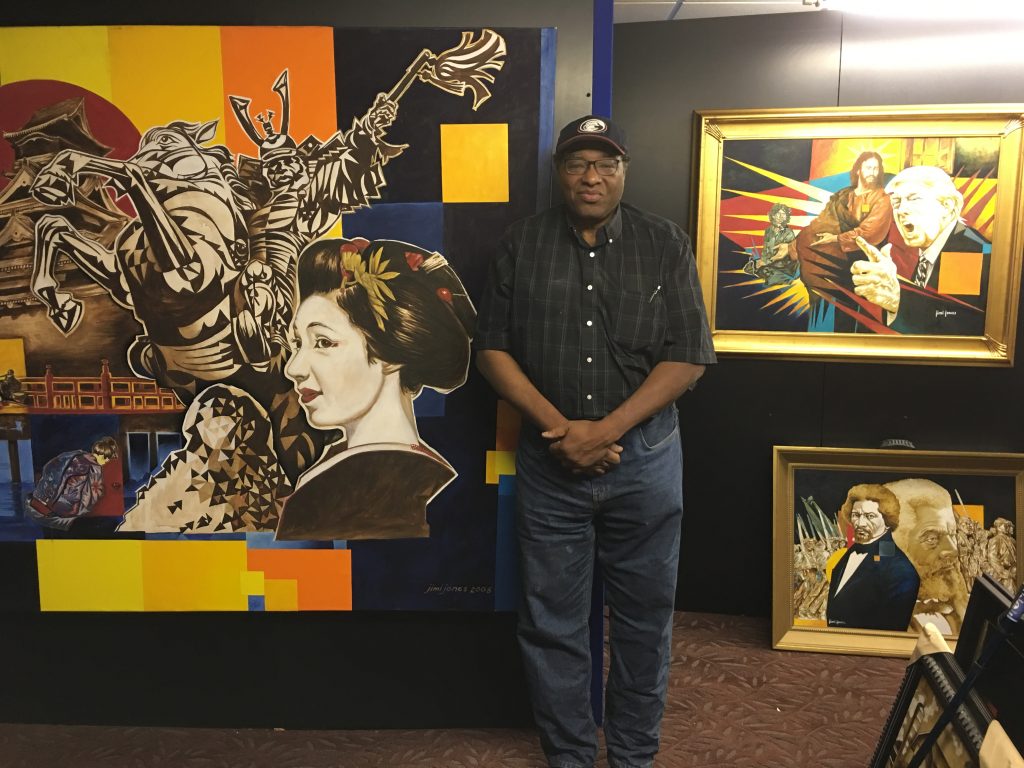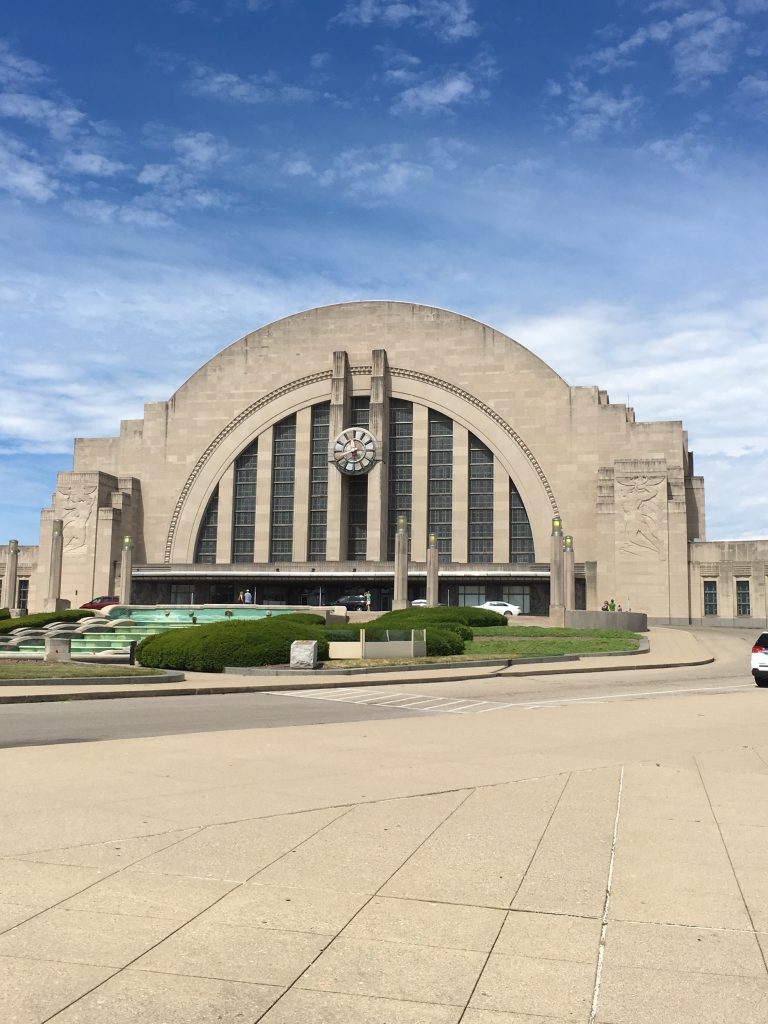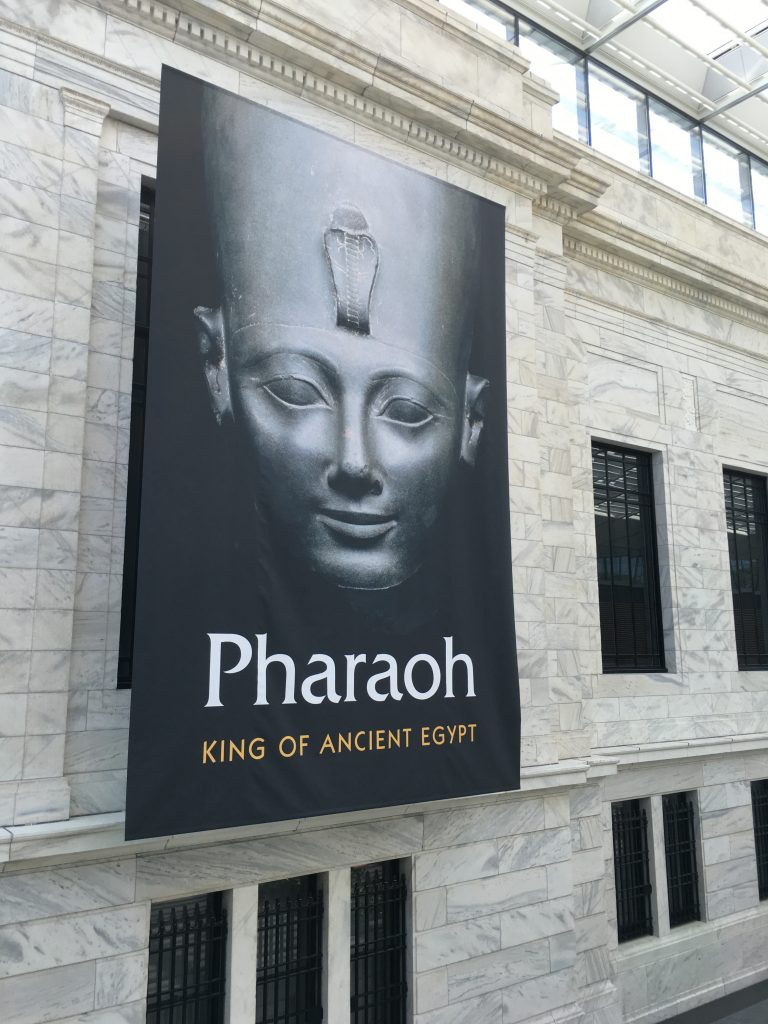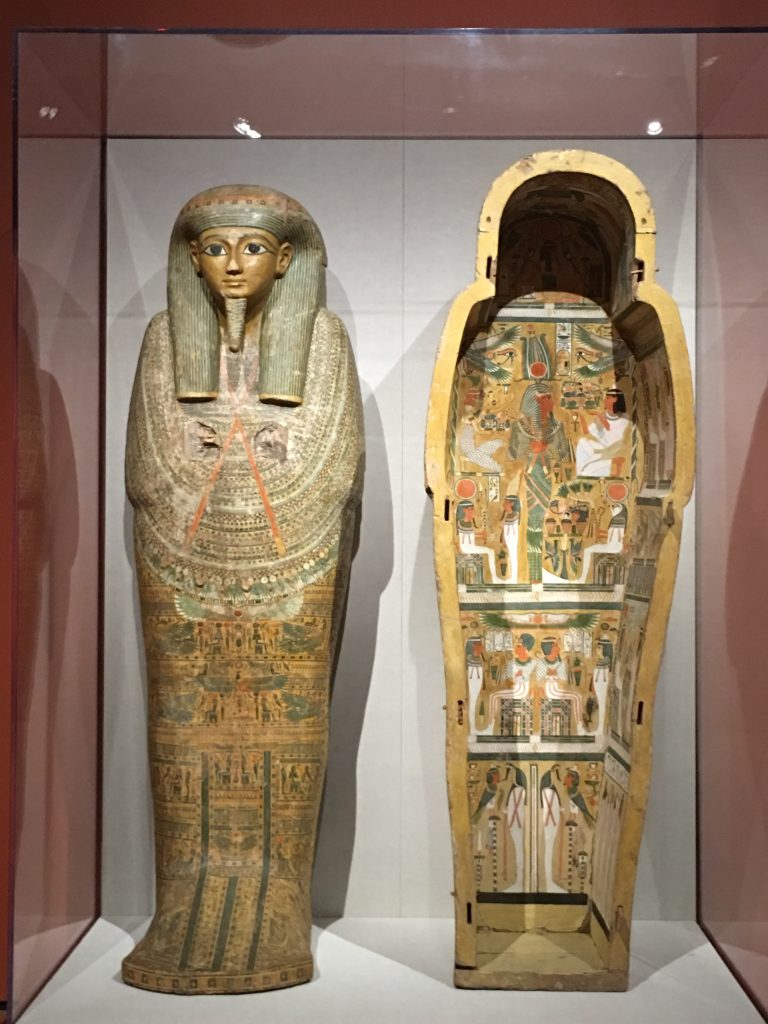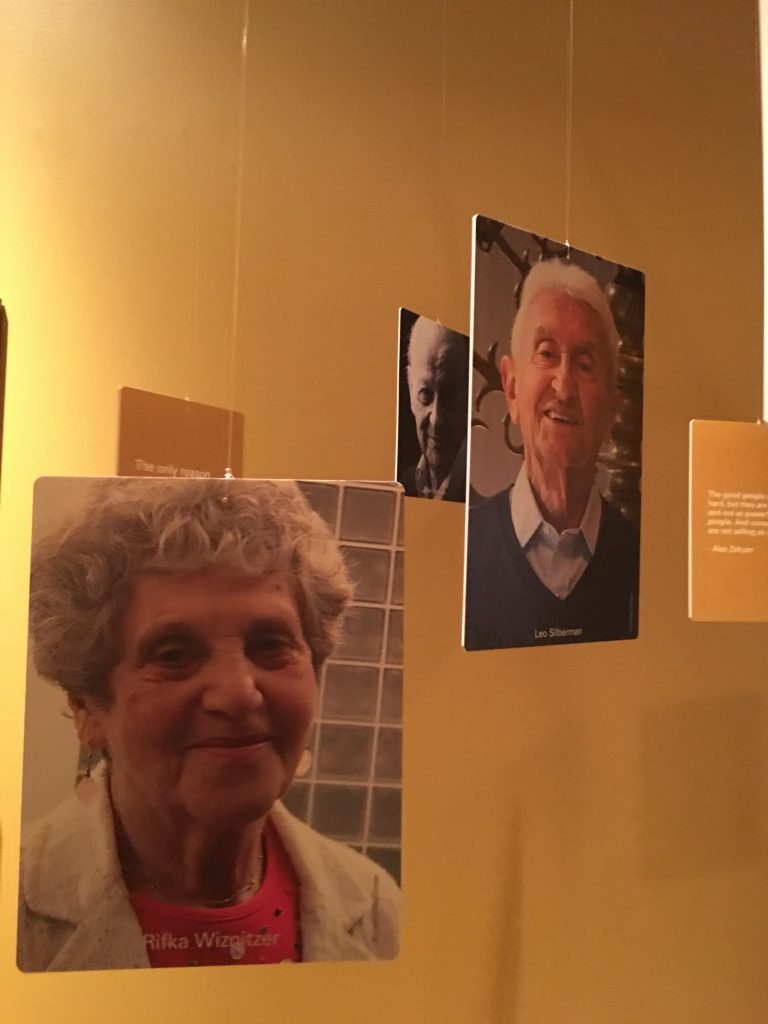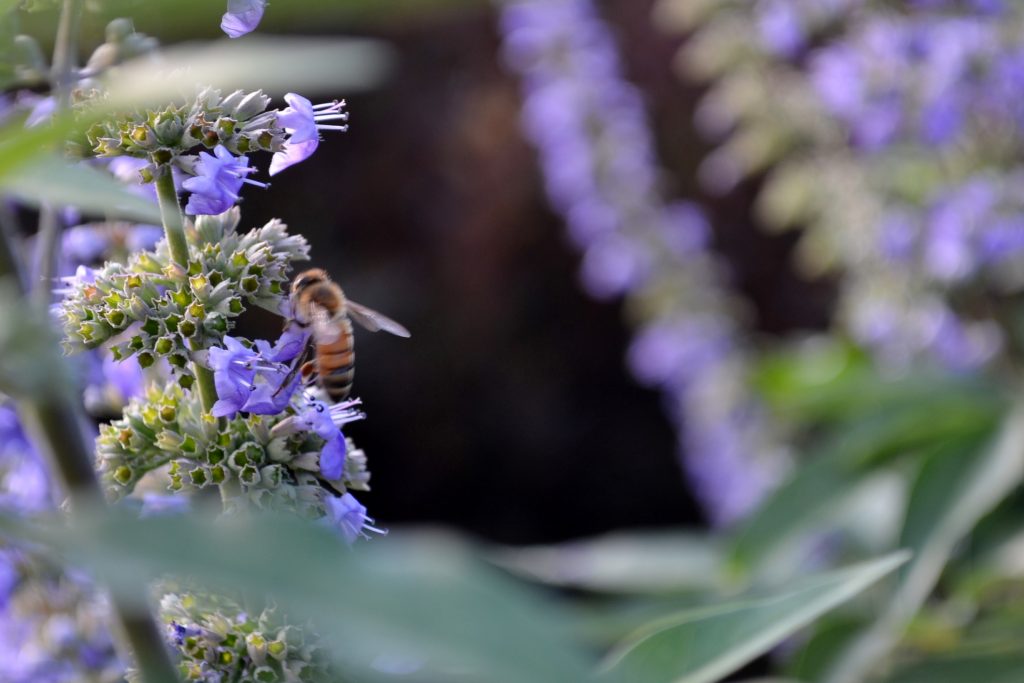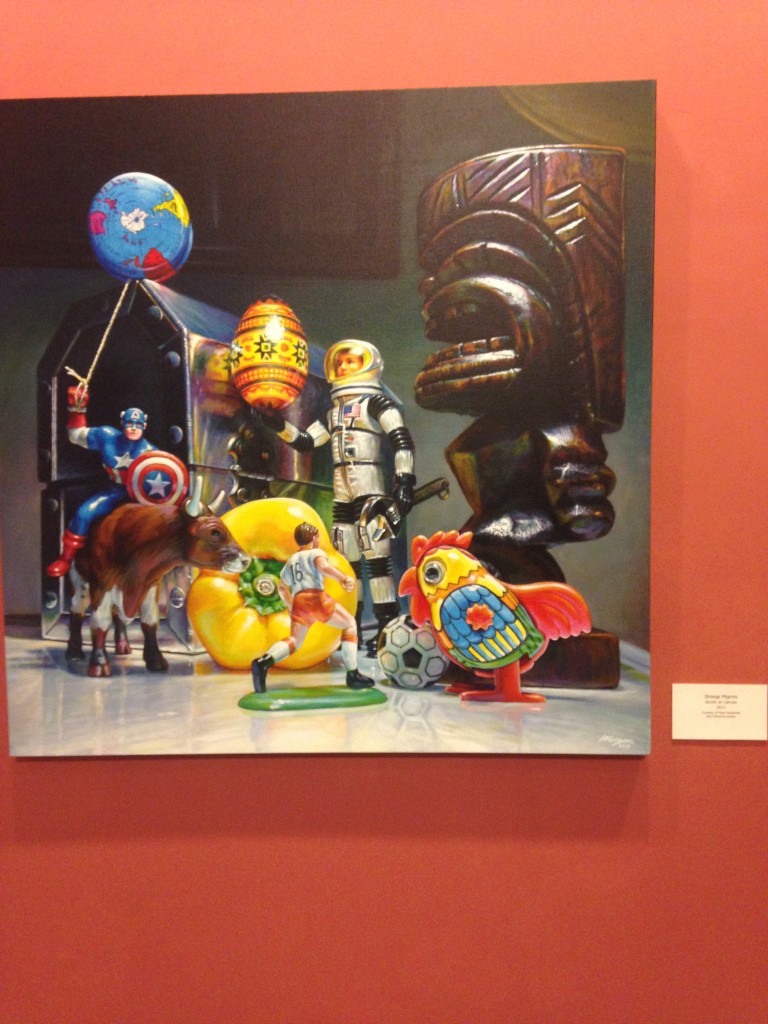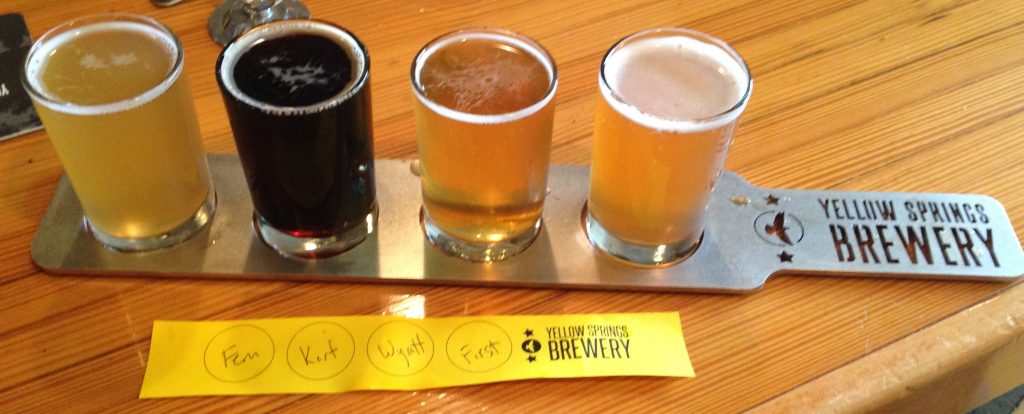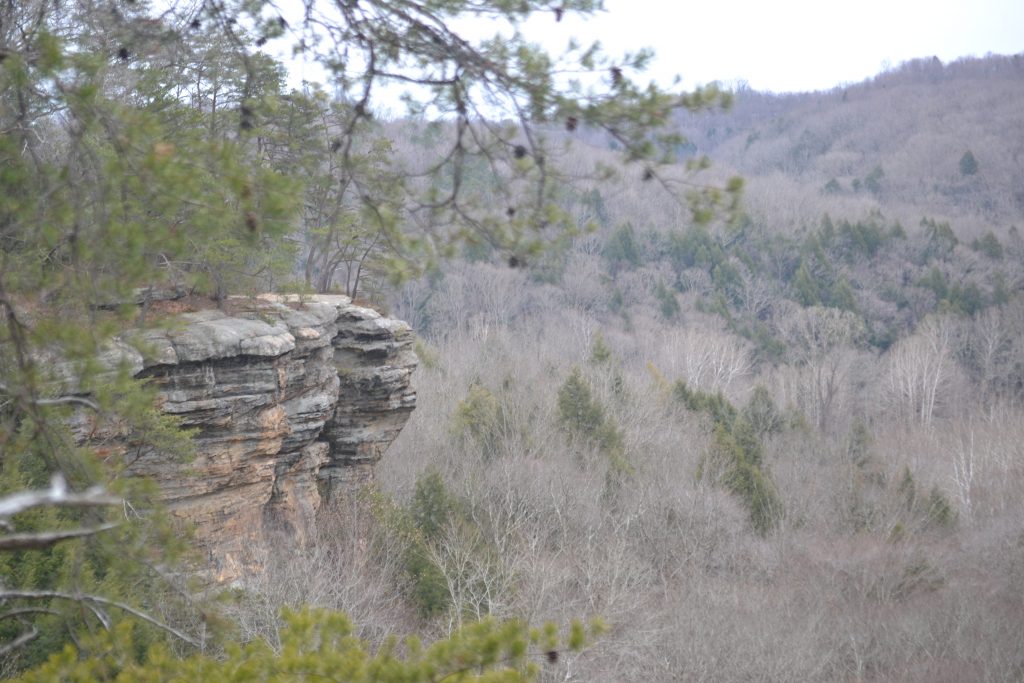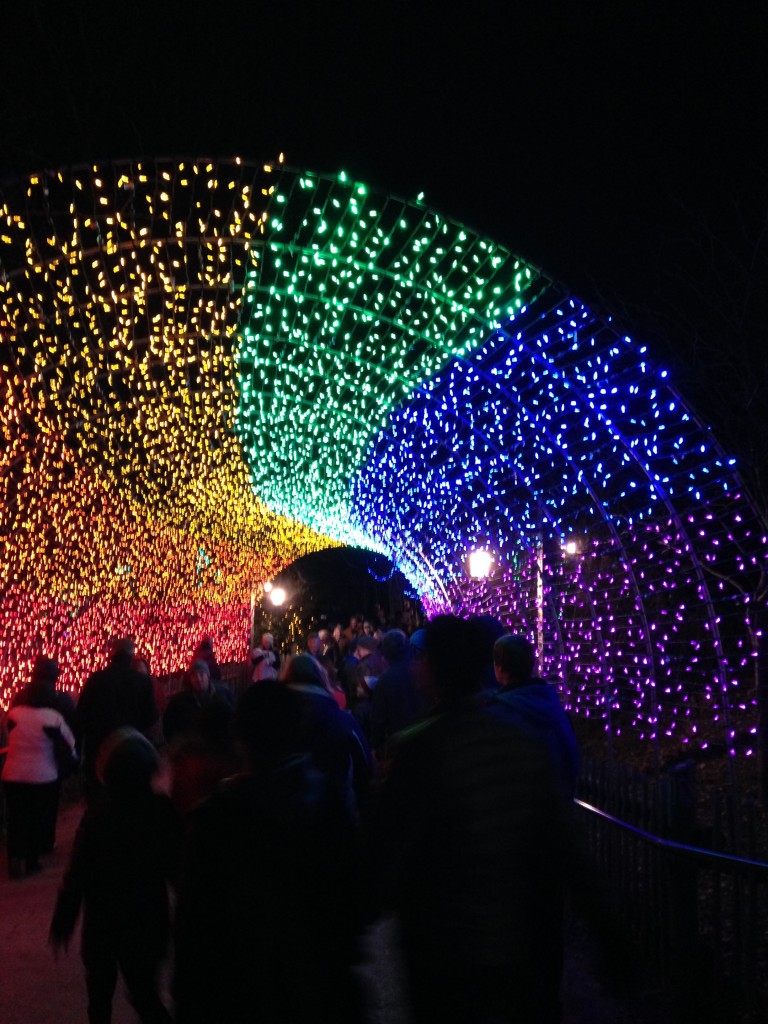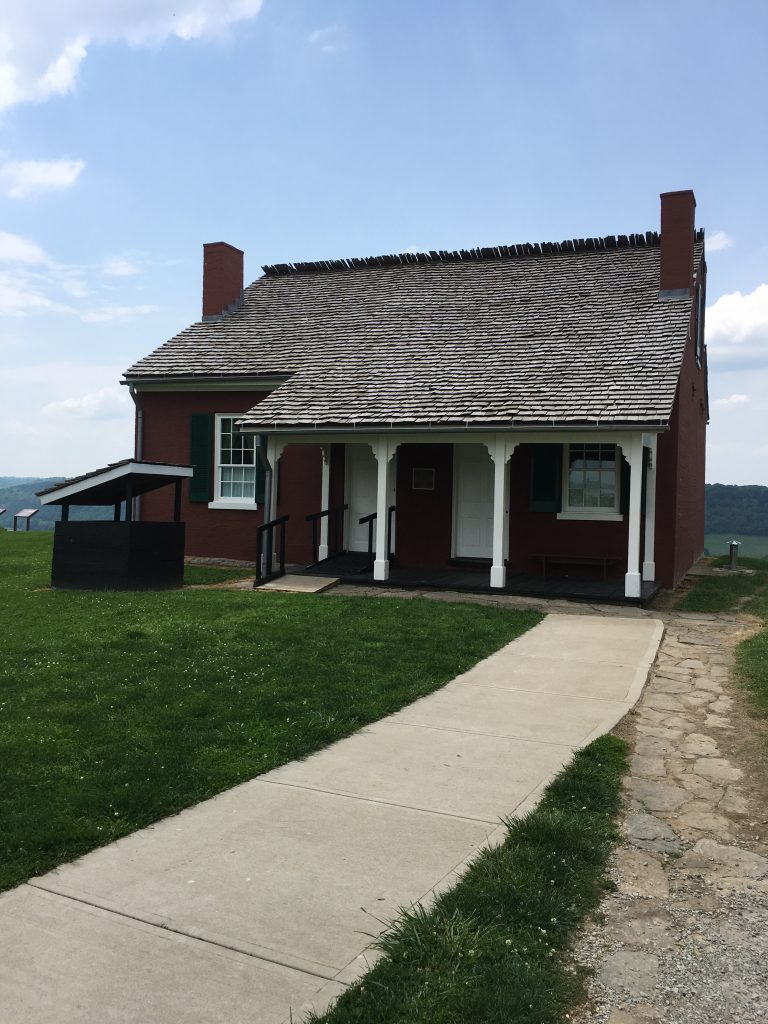
Many safe houses along the Ohio River provided a gateway to slaves that had escaped the south in pursuit of freedom. Having recently visited the National Underground Railroad Freedom Center, I became more interested in visiting these private homes and shelters and was curious to learn more about the families that operated them. My search led me to The John Rankin House in Ripley, Ohio. This home was instrumental in providing assistance to over 2000 slaves in the 1800s.

Waiting for the tour to begin, I wandered towards the front of the property to check out the scenic view of the Ohio River. A stone path and wooden stairs lead down a steep decline to the street below and the vista is amazing on a clear, sunny day.
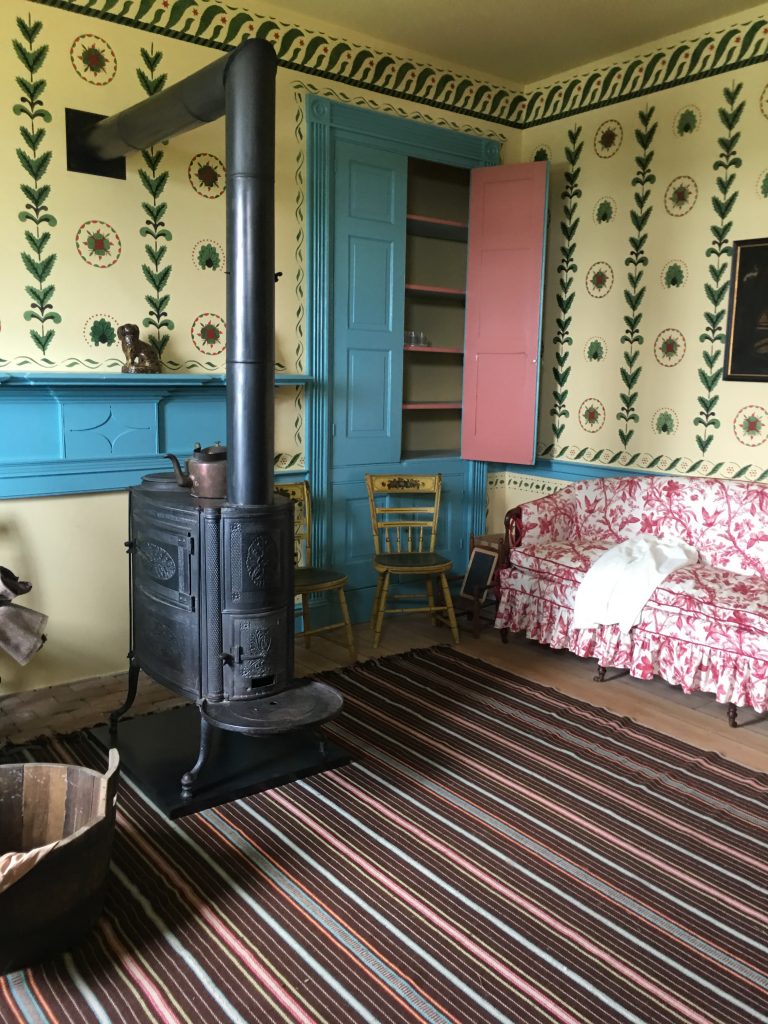
The tour begins in the parlor which is located at the front entrance of the house. Decorated in its original blue woodwork and hand painted stencil, the house is refurbished in the way it would have appeared in the 1840s.
The character Eliza, from Harriett Beecher Stowe’s Uncle Tom’s Cabin, is loosely based on the life of a young slave girl who passed through the Rankin home. The wood burning stove, mentioned in the book, was a central fixture located in the parlor of the home.
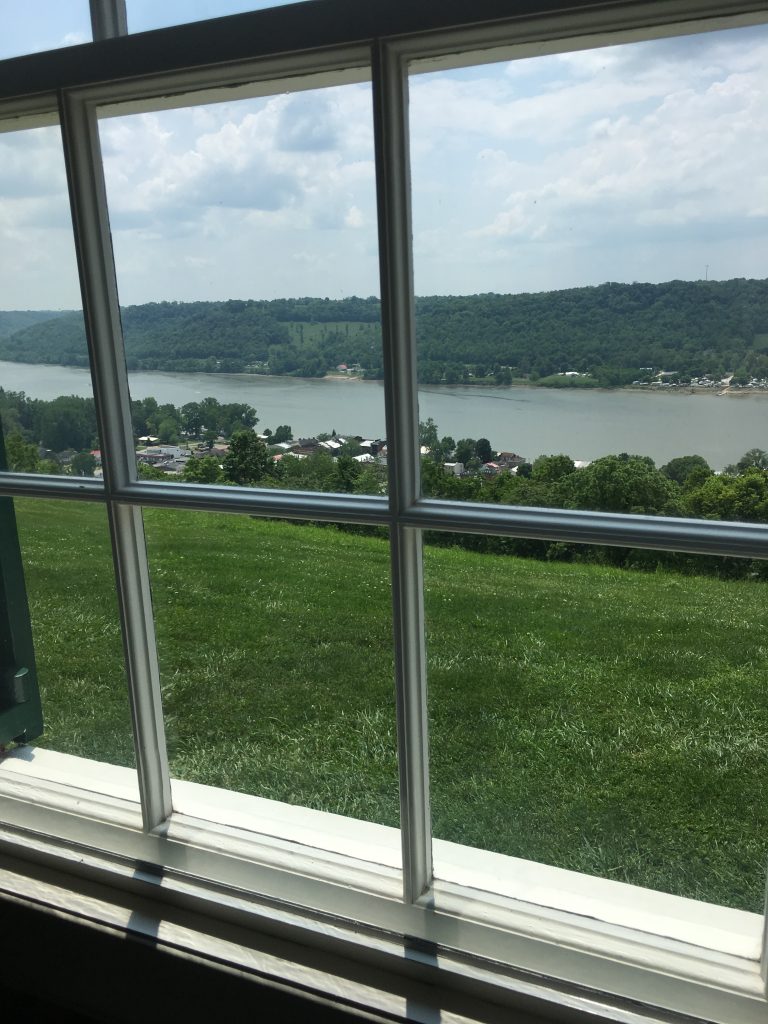
Before dams and locks were installed along the Ohio River, it was half its current depth and half as wide. This made crossing the river much easier than it would be to travel across today. Once the slaves reached Ohio, their first stop was the John Parker House down by the banks of the river. The local Red Oak Presbyterian church was also a haven for slaves between 1862 and 1868. A light in the window of the Rankin house signaled to Parker when it would be safe to bring the slaves to his home. From here, the girls of the home would feed their visitors, give them dry clothes and provide them a place to sleep.
Slaves could stay only about four to five hours before continuing their journey. They would travel along the underground railroad, a series of homes reaching Canada or Mexico that supported the freedom of slaves.
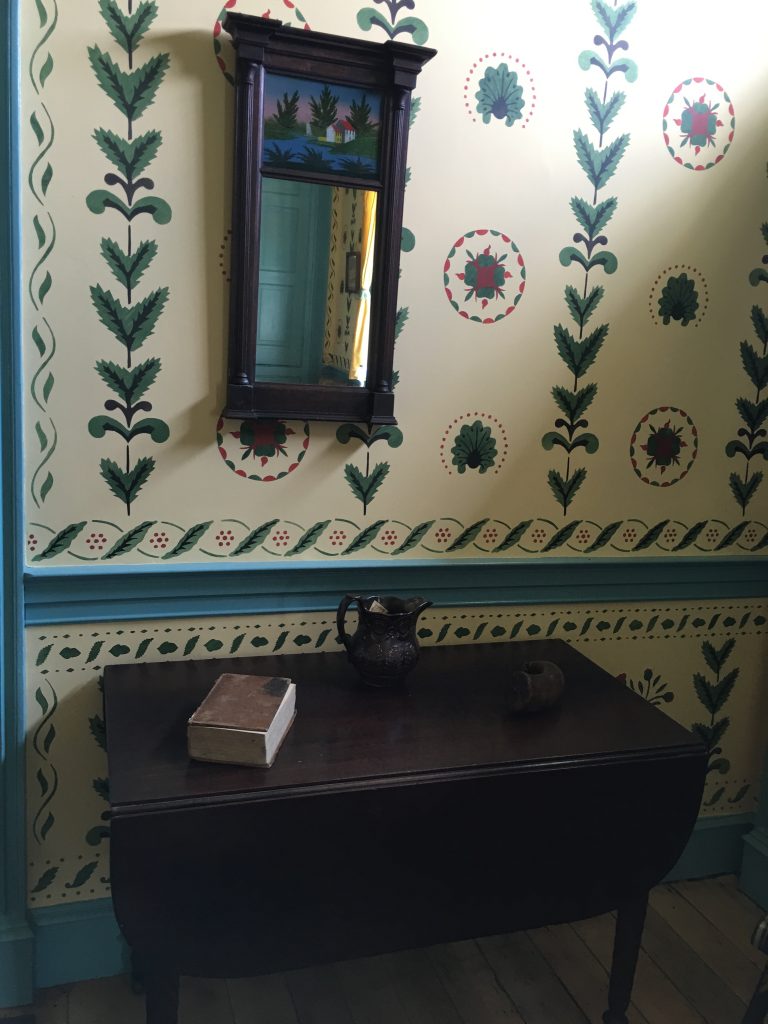
John Rankin was a reverend and staunch abolitionist. He was forced out of the southern states of Kentucky and Tennessee because of his beliefs and eventually made his home in Ripley.
Moving into the house on the hill in 1822 he paid only $700 for the 66 acre farm. There were nineteen people that lived in the Rankin House which included nine sons, four daughters and a few relatives.
The barns that they owned would also be used to hide slaves. Eventually, when bounty hunters would be allowed to search properties to find runaway slaves, this would be risky.
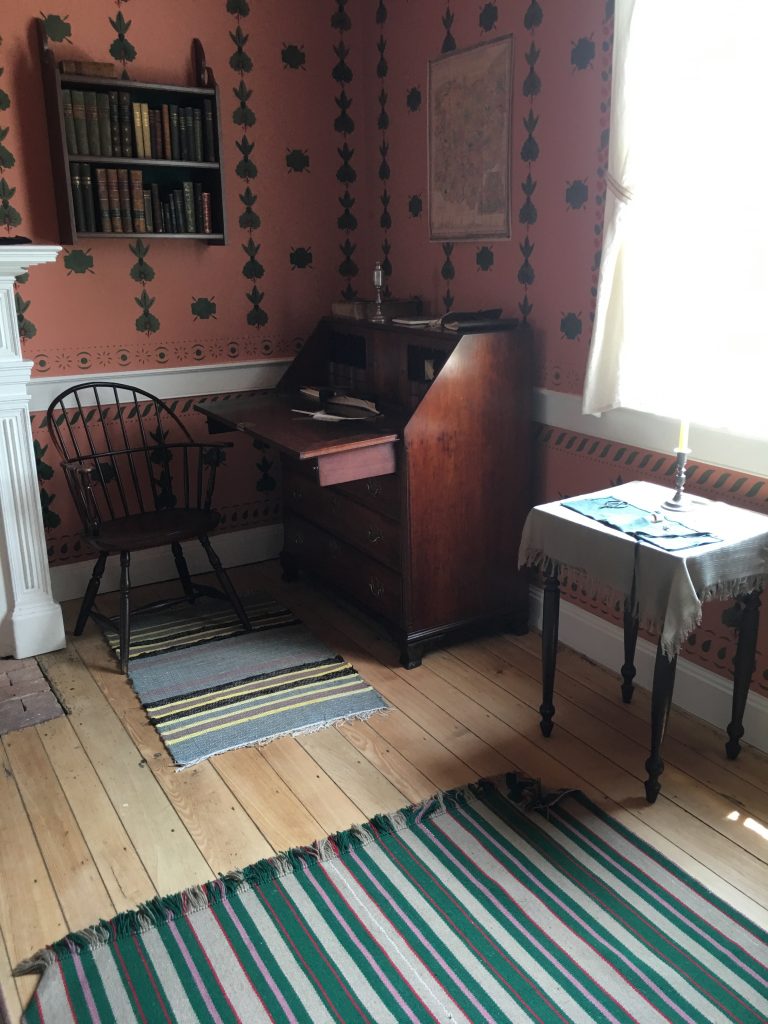
Jean Rankin, John’s wife, spent most of her time in the kitchen, while John could be found in the bedroom writing his sermons. Period furniture appears throughout the Rankin House and the Bible and glasses on display were property of the Rankin family.
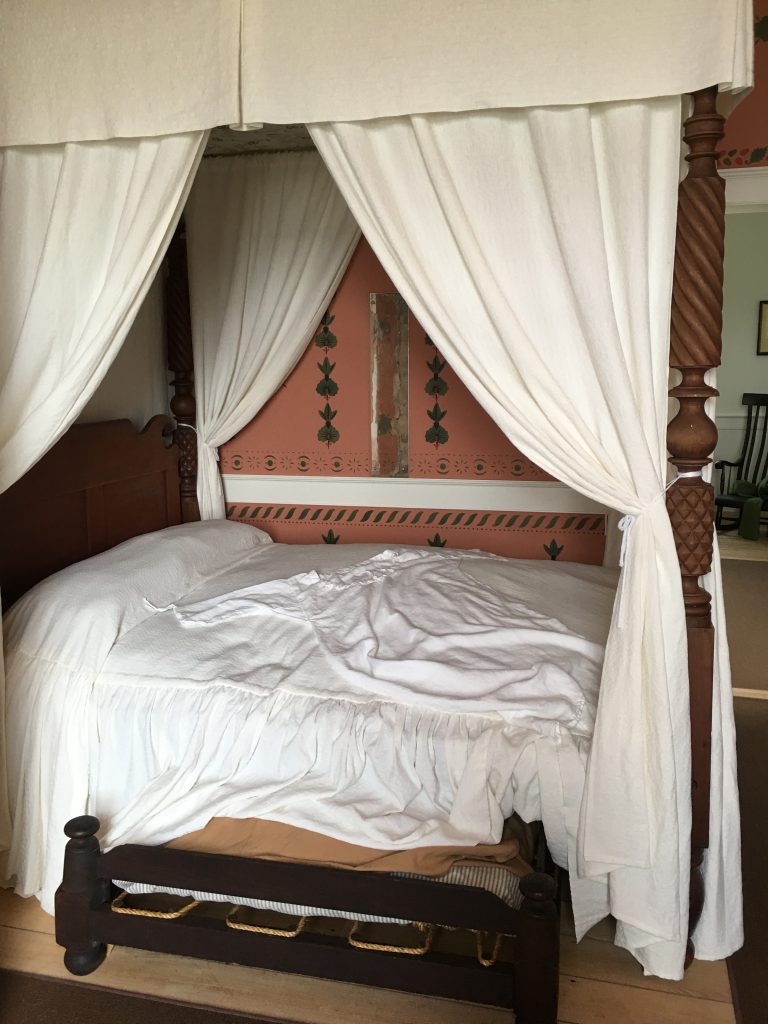
The bedroom on the lower level was the master that had a rope bed/trundle bed. The stenciling found by the bed is original and it was protected by glass as part of the $1 million restoration of the home.
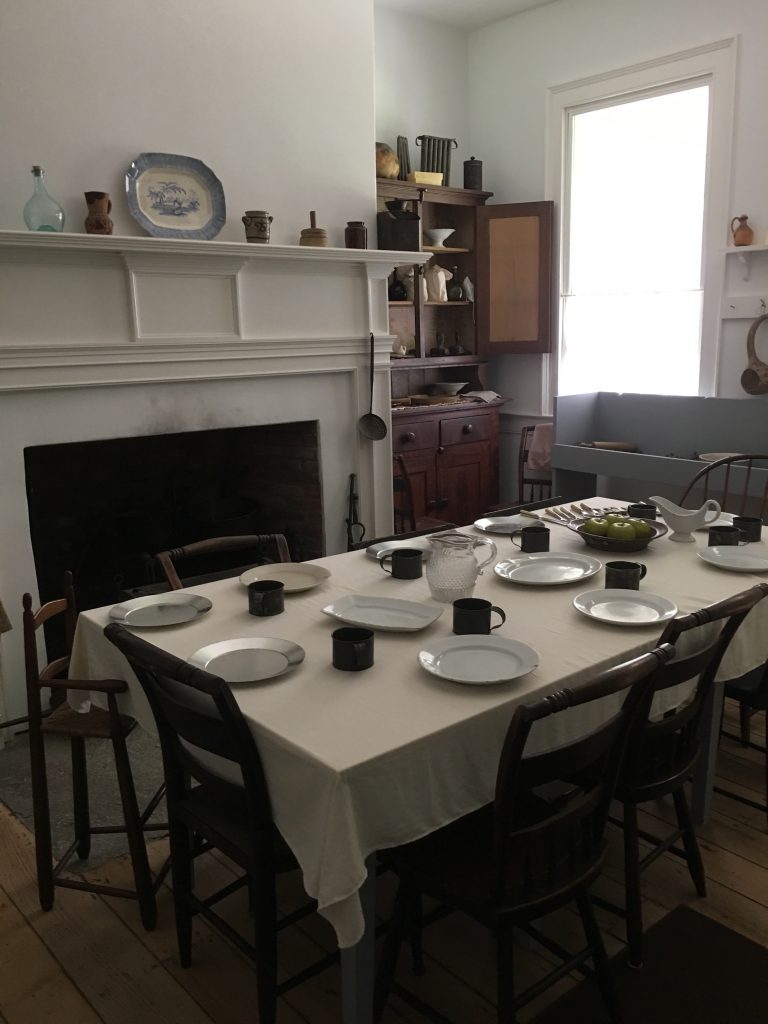
The kitchen has a nice fireplace with plenty of storage space and cupboards. In the center of the room is a large table for the adults to sit, while the children and servants would stand to eat. Other amenities included a butter churn, an overgrown wood station with a sink, a candle maker and a coffee grinder.
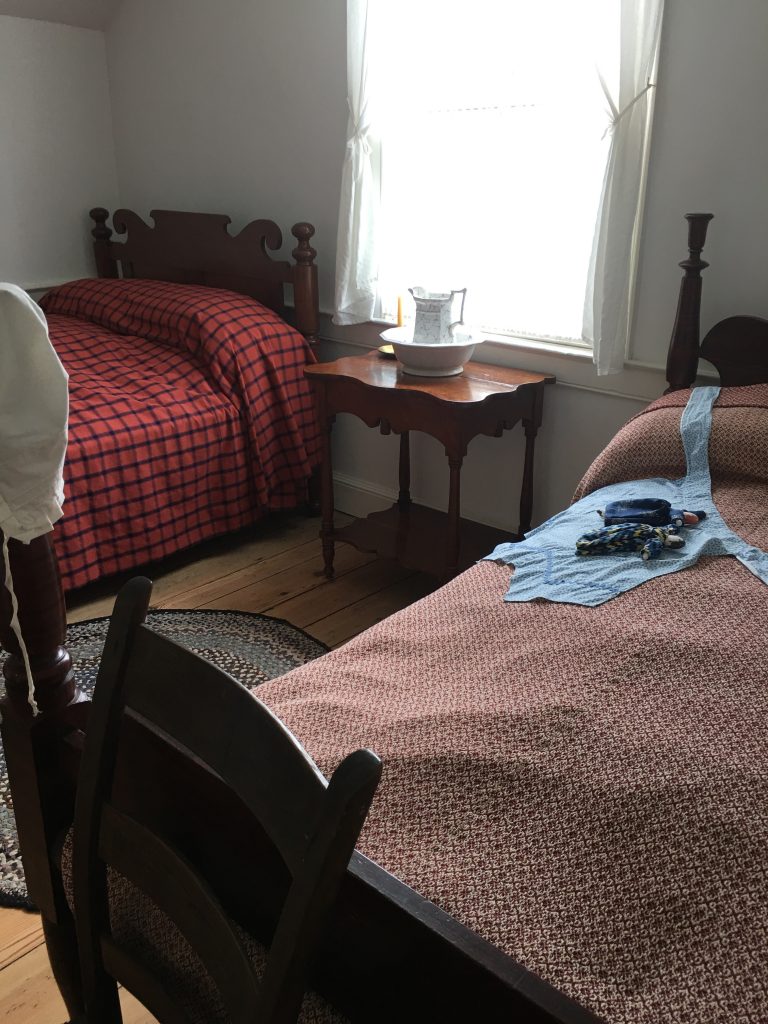
The girls and boys slept upstairs with multiple children sharing a bed. Sometimes, during the winter months, the boys would take a place on the kitchen floor to stay warm through the night.
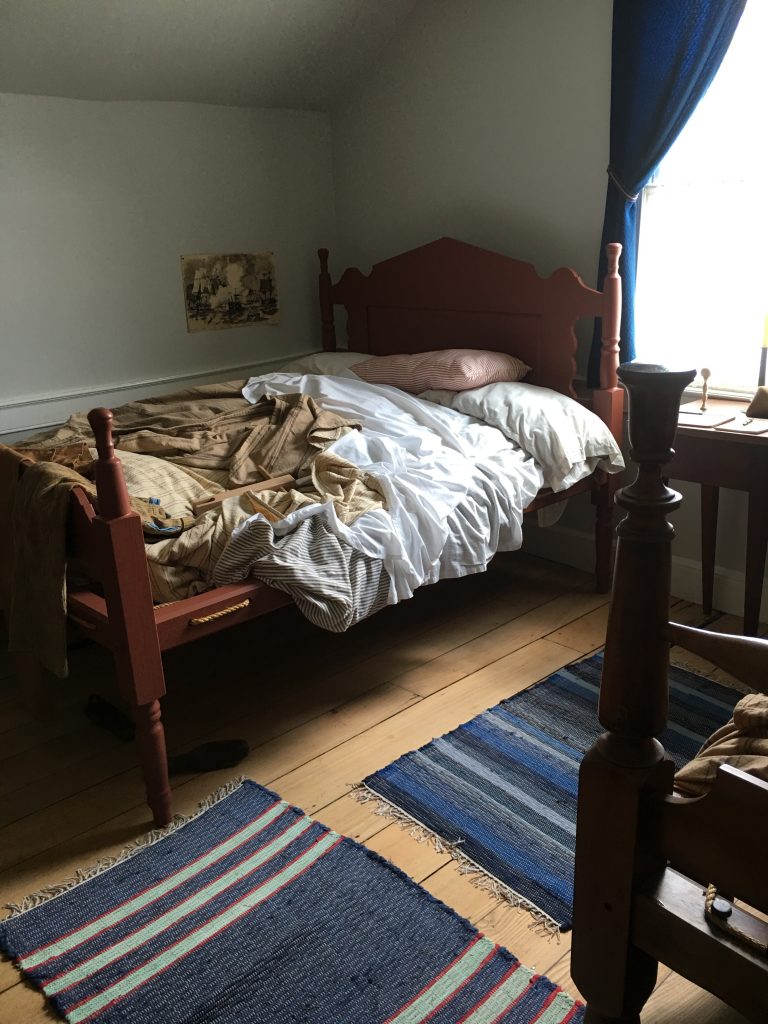
The boys’ side of the room was always messy with clothes and shoes hanging from their beds. In the event that their parents would need their assistance in the middle of the night, they could quickly dress in the dark and make their way downstairs.
By 1850, bounty hunters were permitted to cross into Ohio to take their slaves back to the south, but they were not allowed to enter the homes. One night, there was a total of eight bounty hunters that approached the house while the eight children remained inside with their mother. She would not allow them to go outside in fear for their lives. Jean Rankin stood guard with her shot gun and was prepared to protect her family. At one point, shots were fired, but it was later determined that there were no fatalities, only an injured bounty hunter who was shot in the leg. During the time that the Rankin family took in slaves, none of them were injured nor caught while in their care.
Putting their lives in danger to assist slaves in their quest for freedom, the Rankin family are true American heroes. Learning more about them through the tour of their home, I am humbled by the passion of John Rankin and his active stance against slavery. He truly was a reverend who knew how to practice what he preached.
Update: The John Rankin House, formerly owned by the Ohio Historical Society, the home is now under the management of the Ohio Connection.
Have you visited the John Rankin House or can you recommend another home that was on the Underground Railroad trail, open for visitors? I would love to hear from you if you would kindly provide your information in the comments section below. Many thanks for reading about my visit to the John Rankin House and wishing you many Happy Travels!
What to See and What to Do:
John Rankin House
6152 Rankin Hill Road
Ripley, OH 45167
Telephone: 937 392 4044
- Admission Fee: Adults: $6, Children and Students age K through 12: $3, OHC Member: Free, Children 5 and under: Free, Golden Buckeye Card Holders: $5
- Hours: The John Rankin House is open from May to October from 10AM to 5PM from Wednesday to Saturday and 12PM to 5PM on Sundays. The museum us also open for the Historic House Tour.
- Amenities: Available by appointment outside regular museum hours.
- Scenic View: Views from the home overlook the Ohio River.
- Length of Visit: 1 hour
- Tips for Your Visit: Visitors can schedule private tours and photos can be taken on the inside of the house. Public tours take approximately 15 to 20 minutes.
Where to Stay:
The Signal House Bed and Breakfast
234 N. Front Street
Ripley, OH 45167
Telephone: 937 392 1640
Where to Eat:
Cohearts Riverhouse
18 North Front Street
Ripley, OH 45167
Telephone: 937 392 4819
American Cuisine with a fabulous view of the Ohio River!
Ripley Gourmet Tortillas
6 Main Street
Ripley, OH 45167
Telephone: 937 392 4000
People rave over their guacamole!
Fifties Diner
15 South 2nd Street
Ripley, OH 45167
Telephone: 937 392 9328
Cute little diner with American food located along the river!
Where to Drink:
Meranda-Nixon Winery
6517 Laycock Road
Ripley, OH 45167
Telephone: 248 891 0935
What to Read:
- The Underground Railroad, by Colson Whitehead
- Harriet Tubman: The Road to Freedom, by Catherine Clinton
- Uncle Tom’s Cabin, by Harriet Beecher Stowe
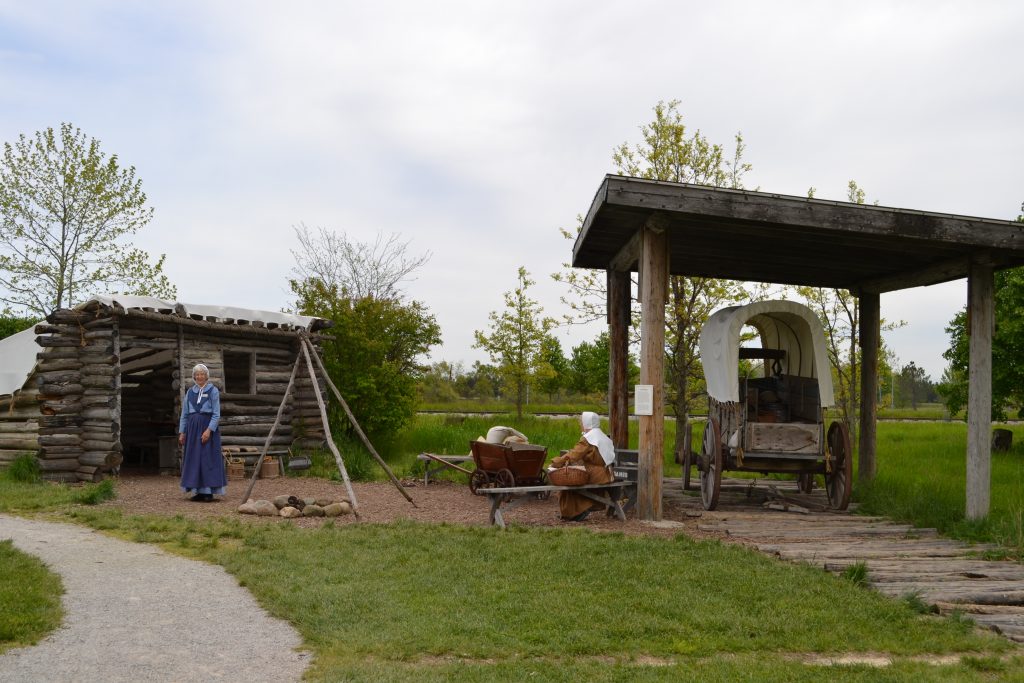
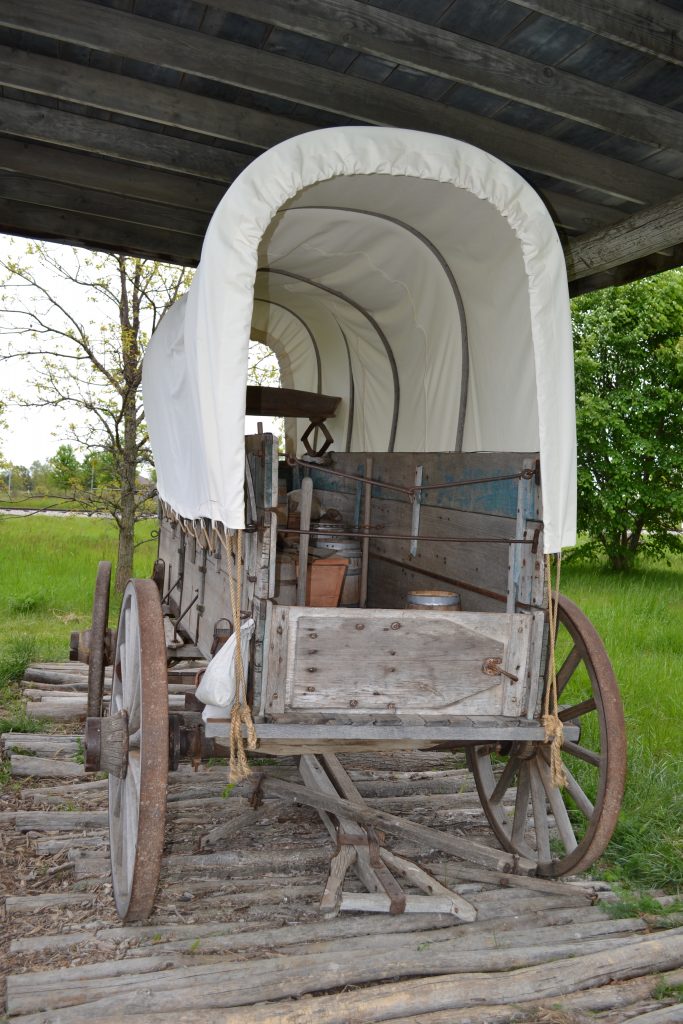
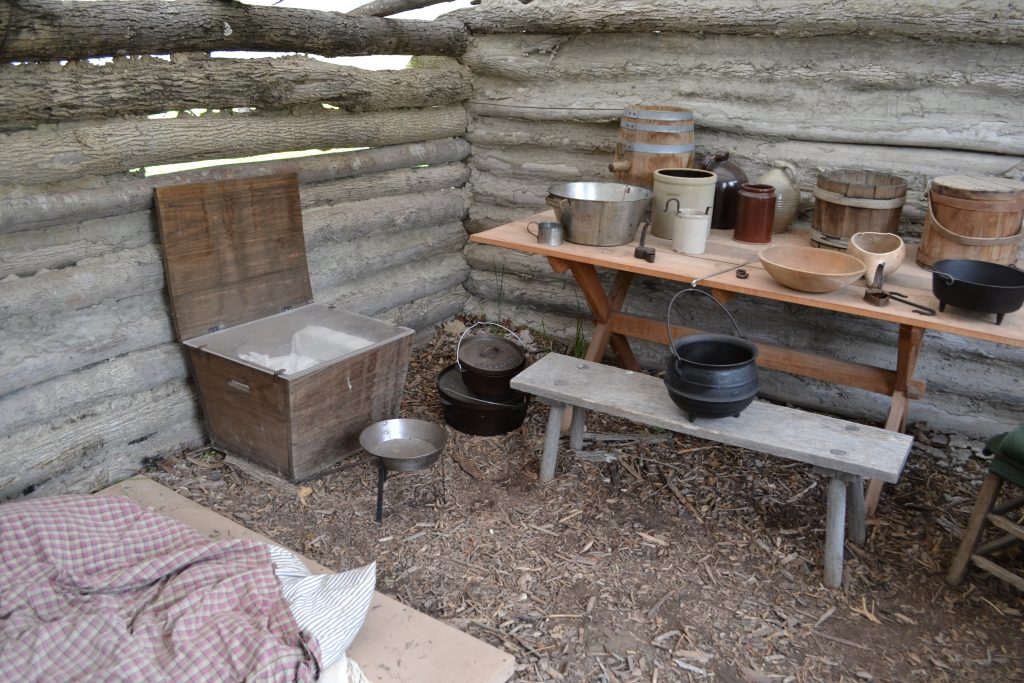
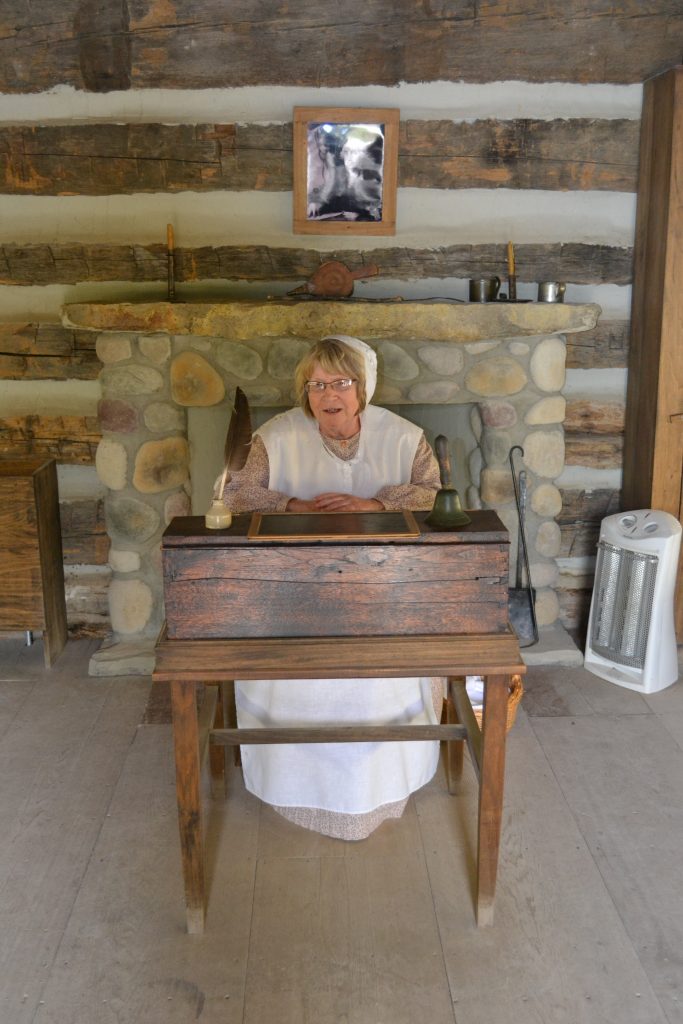
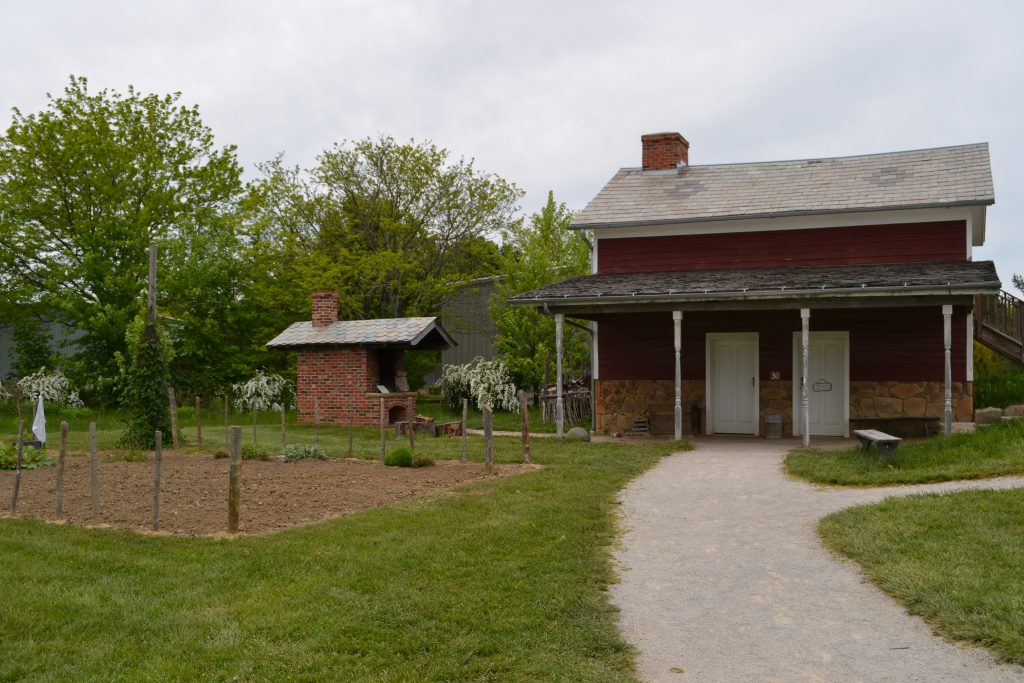
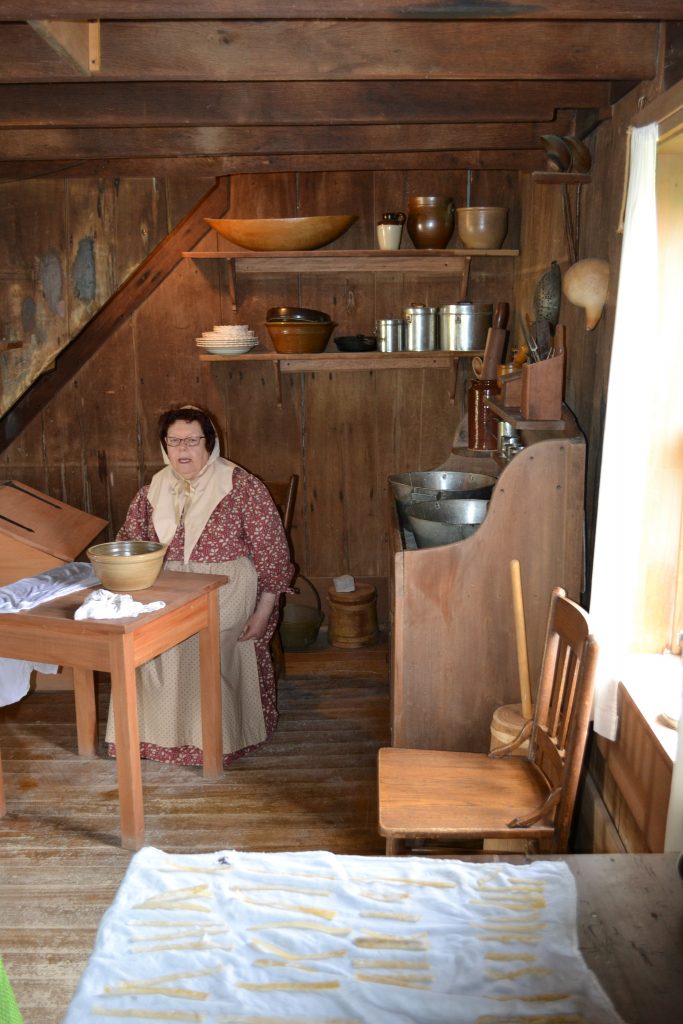
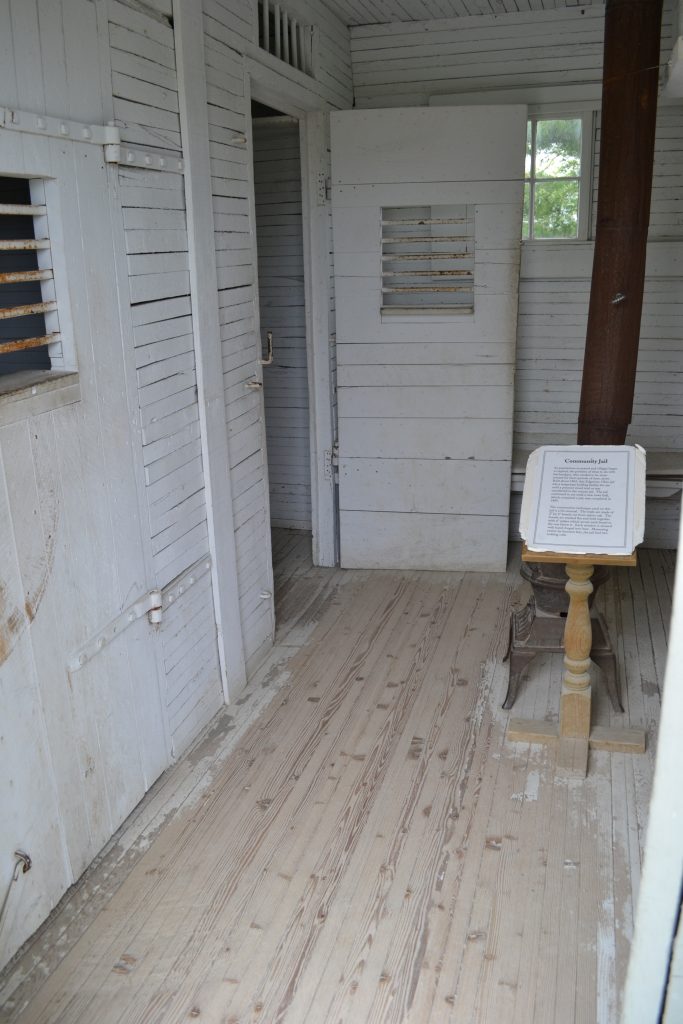

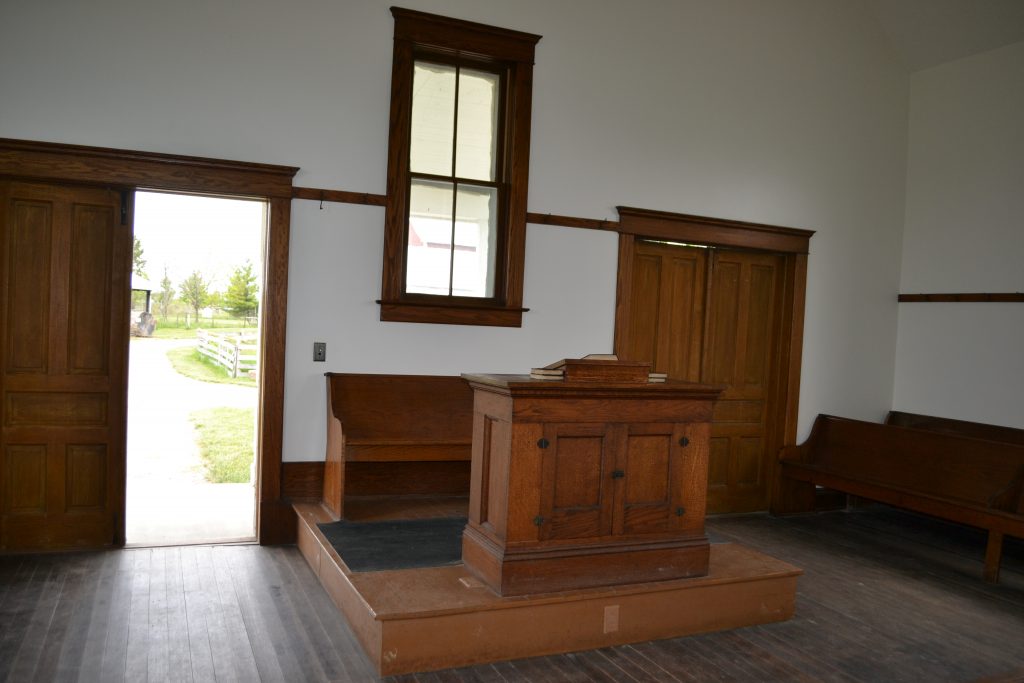
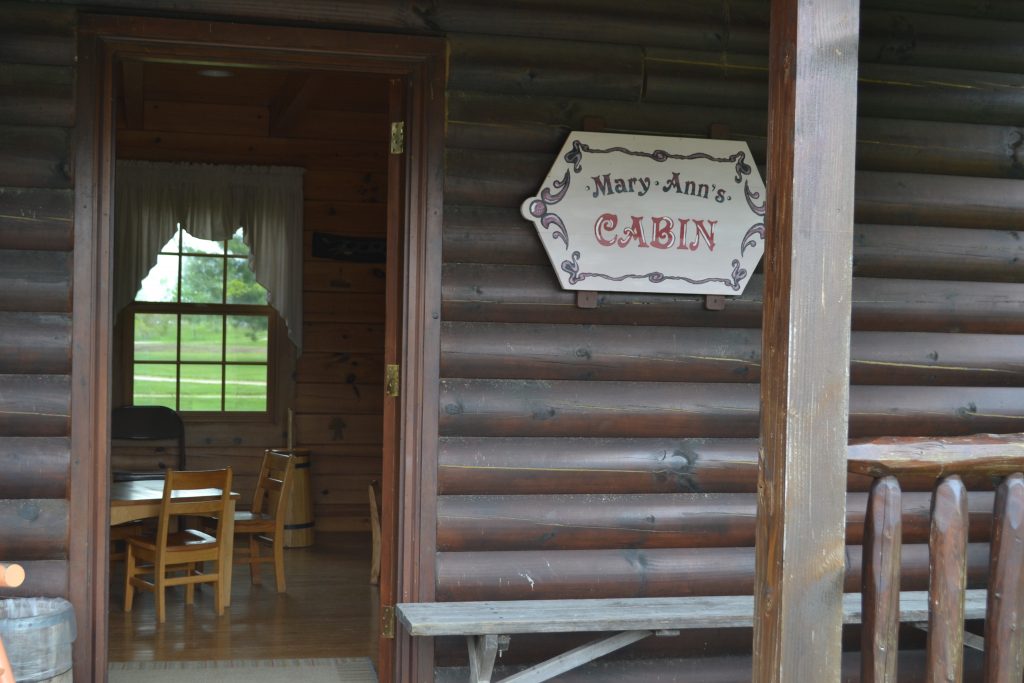
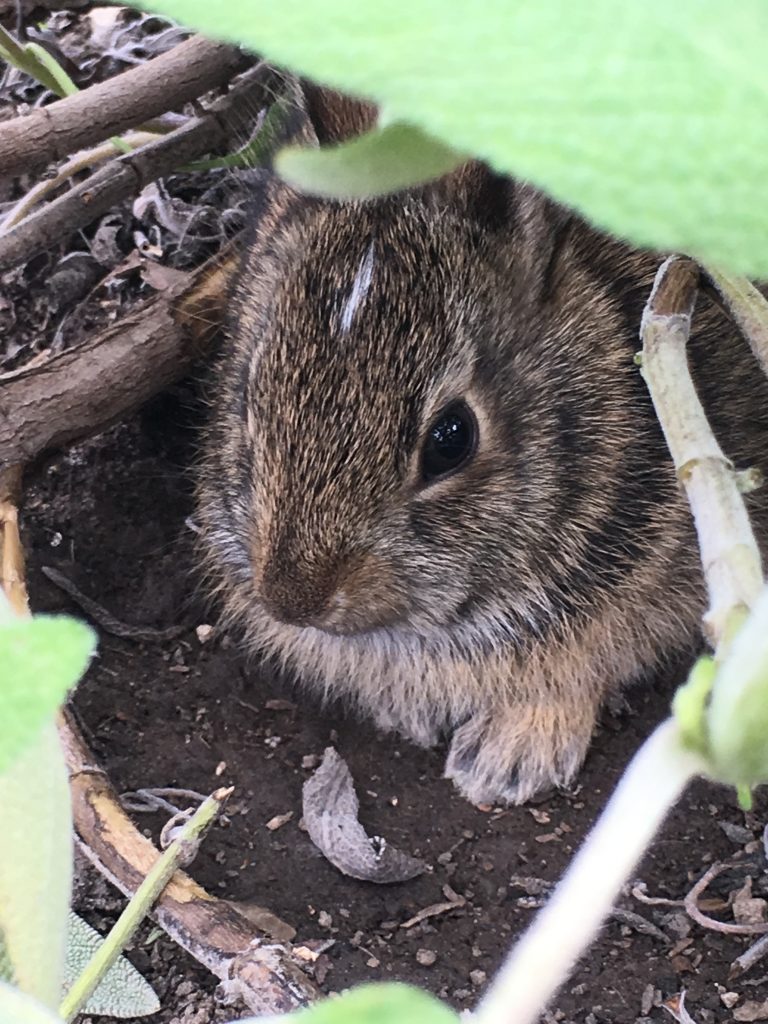
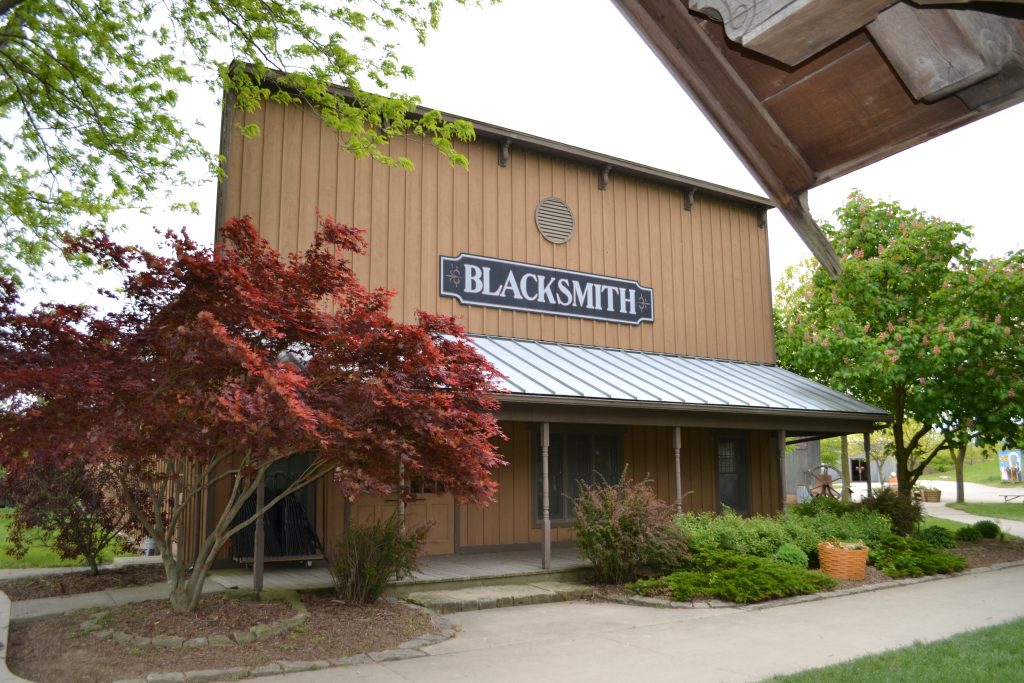
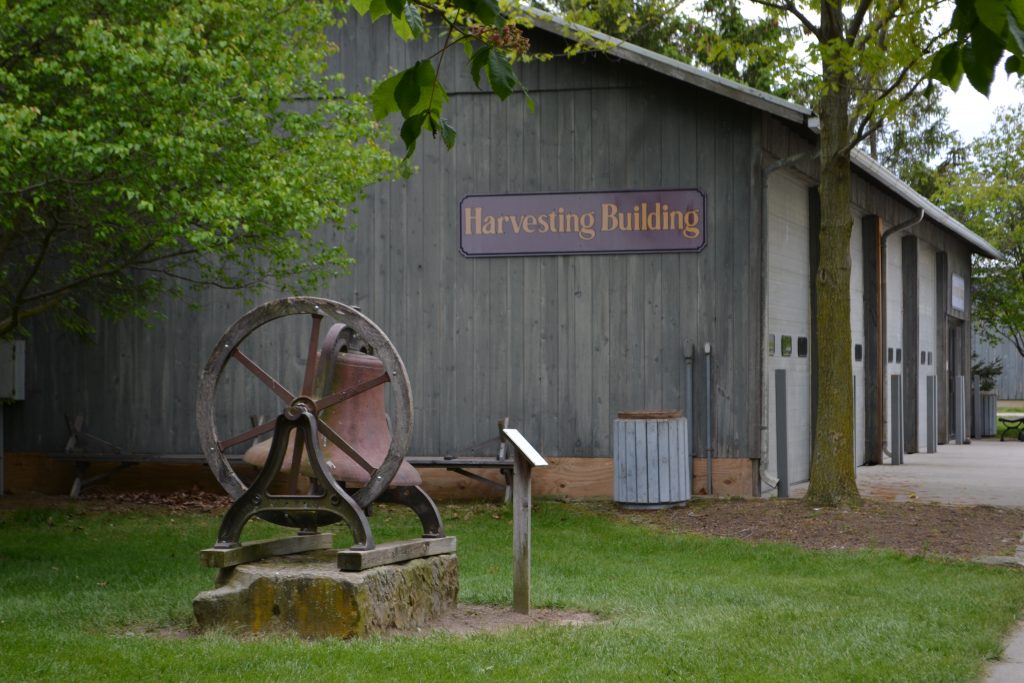
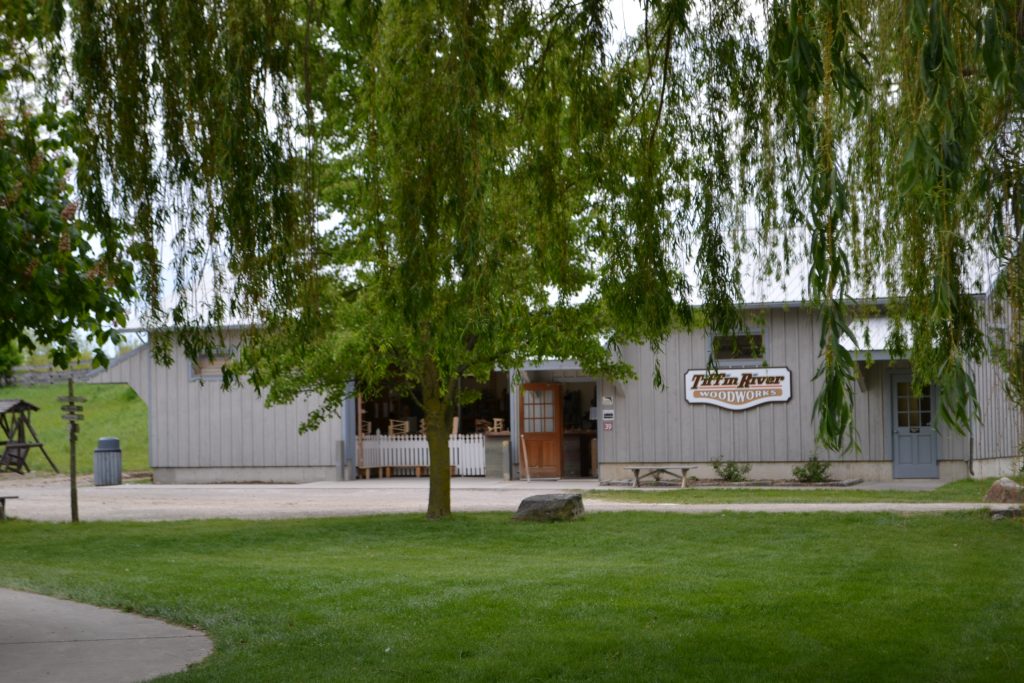
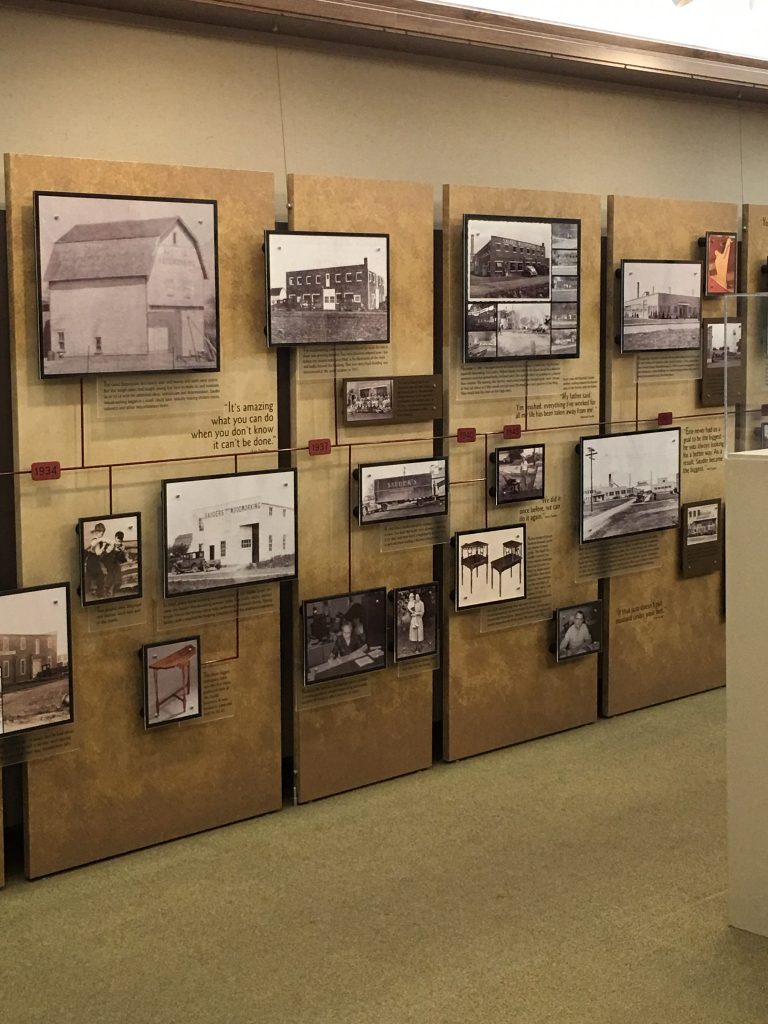
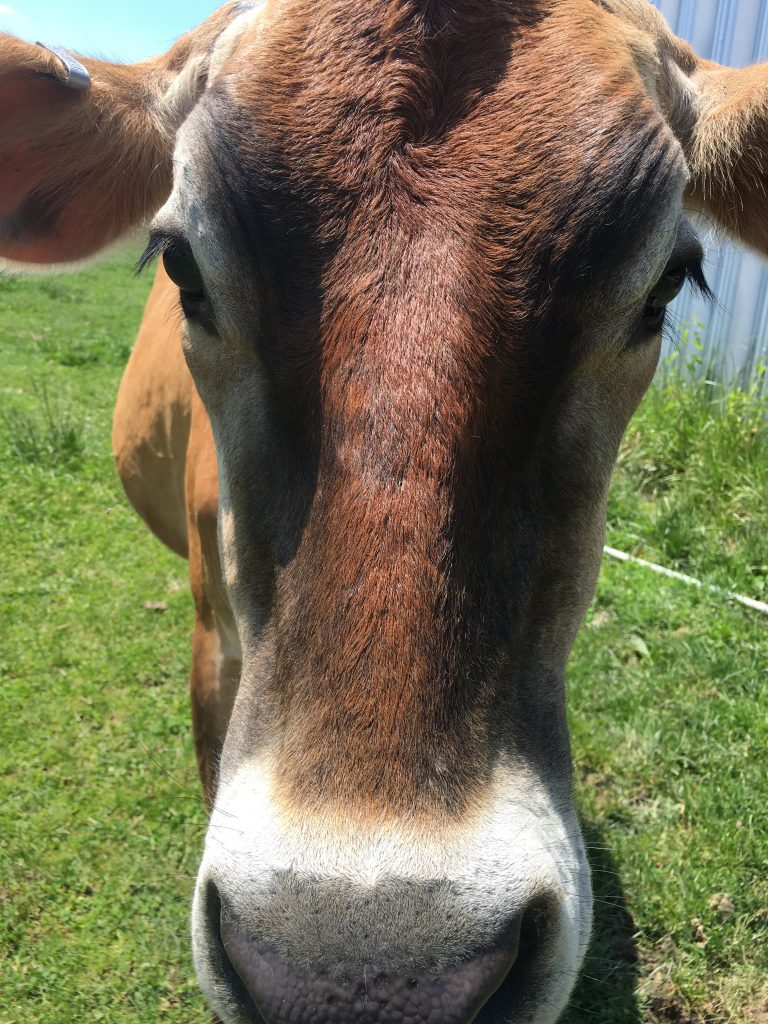
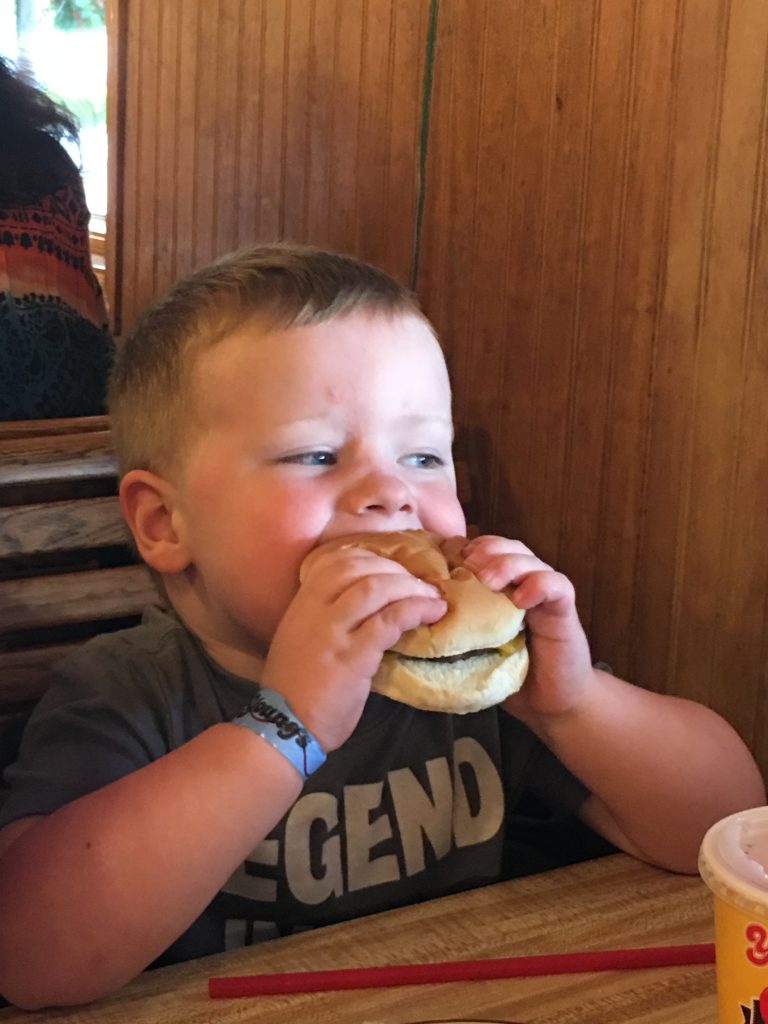

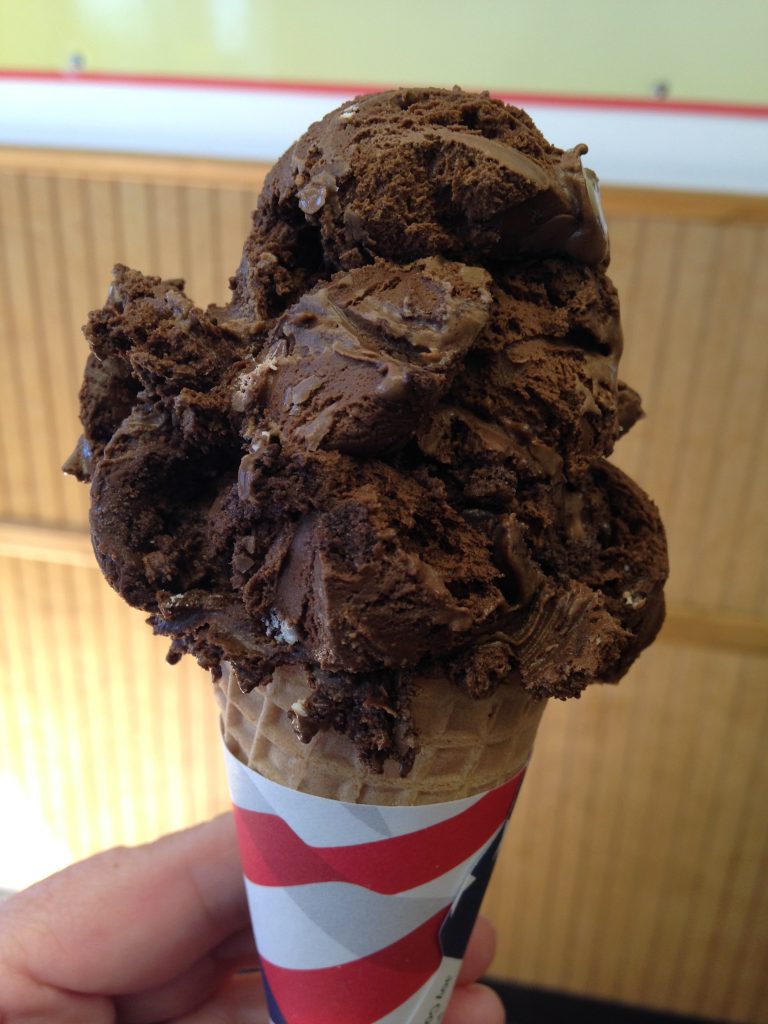

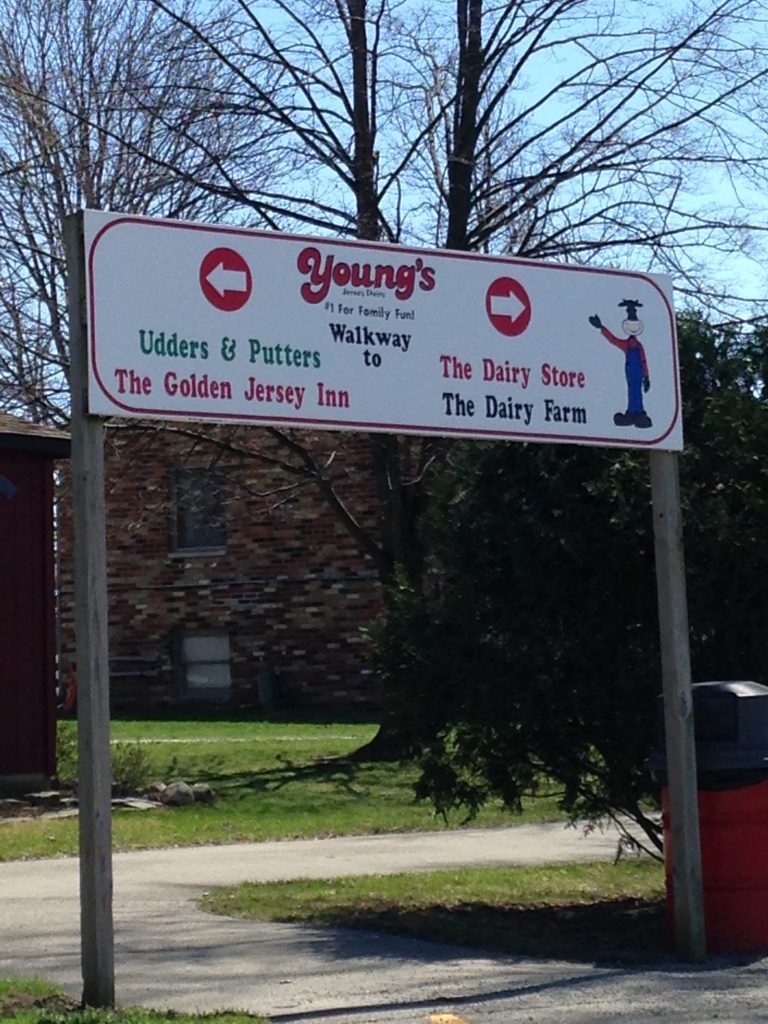
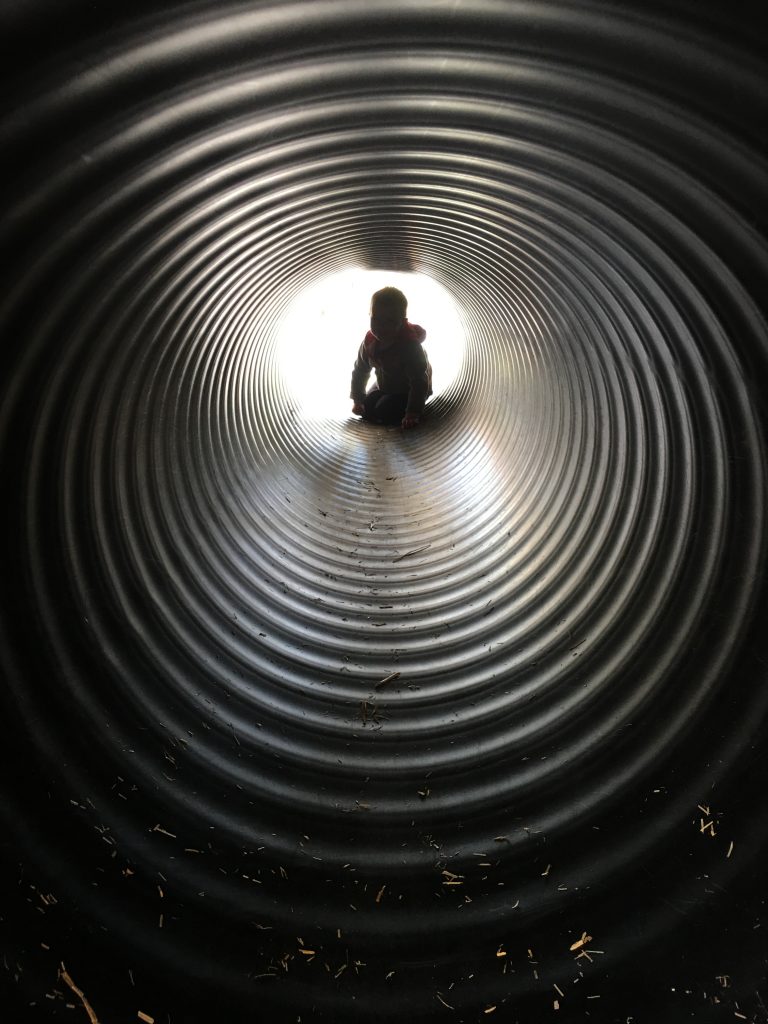
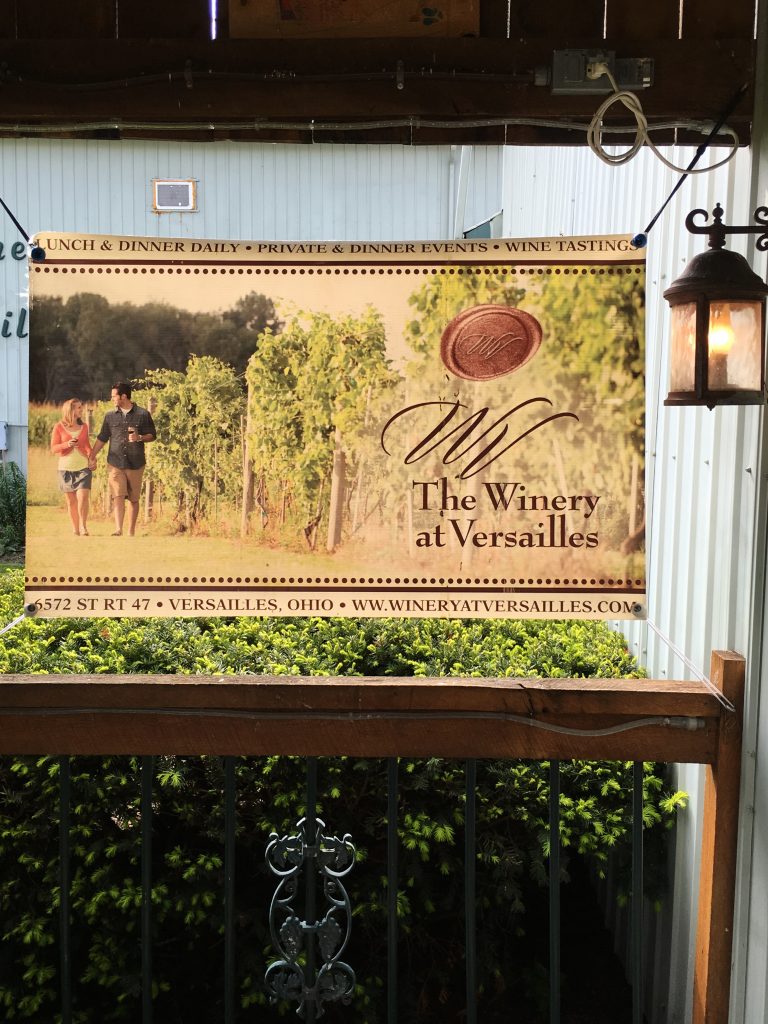
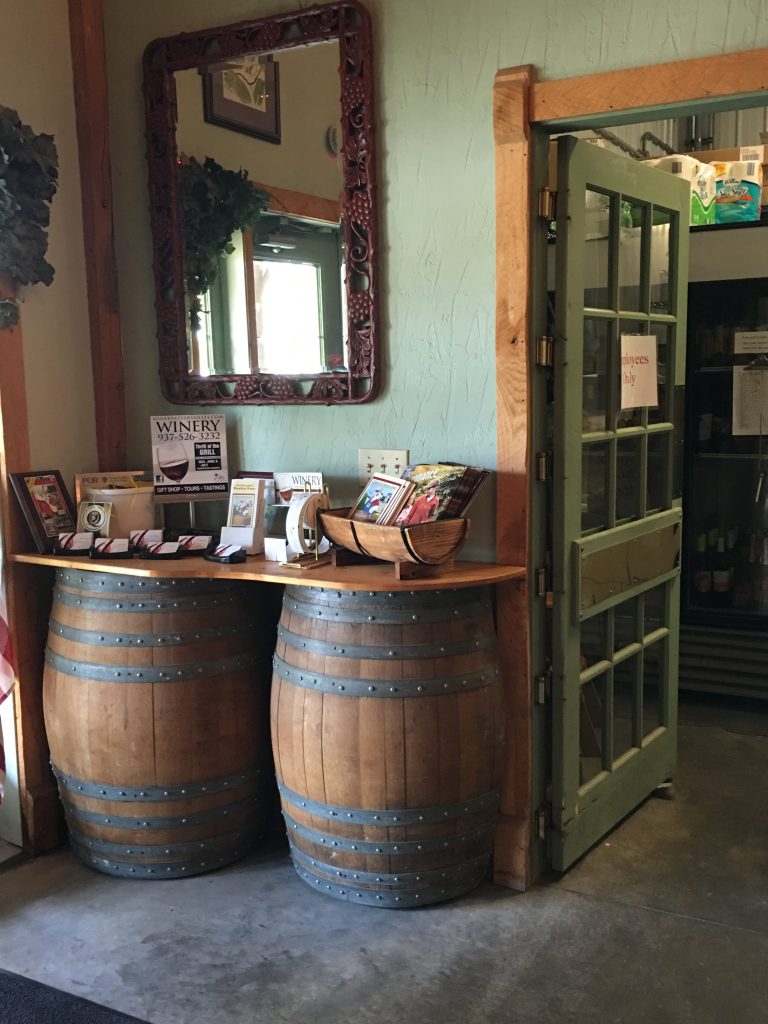
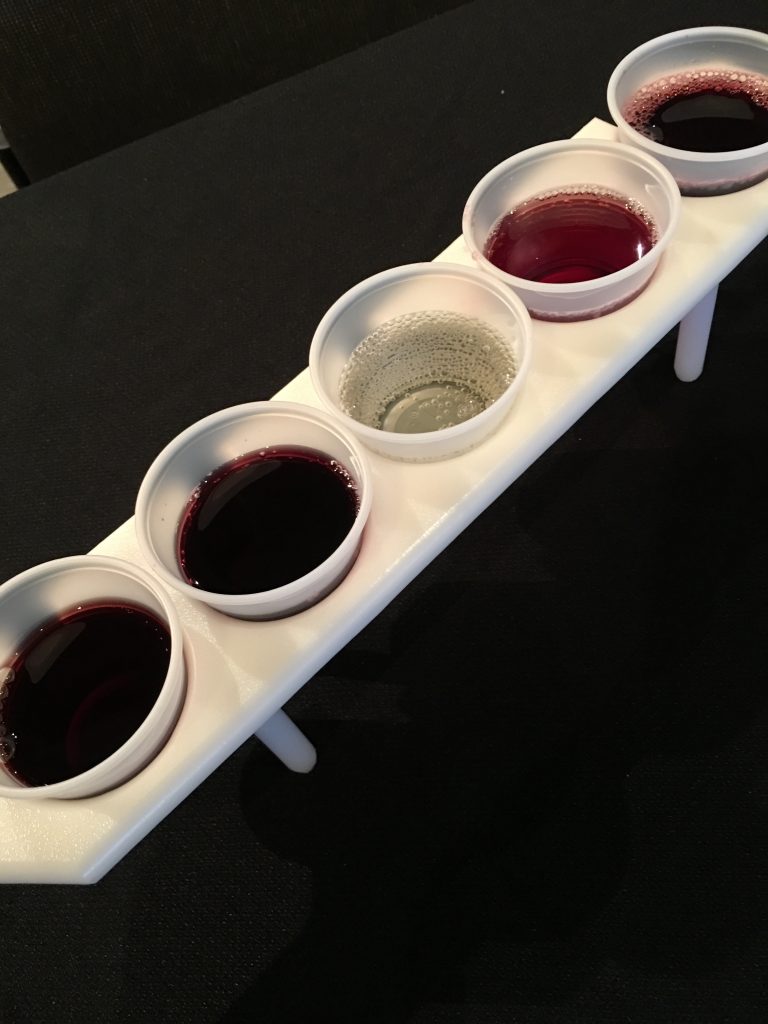
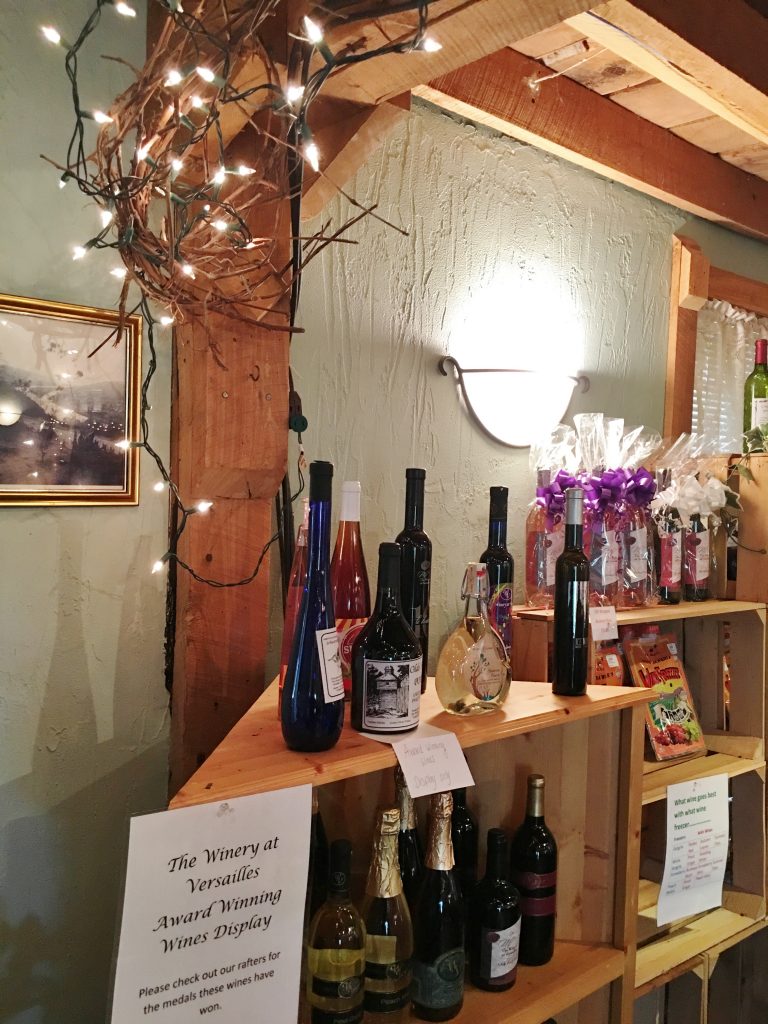
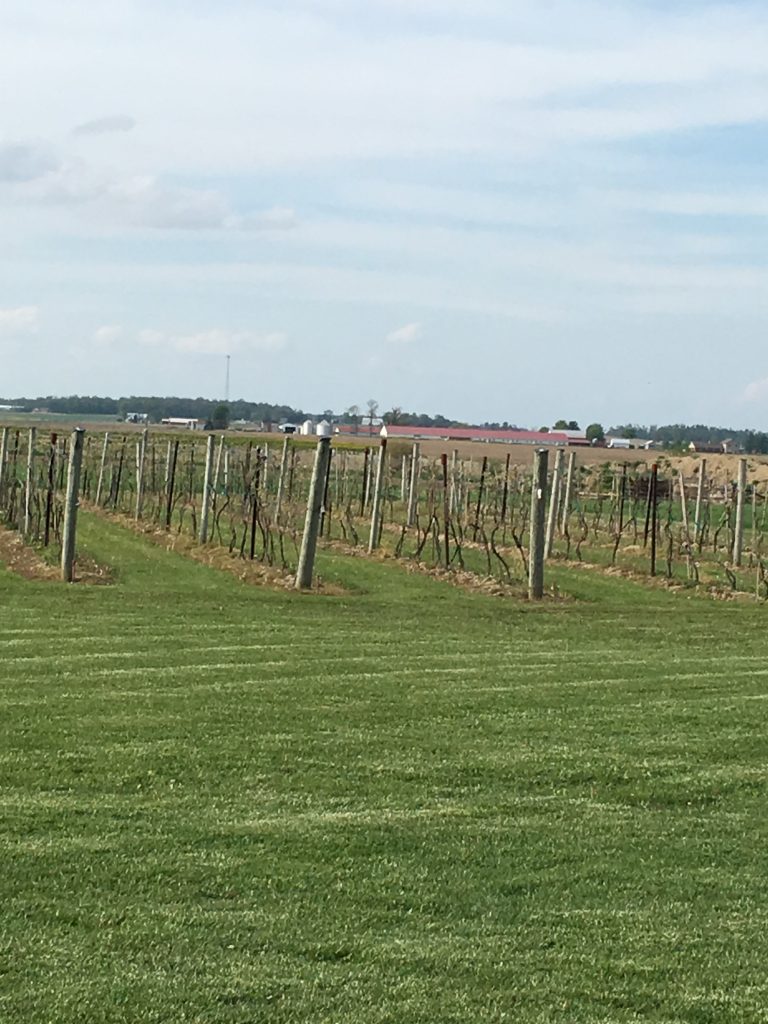
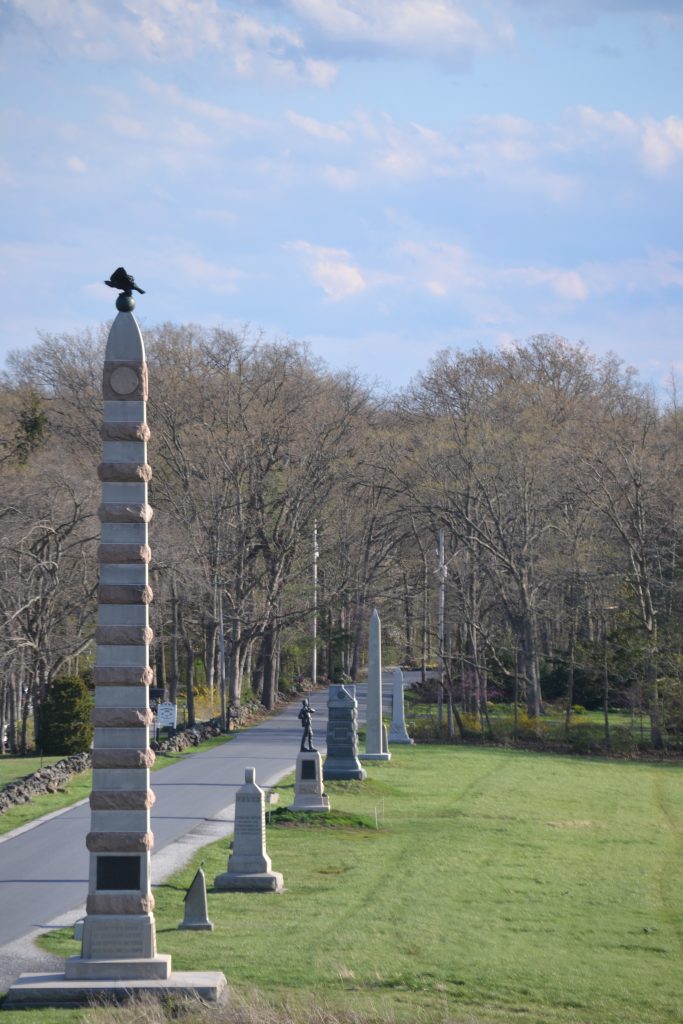
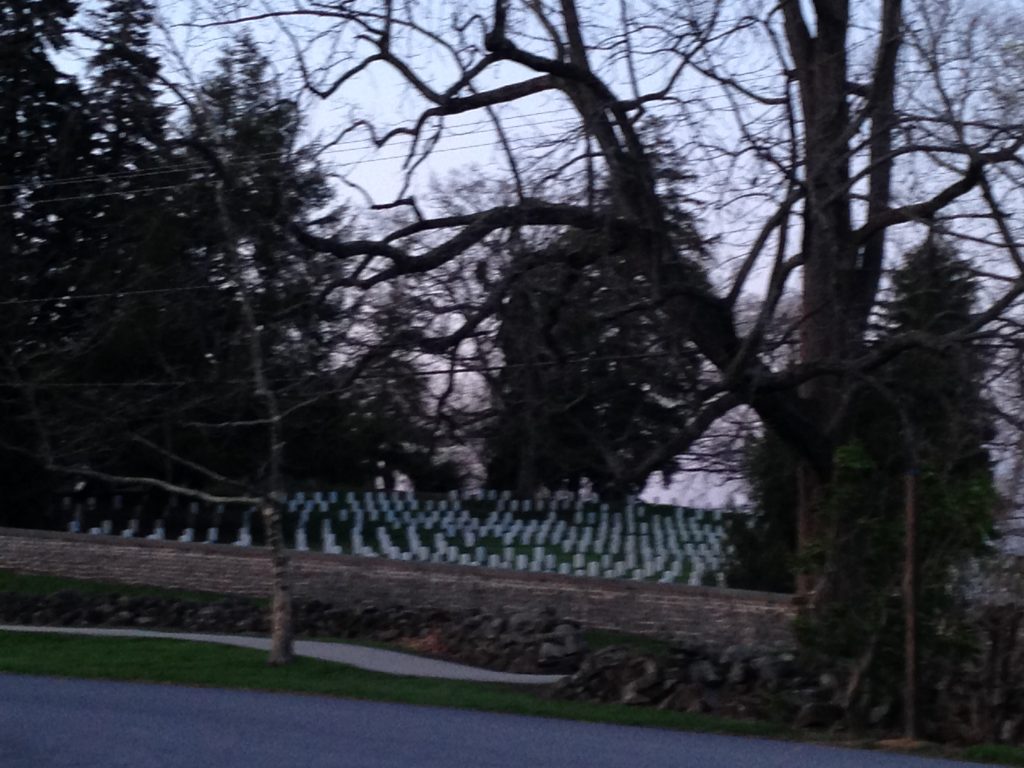
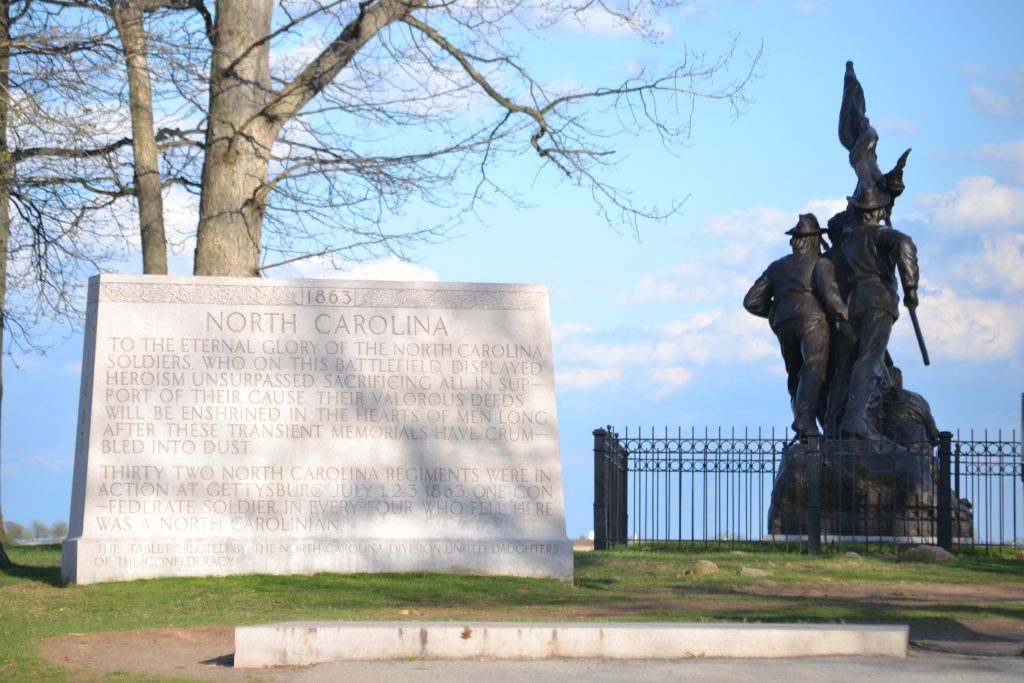
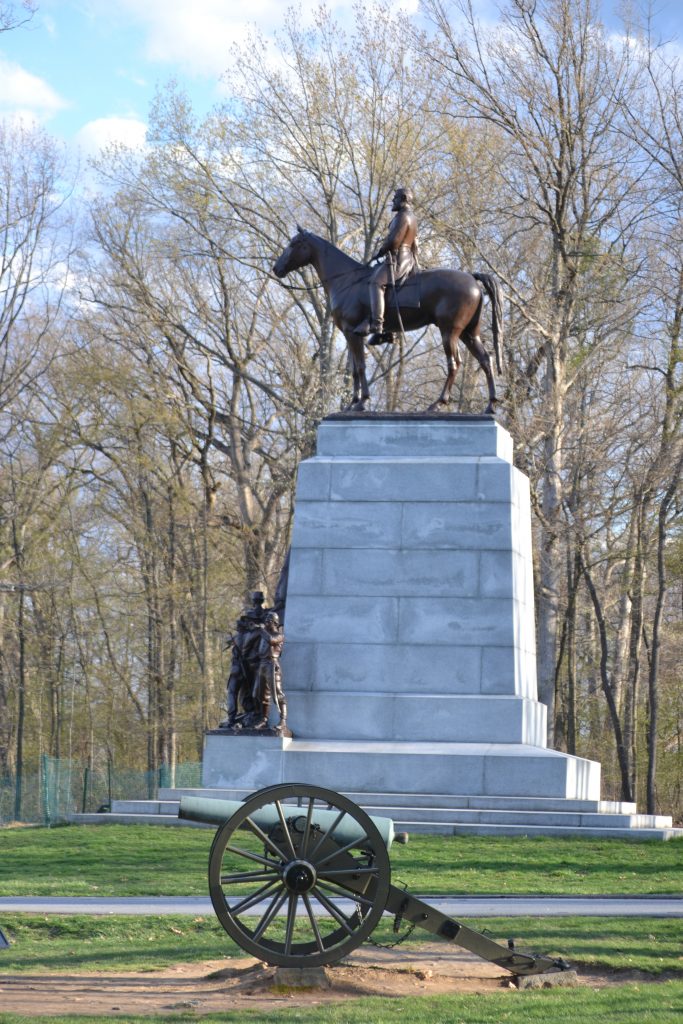
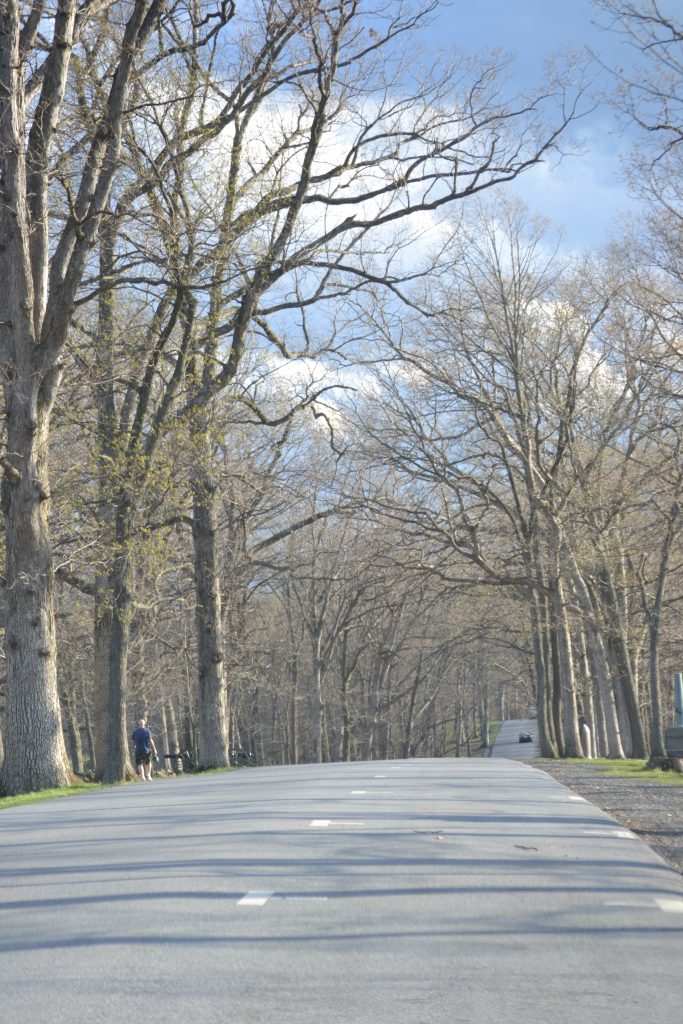
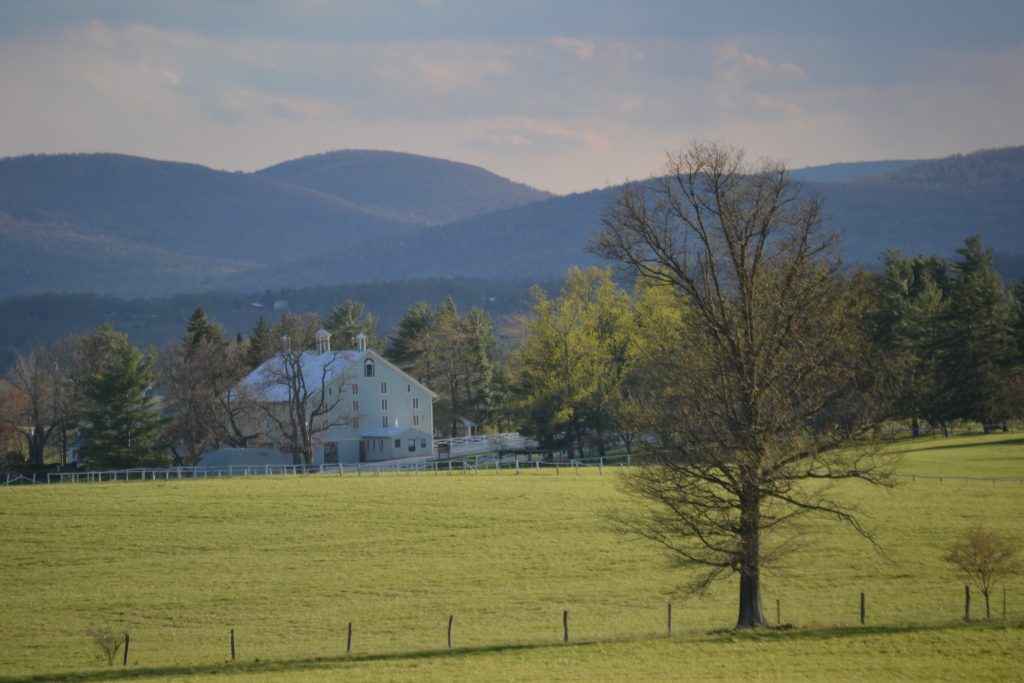
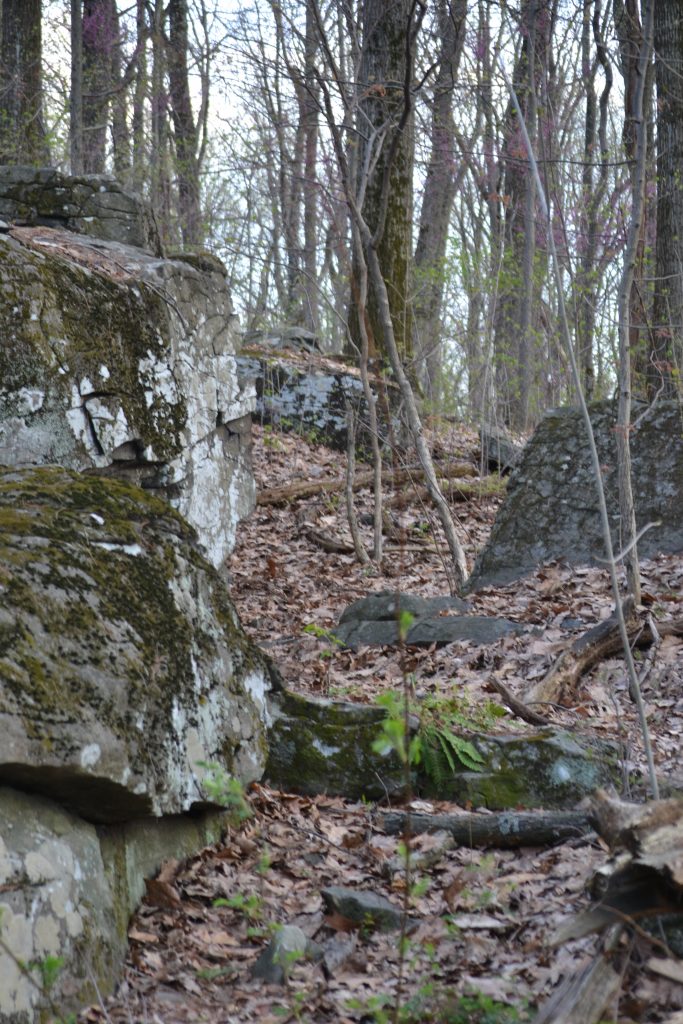
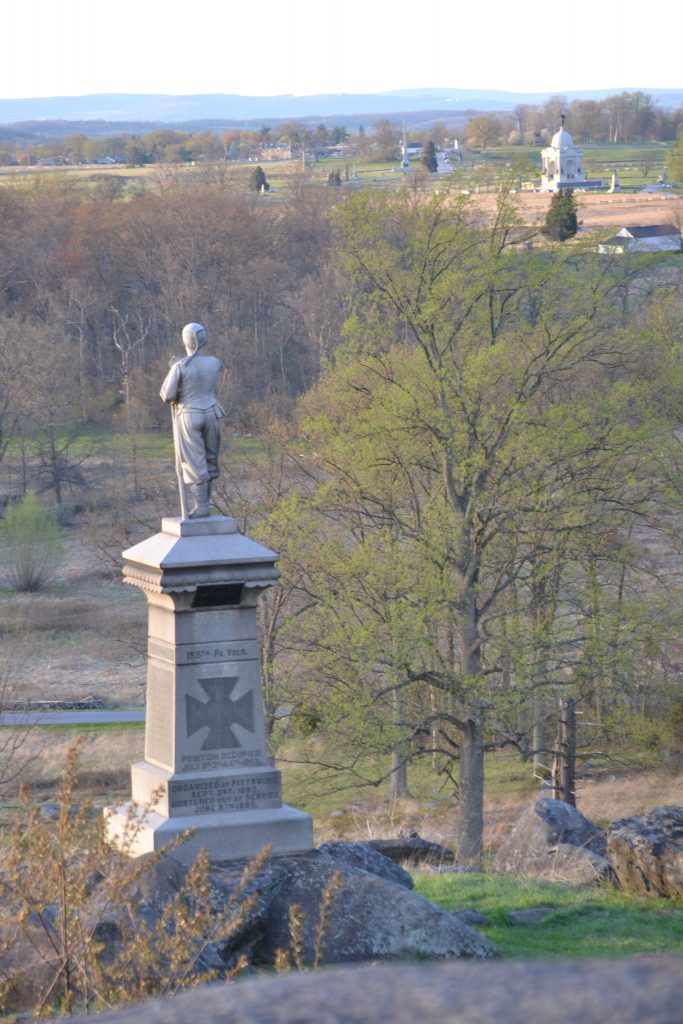
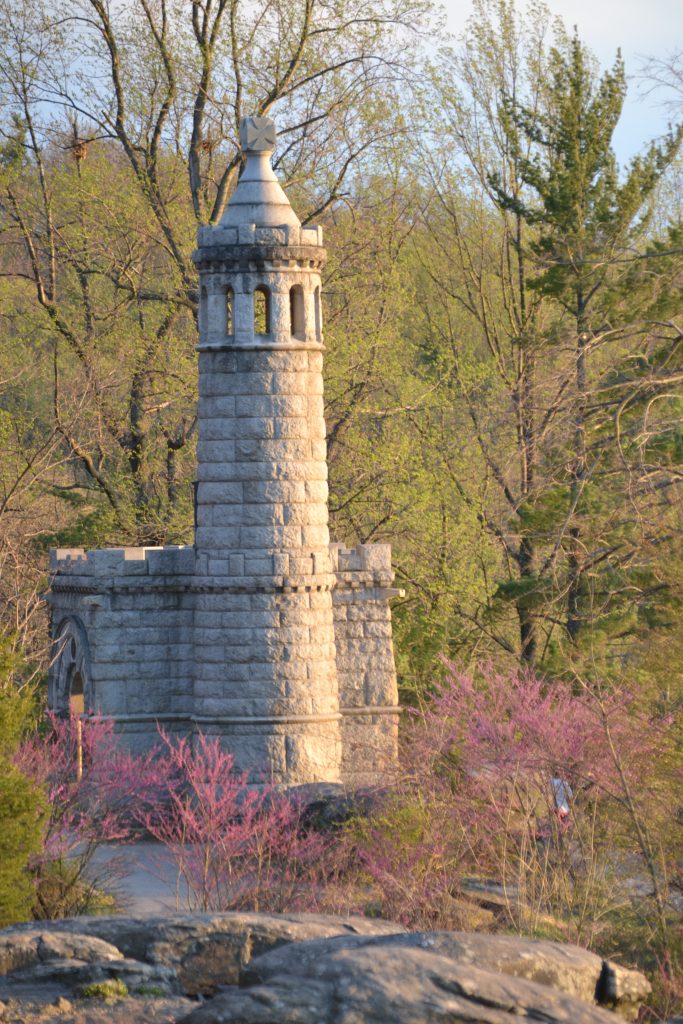
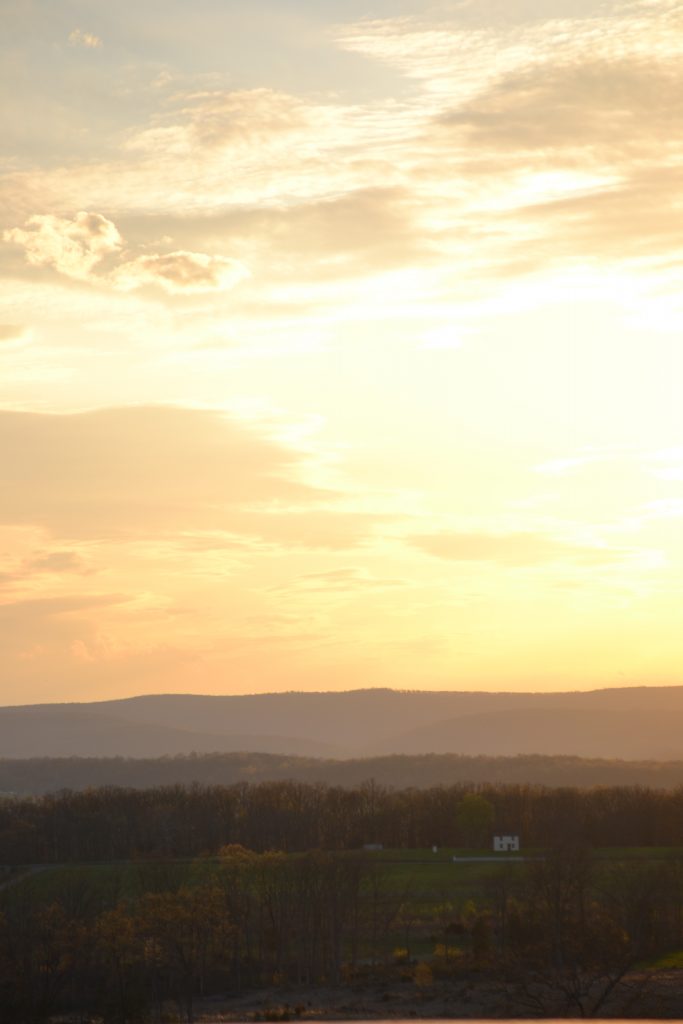
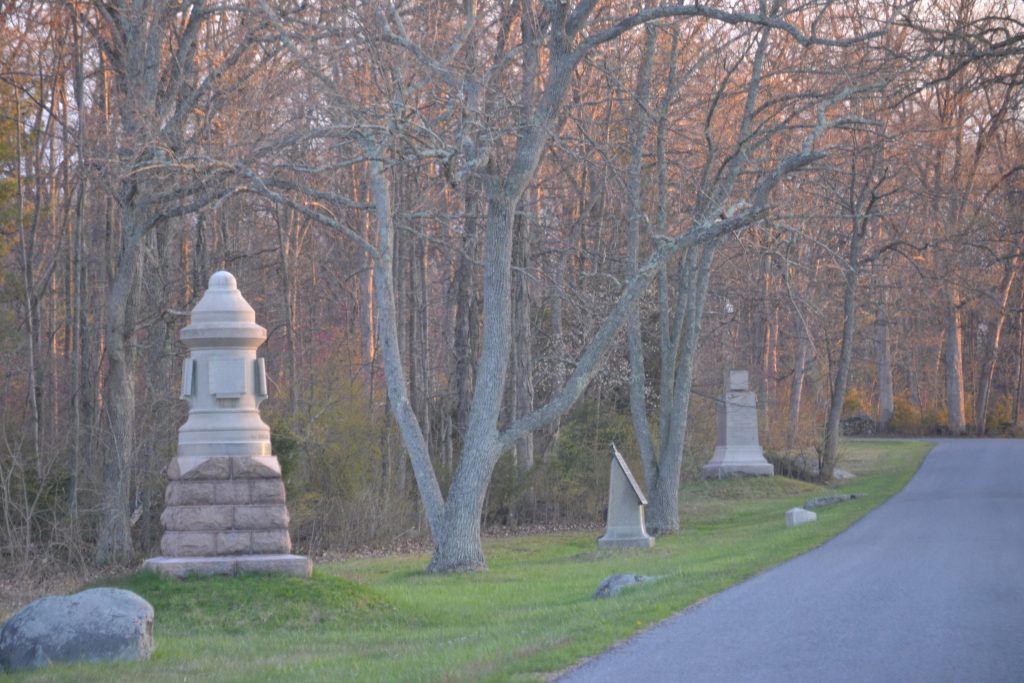
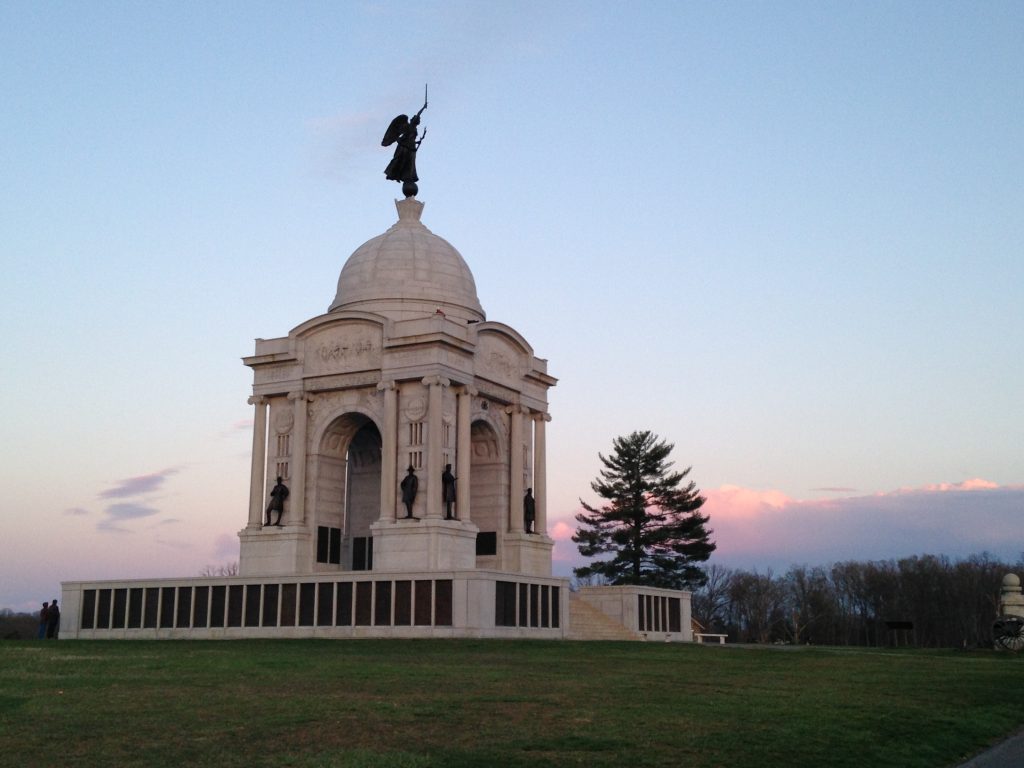
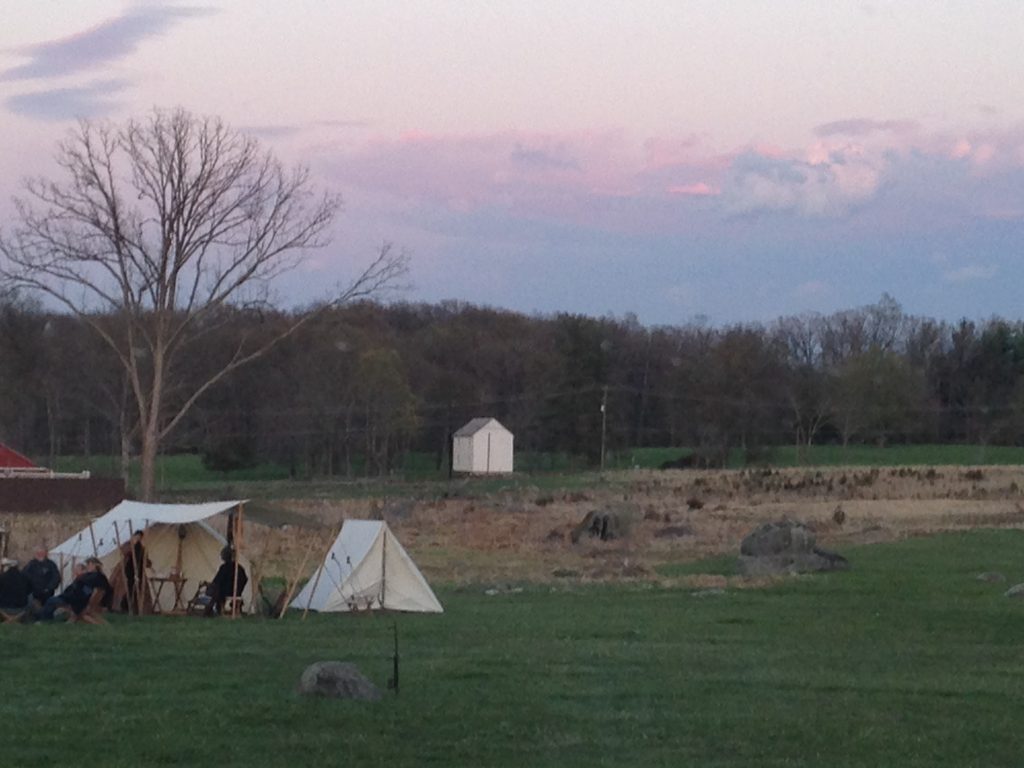
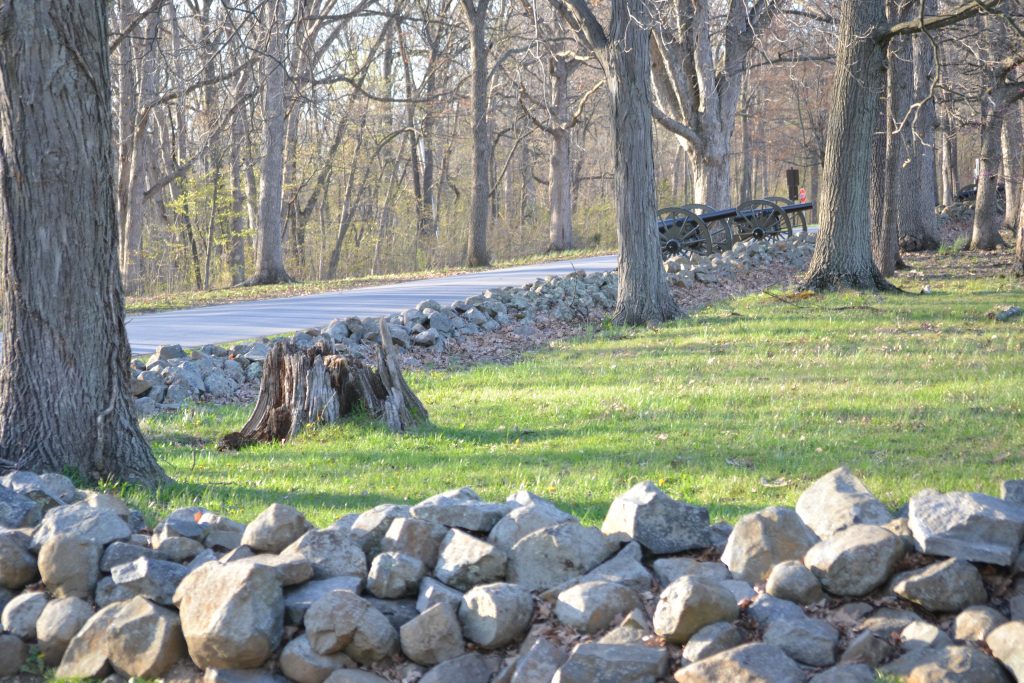
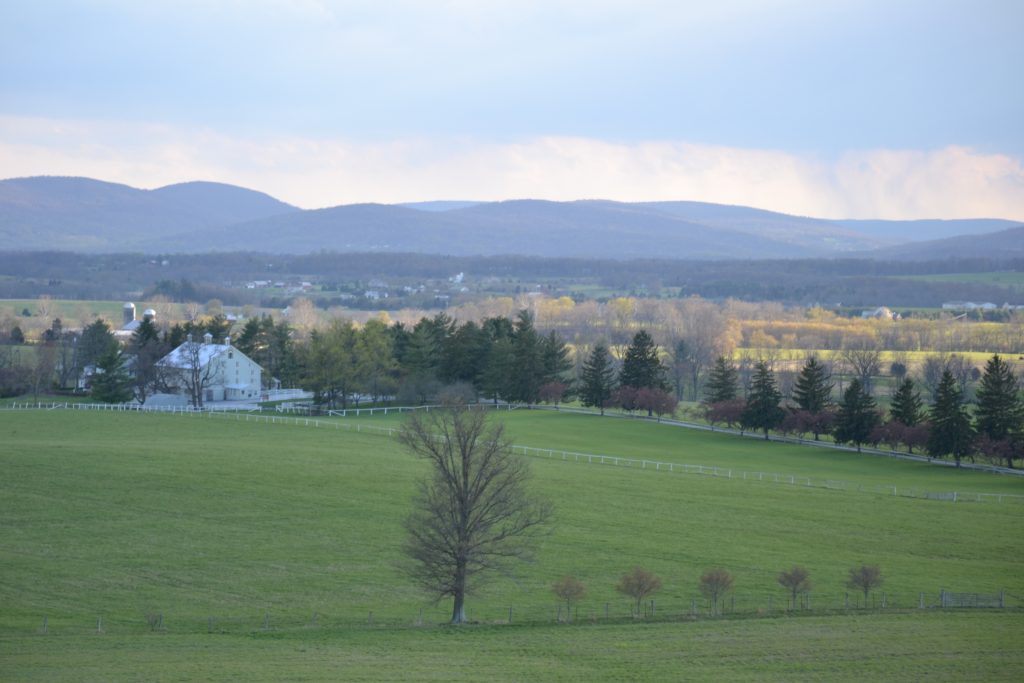
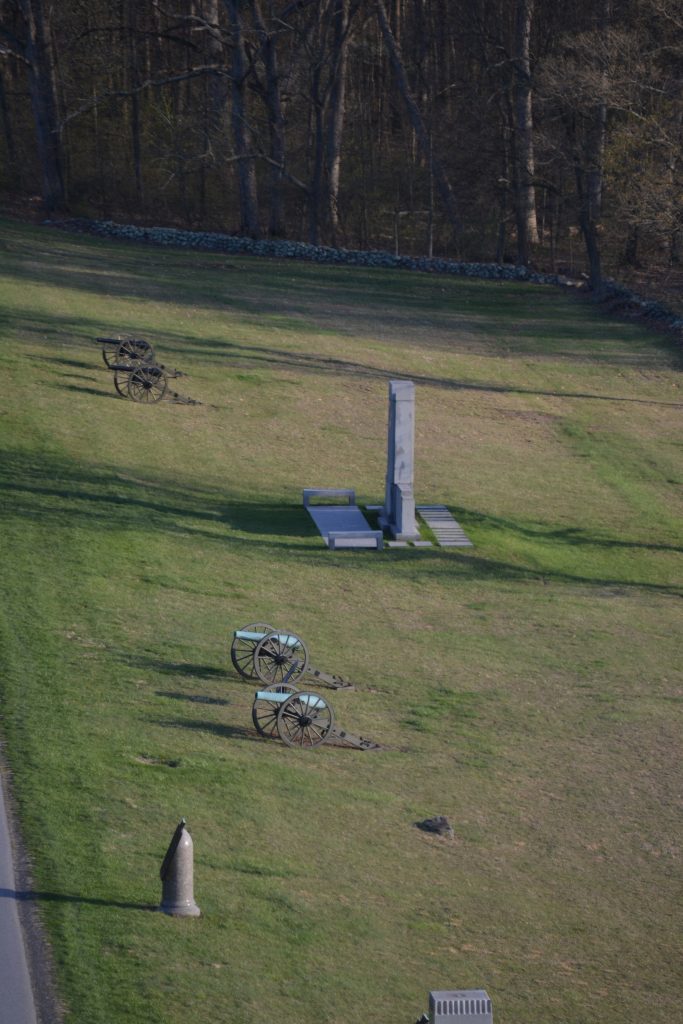
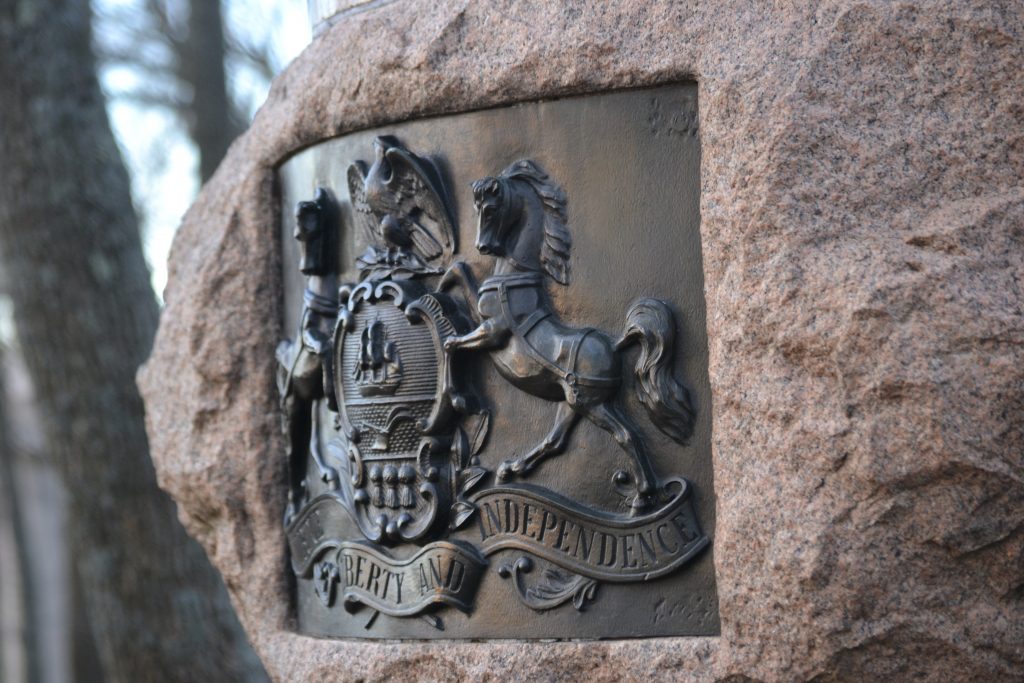
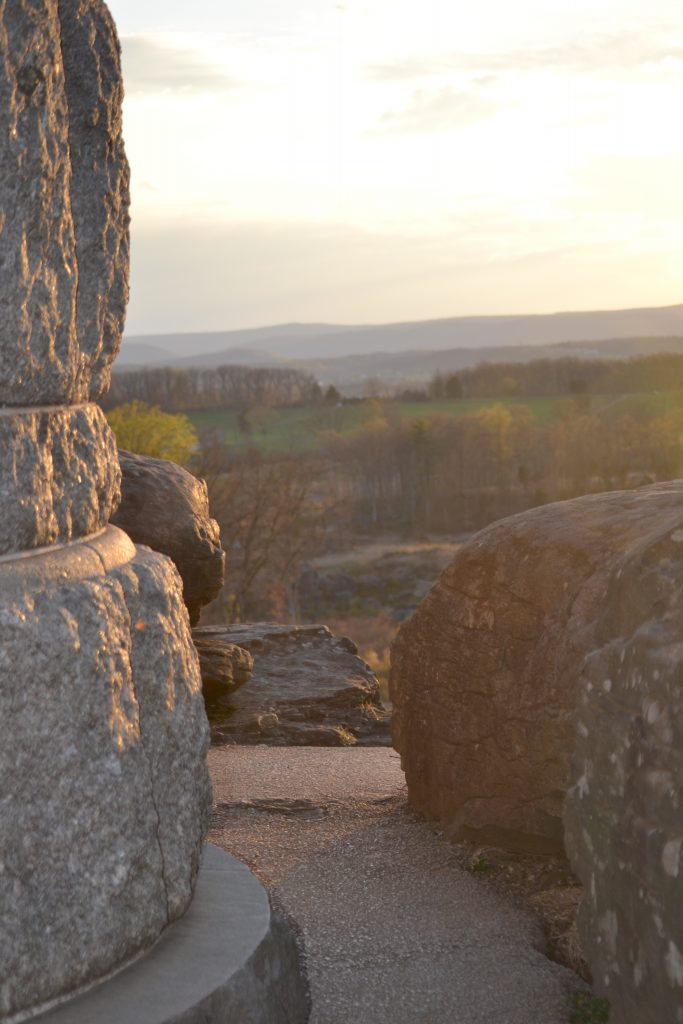
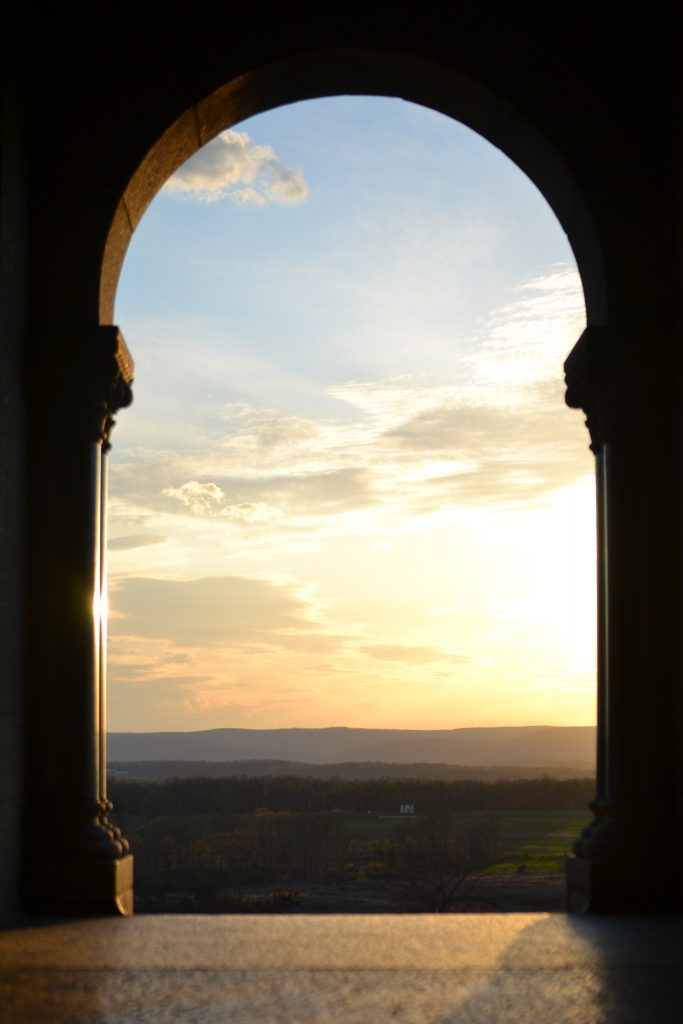
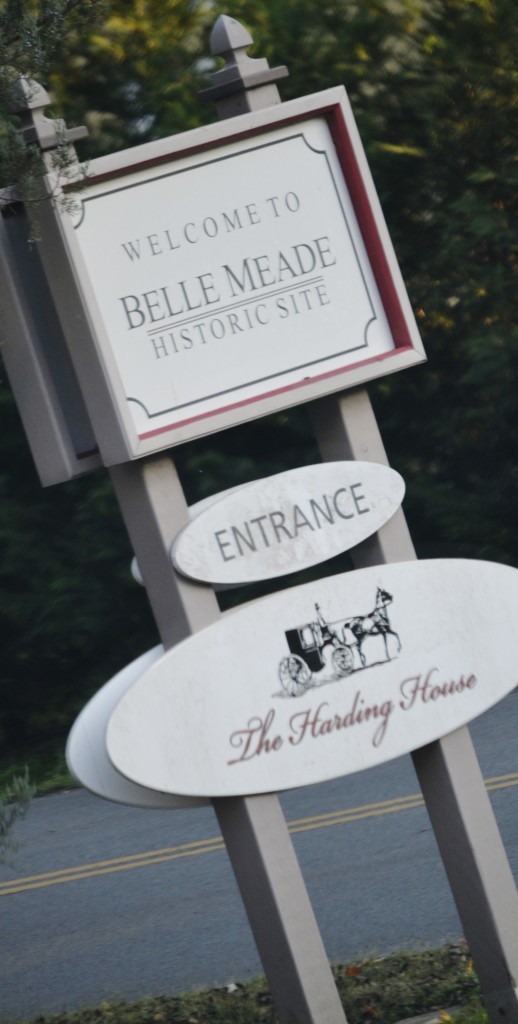
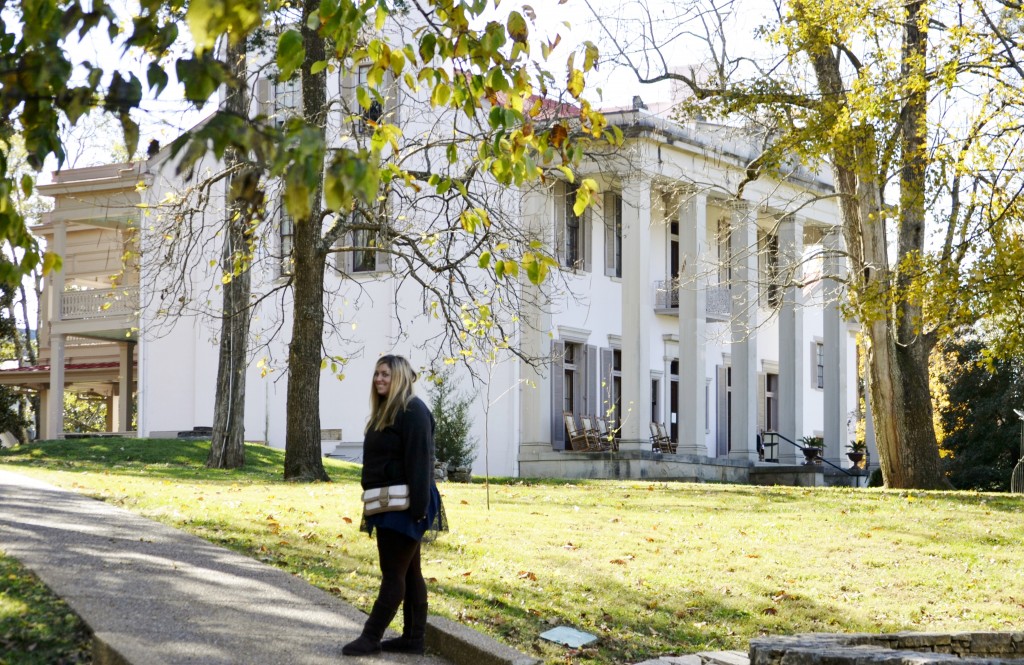

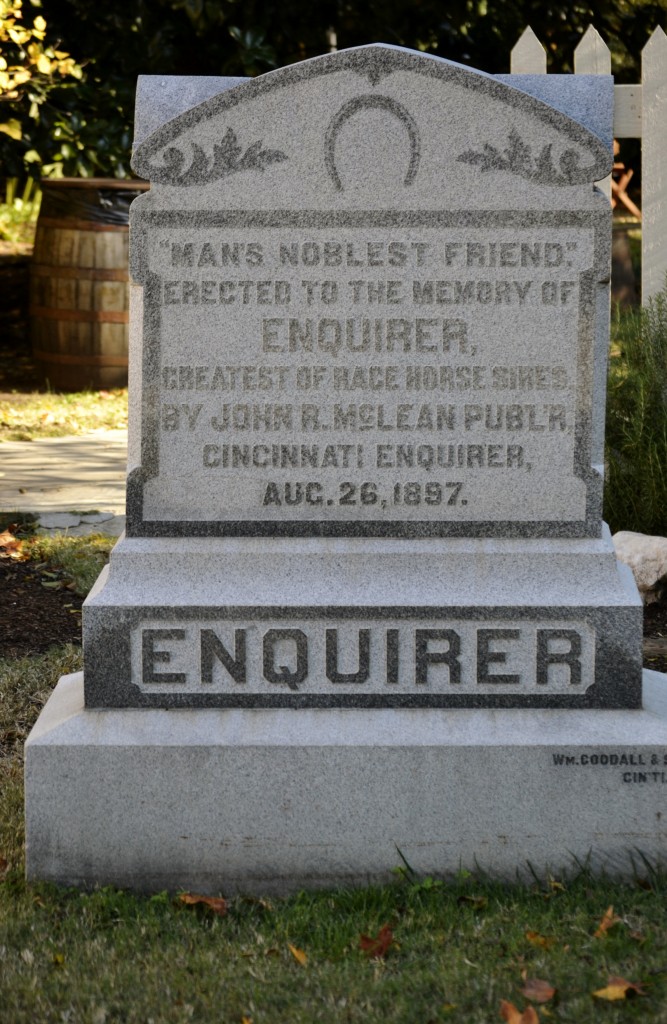
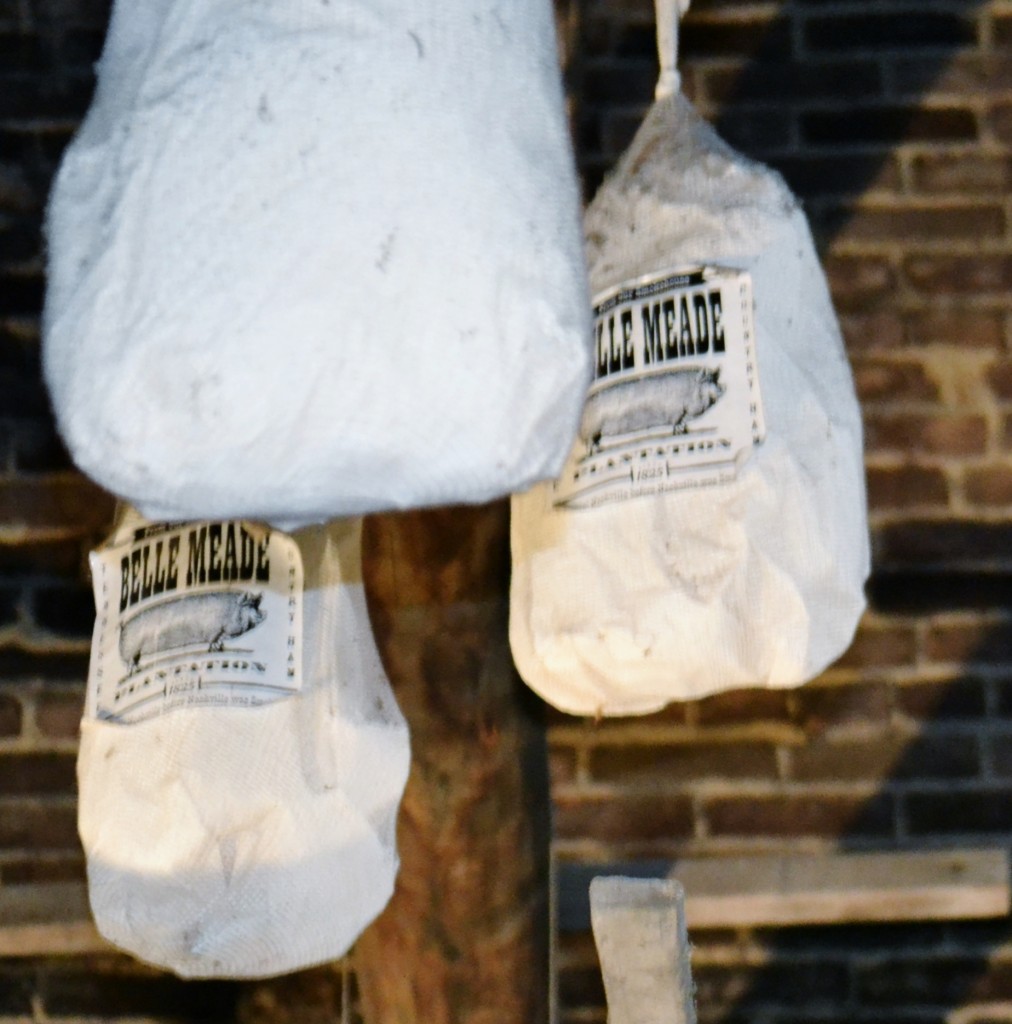
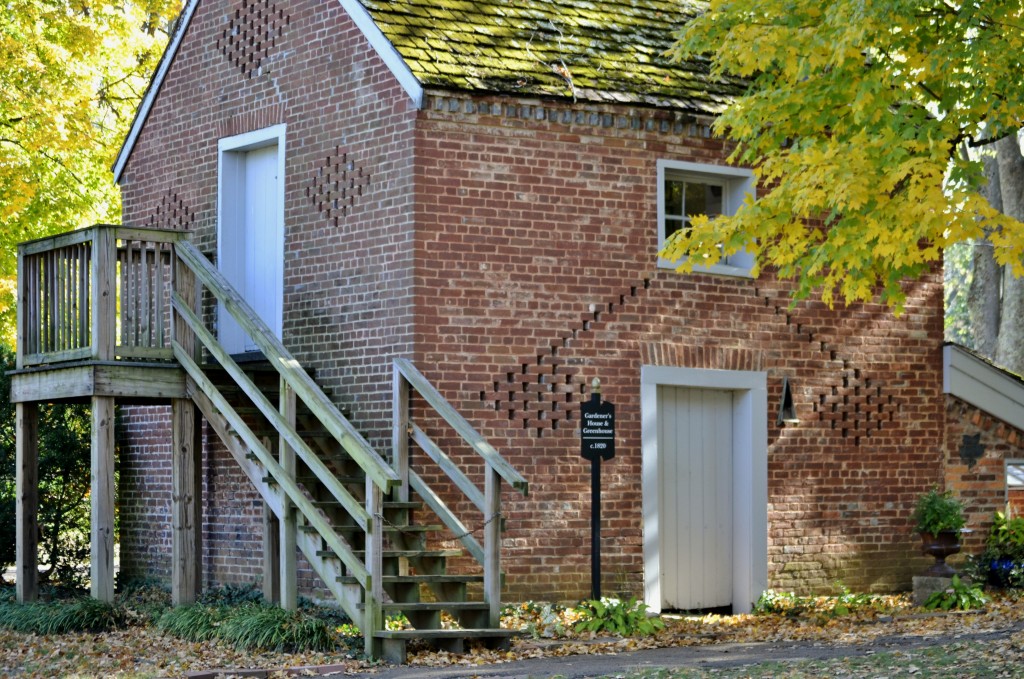
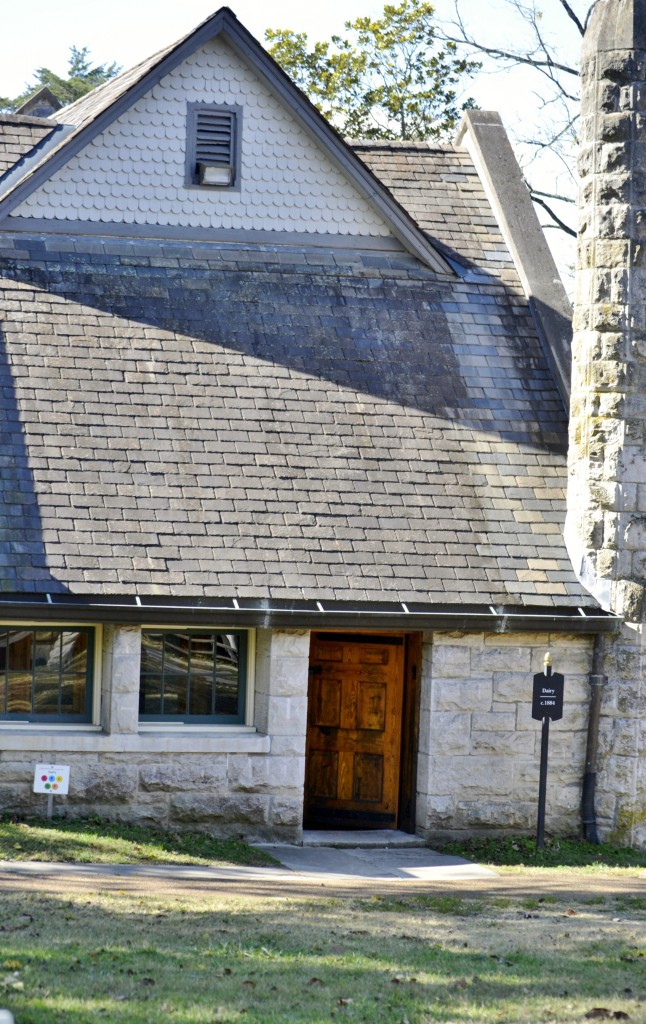
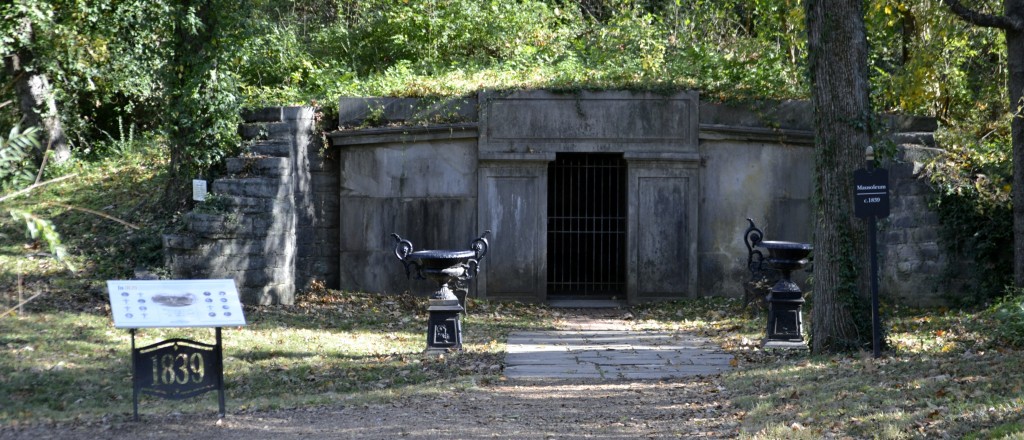
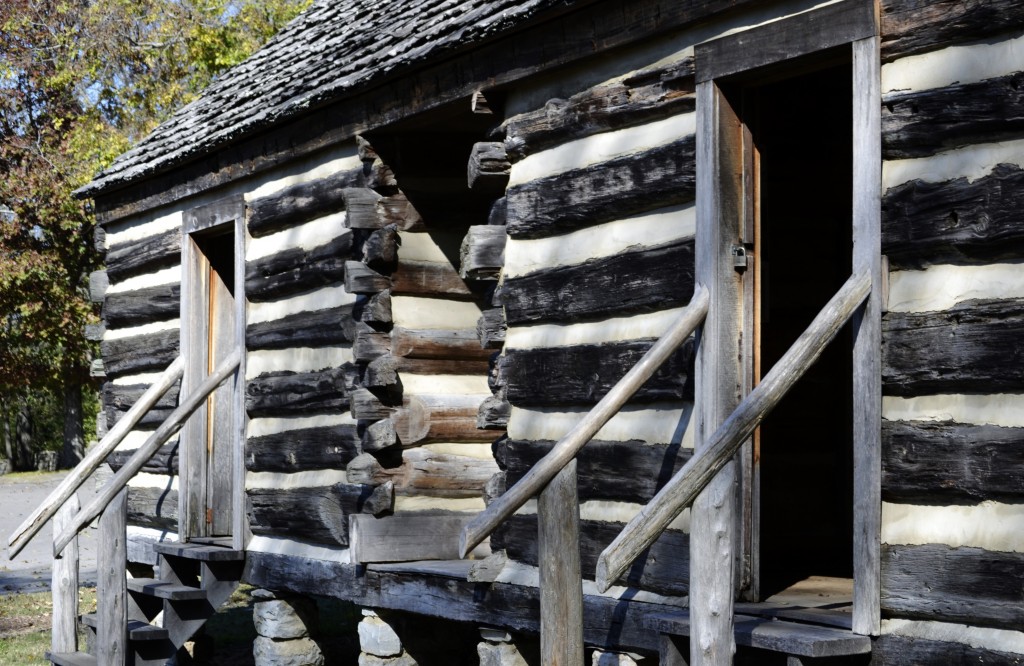
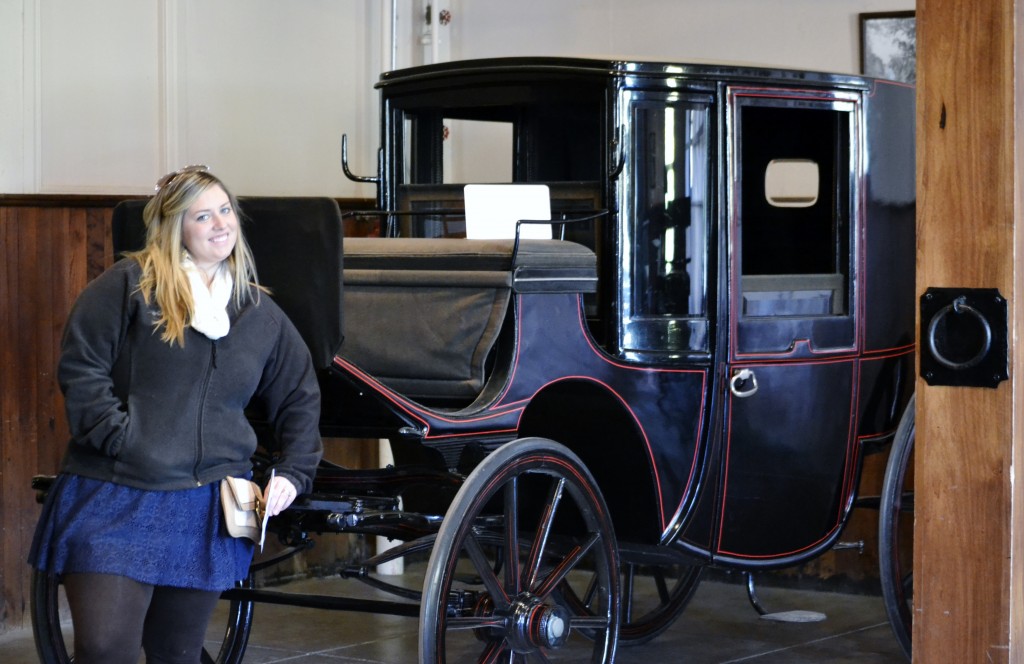
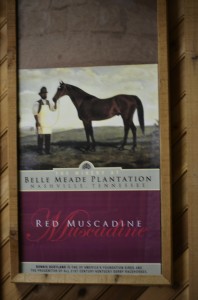
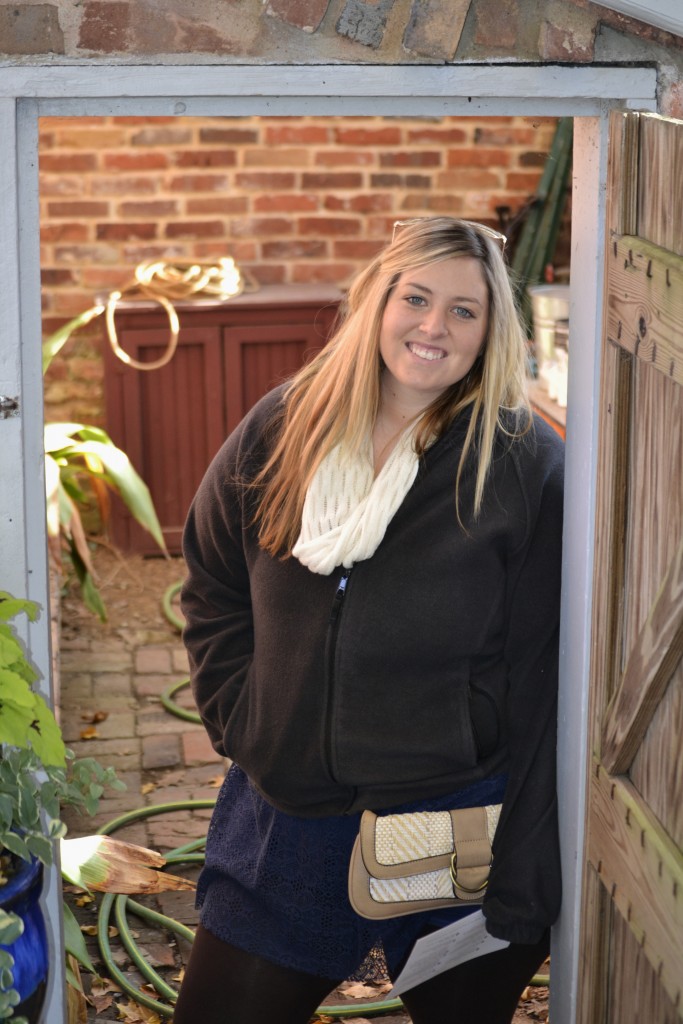
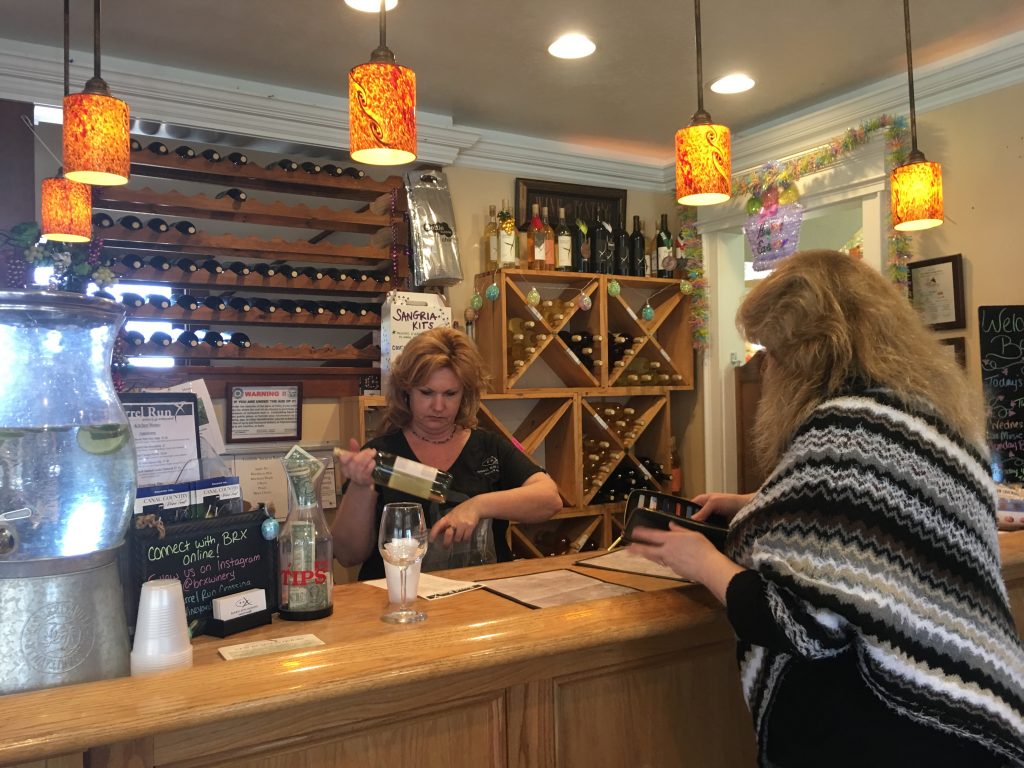
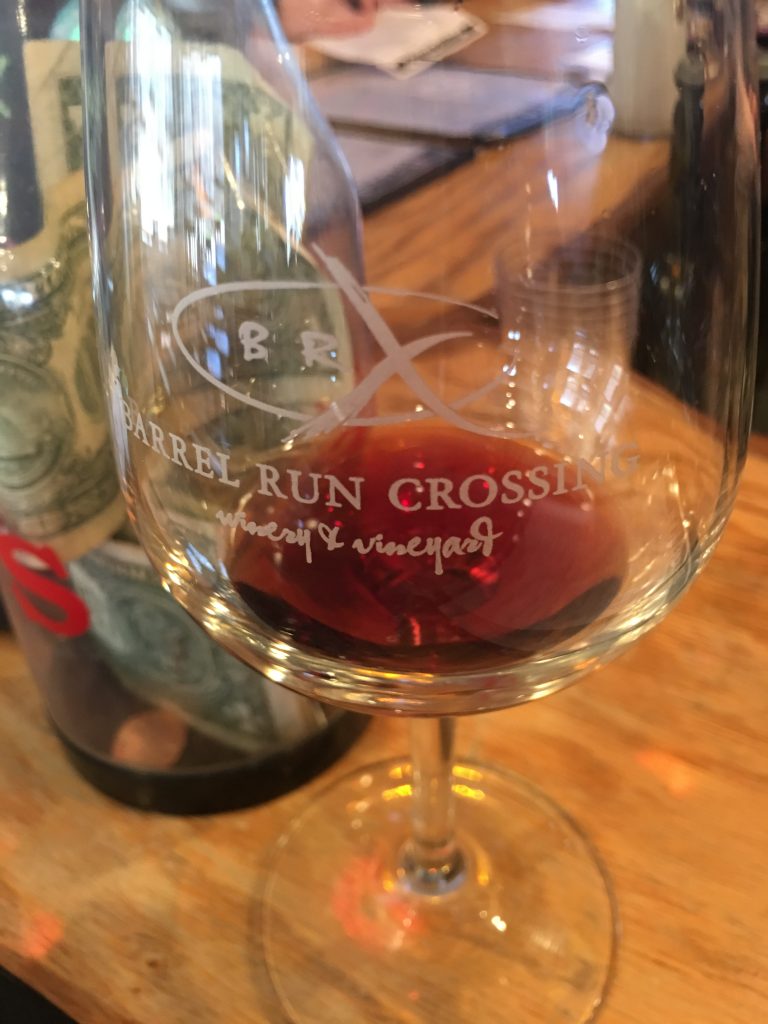
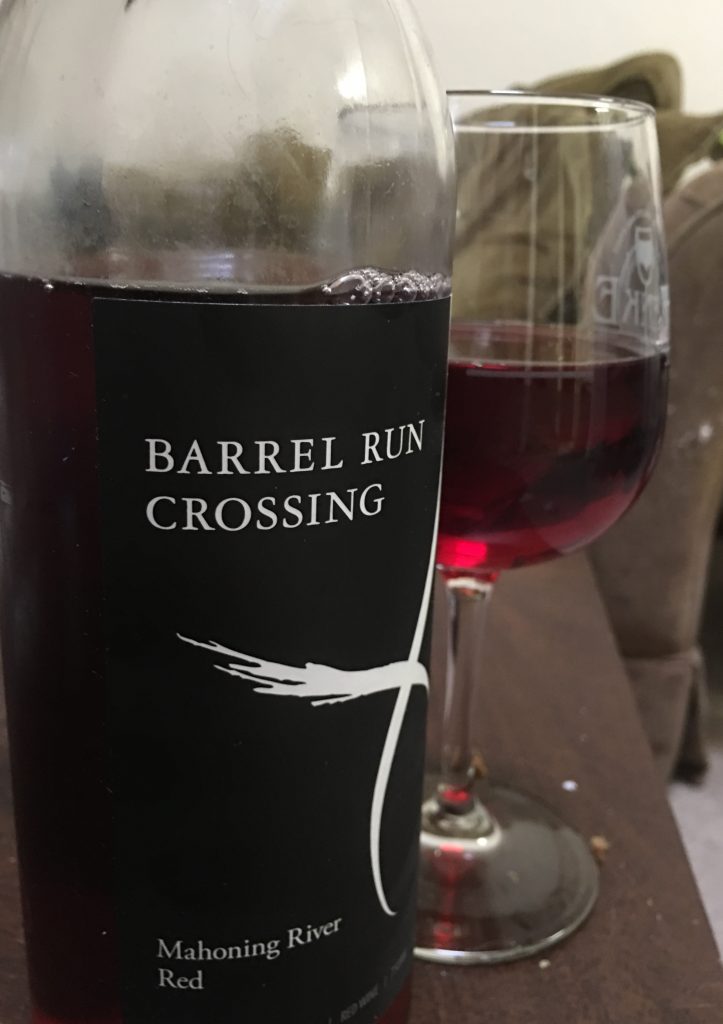
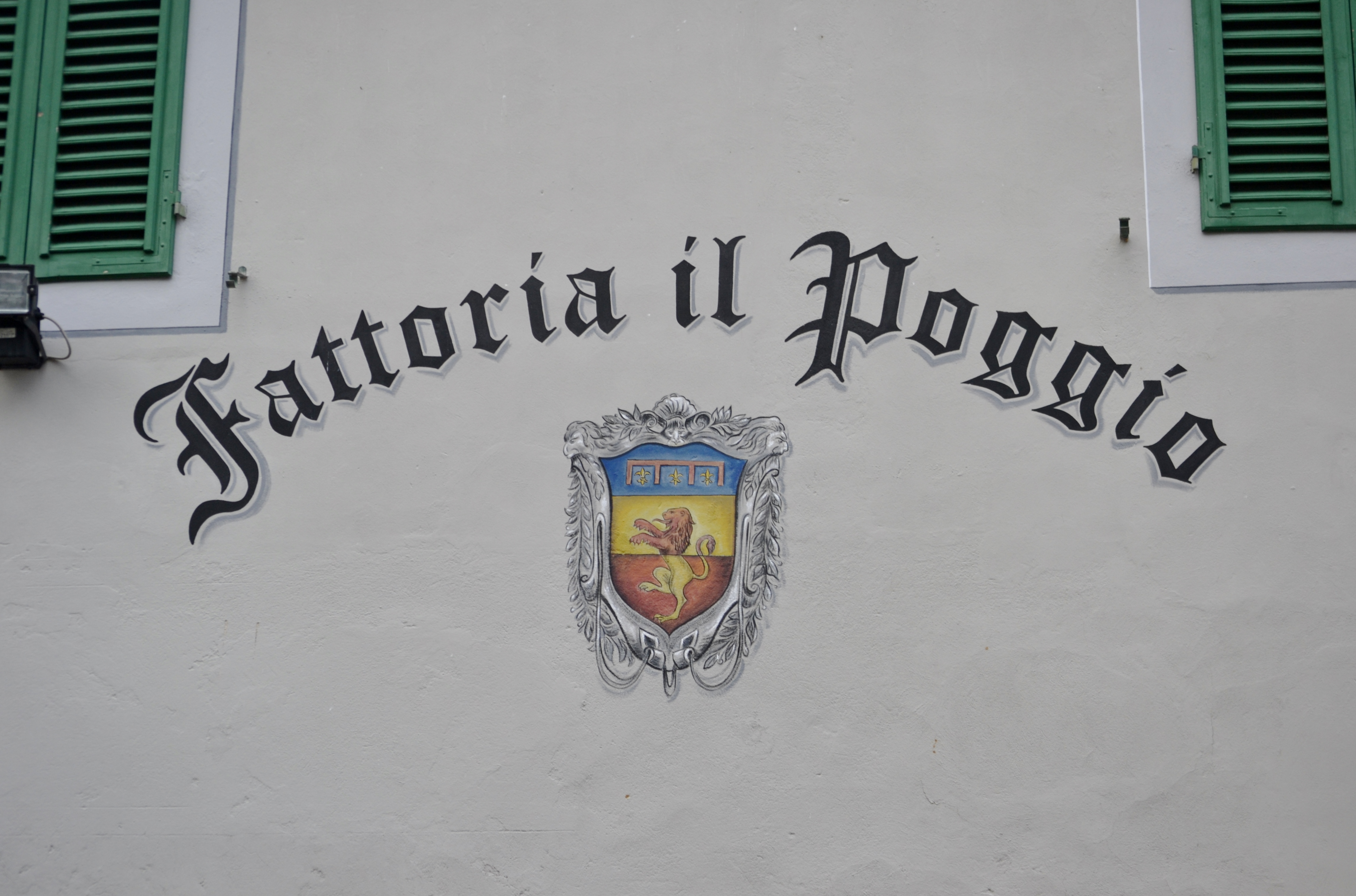
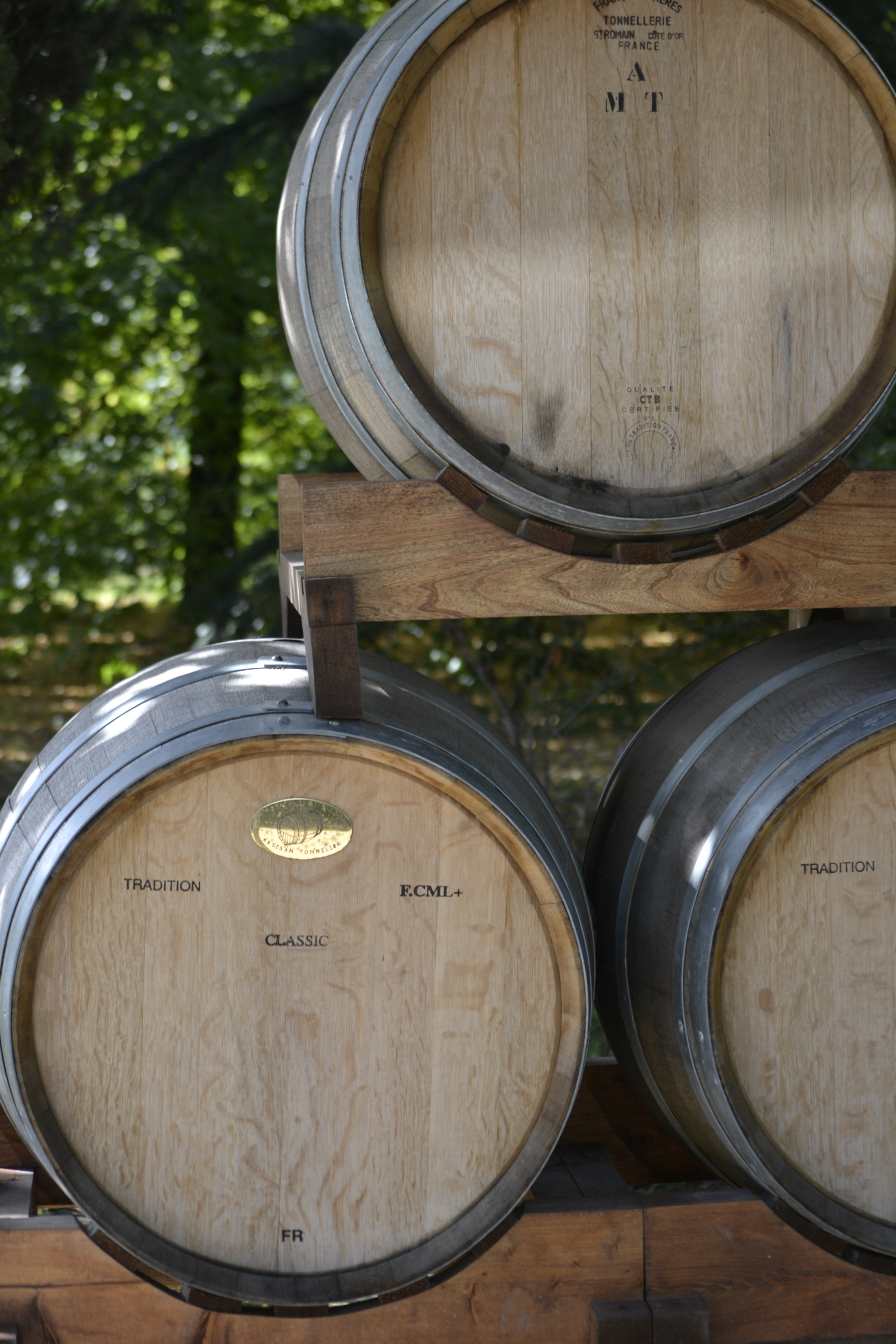 With voracious appetites, we were eager to sample the local wines as well as the olive oil produced by the farm. This beautiful eco-tourismo exports seven red and white wines as well as a variety of olive oils and balsamic vinegar.
With voracious appetites, we were eager to sample the local wines as well as the olive oil produced by the farm. This beautiful eco-tourismo exports seven red and white wines as well as a variety of olive oils and balsamic vinegar.